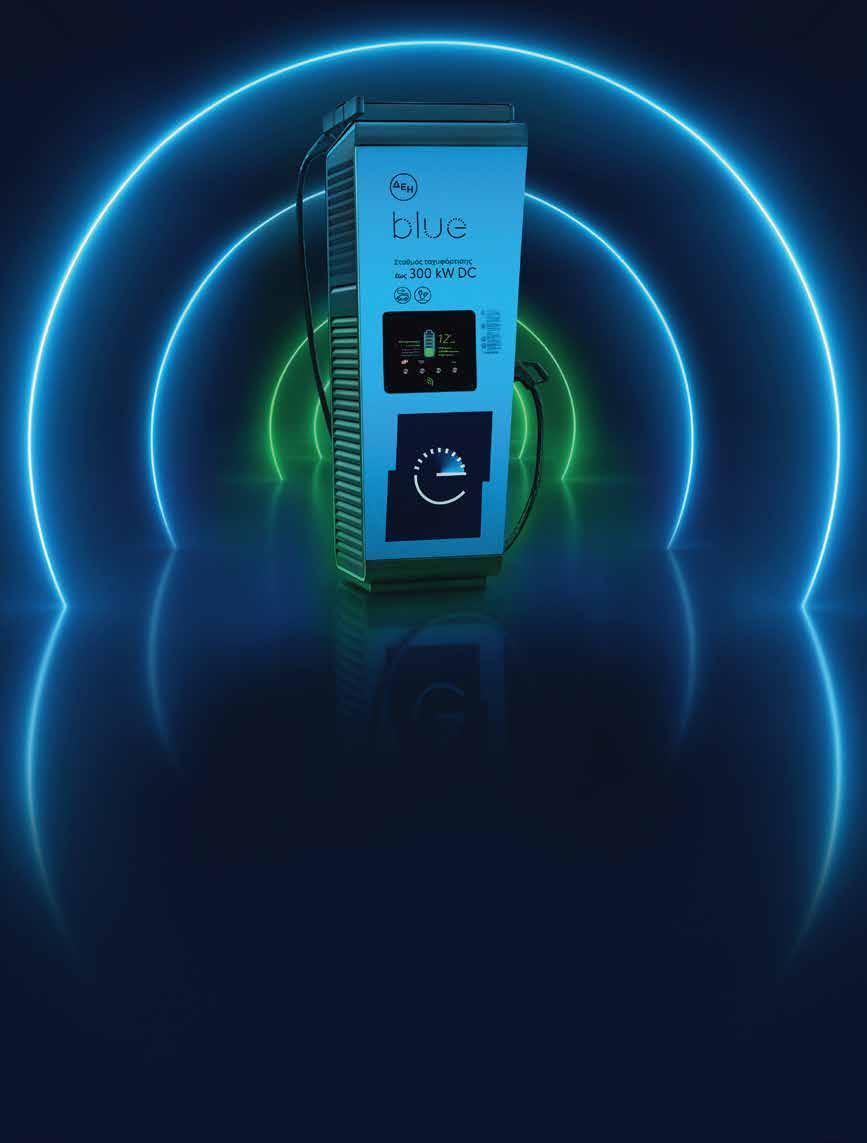

























Dear friends,
On behalf of MINOAN LINES , we would like to welcome you once again to a summer that will be marked by the quality and safety of our modern and environmentally friendly cruise ferries, and we would like to thank you for making MINOAN LINES synonymous with your “journey” for more than 50 years.
Certified to the strictest standards of safety, quality and environmental management, and internationally awarded for the travel experience we offer, we will once again “take you on a journey” with luxury, comfort and quality services on board to guarantee our passengers a perfect travel experience.
For yet another summer we are preparing our “luggage” to explore the unique nature of Crete, the rich beauty of Athens and the cosmopolitan Mediterranean air of Italy, while bringing the colourful “canvas” of Milos even closer to you with daily direct routes to and from the internationally renowned Cycladic island. This year, the MINOAN LINES family welcomes you to an even “greener” summer, in line with our consistent practices and compliance with the strictest environmental standards, constantly seeking to reduce the energy footprint of our fleet. We actively demonstrate our environmental sensitivity and awareness by “embracing” the habit of recycling through the installation of recycling bins and LED lighting on our vessels.
We bring Crete to your every journey. We offer to the internationally acclaimed, rich Cretan cuisine a special place in the à la carte restaurants of FESTOS PALACE and KNOSSOS PALACE. Twelve recipes with pure ingredients from Cretan producers, authentic traditional dishes with fresh ingredients from the Cretan land and sea, with the signature of cook Nektaria Kokkinaki, who, inspired by our roots, prepares a menu as an “ode” to the Minoan land, certified with the quality mark “Cretan Cuisine” of the Region of Crete.
MINOAN LINES travels for Health, for Culture, for Humanity. With a clear vision and strong business ethos, we act with respect and responsibility to improve the communities in which we operate. As part of our Corporate Social Responsibility, we support vulnerable groups, organisations, associations, educational and charitable institutions on an annual basis, with the aim of contributing to the well-being and development of society as a whole.
We would like to thank you for your trust and promise that we will continue to invest with the same zeal as we have been doing for more than 50 years in the high standards of both our ships and our human resources, both on land and at sea, in order to continue to offer you unique trips in Greece and abroad.
We welcome the summer tourist season by “unlocking” the most upgraded travel experience with the floating palaces of MINOAN LINES, KNOSSOS Palace, FESTOS Palace and KYDON Palace and invite you to create new images, experiences and moments with us.
Because at MINOAN LINES, the journey begins from the first moment you think about it. And when you think of “travel”, we want you to think of MINOAN LINES
LucasSigalas CEO of Minoan Lines
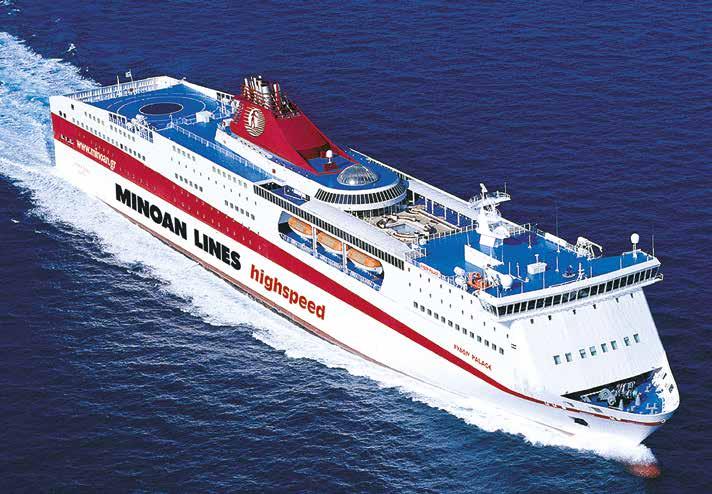


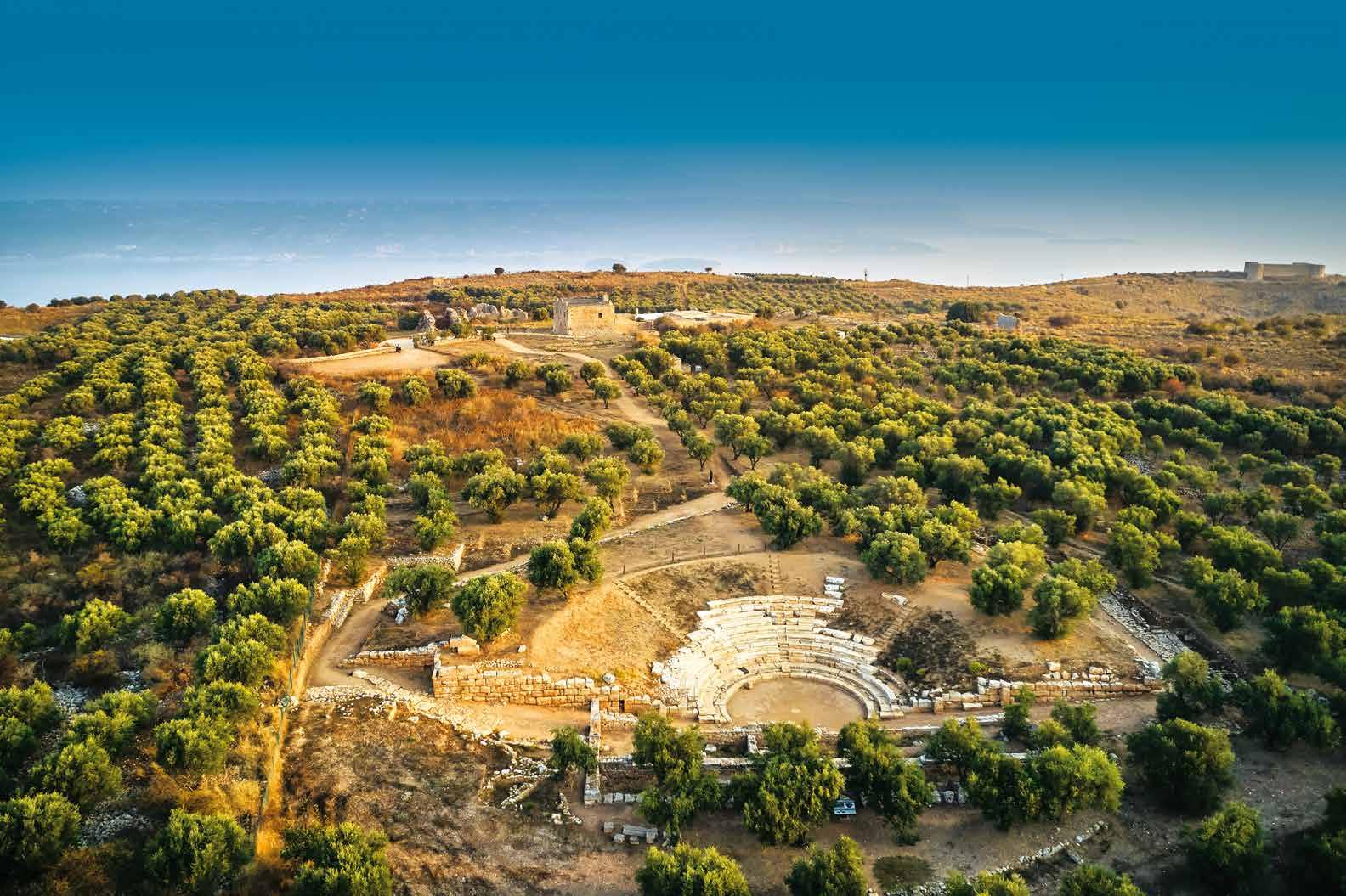






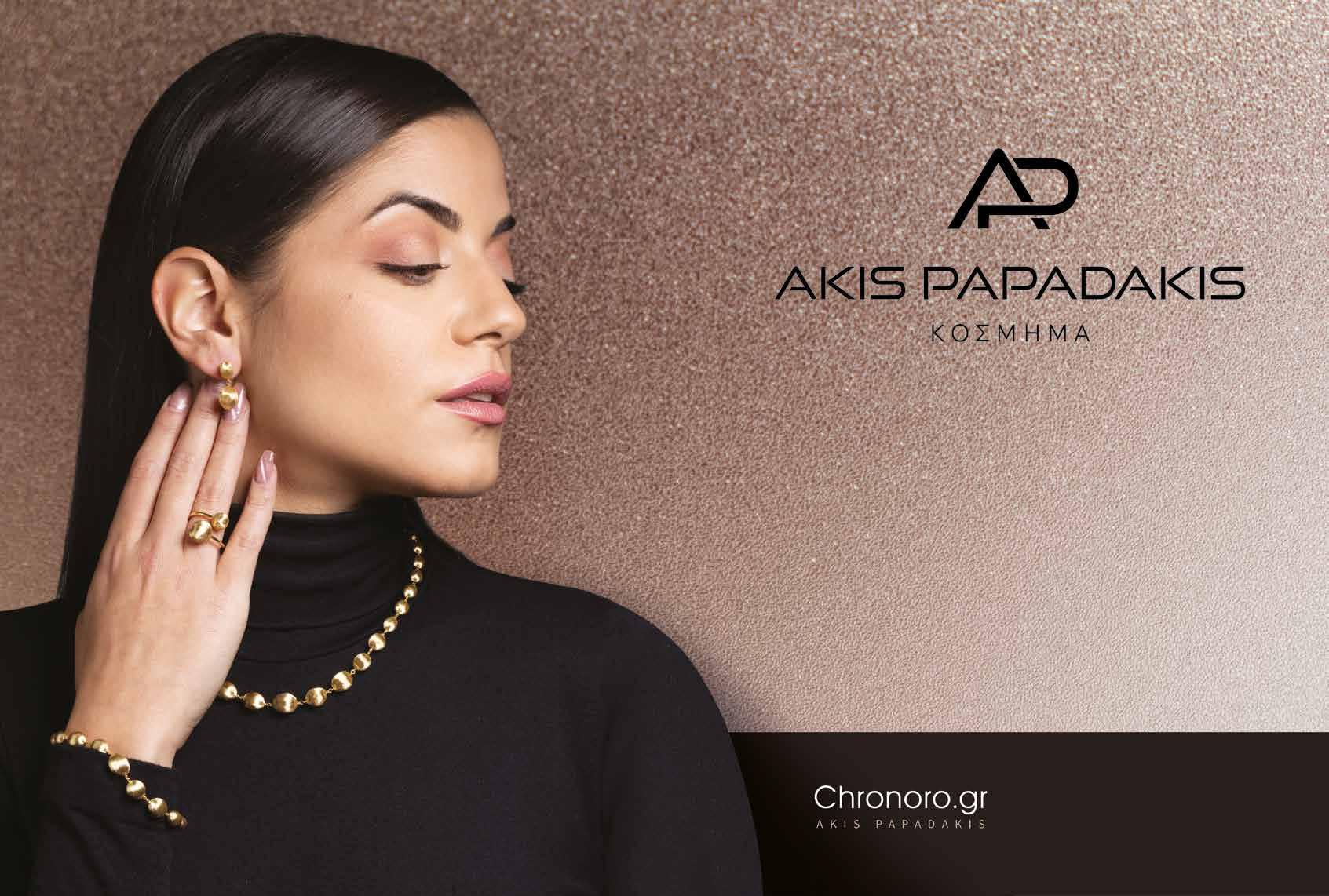
















Έβανς 2, 71201, Ηράκλειο
τηλ: 2810 222245
Κονδυλάκη 31, 71305, Ηράκλειο
τηλ: 2810 252469, 2810 370130
email: info@chronoro.gr
e-shop: chronoro.gr

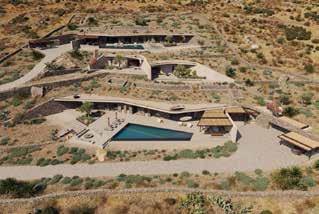

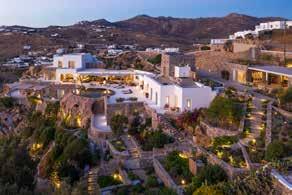
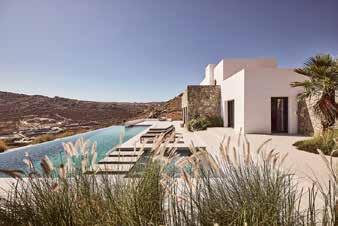





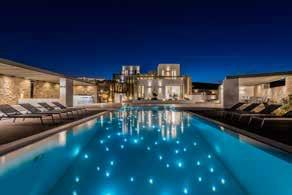

Offices:
Athens: 13-15 Sofokleous Rd, Athens
w w w . r e v i t h i s - r e a l e s t a t e . c o m
D r o s i a : 2 M a r a t h o n o s S t r .
w w w . r e v i t h i s . c o m
Mykonos: New Region Drafaki Rd, (Above Piraeus Bank)
w w w m y k o n o s - r e a l e s t a t e c o m
Arachova: Old Nation Rd www.parnassos-realestate.com
Vouliagmeni: Astir Marina Vouliagmenis, South Suburbs
w w w g r e e k t o p v i l l a s c o m r e a l e





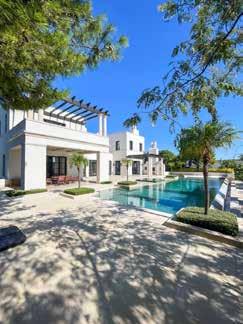




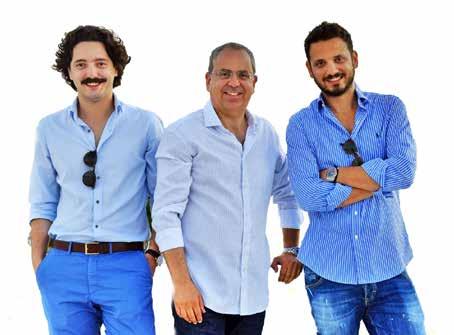












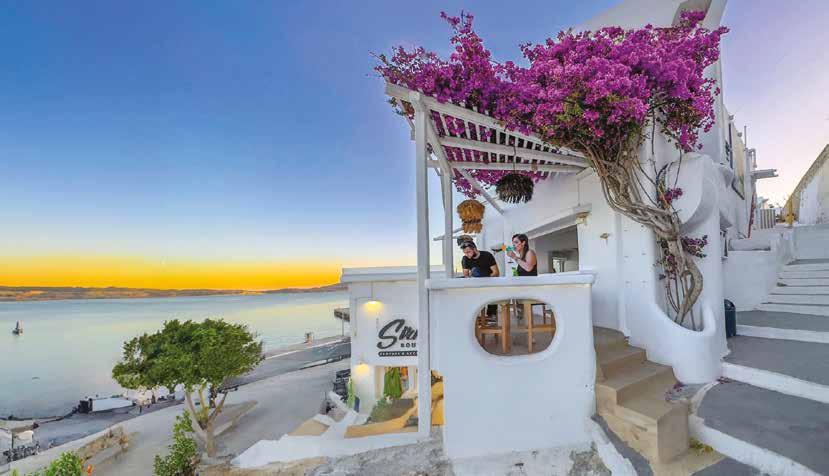
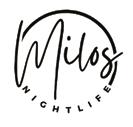

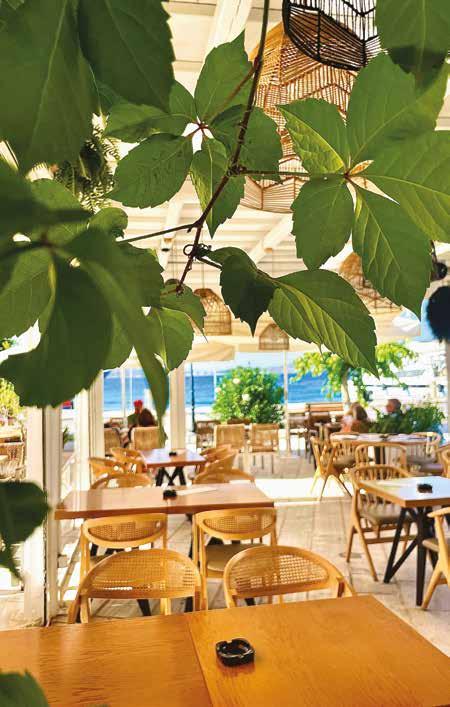

Situated in the port of Adamas, Egoist cafe offers an excellent blend of tranquillity, delicious flavours and authentic island hospitality. For coffee, breakfast or brunch, delicious food and unique cocktails, Egoist is the ultimate destination for every moment of the day! EGOIST Cafe Bar, Adamas 2287 023151



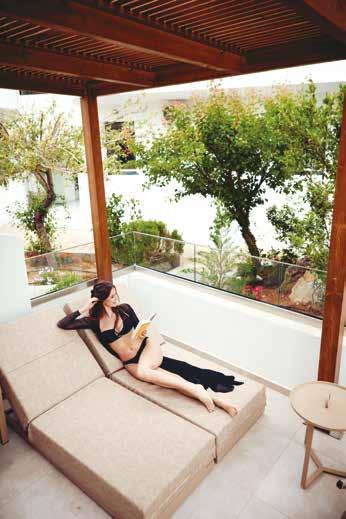
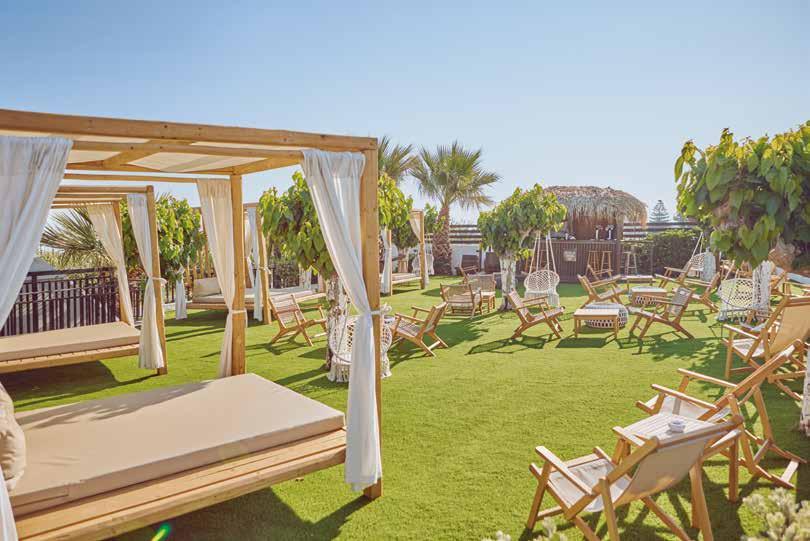
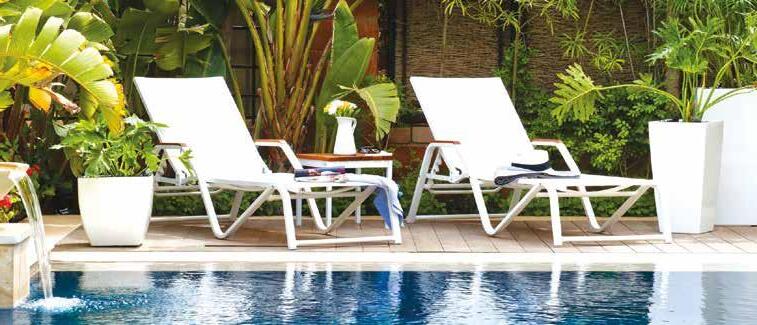




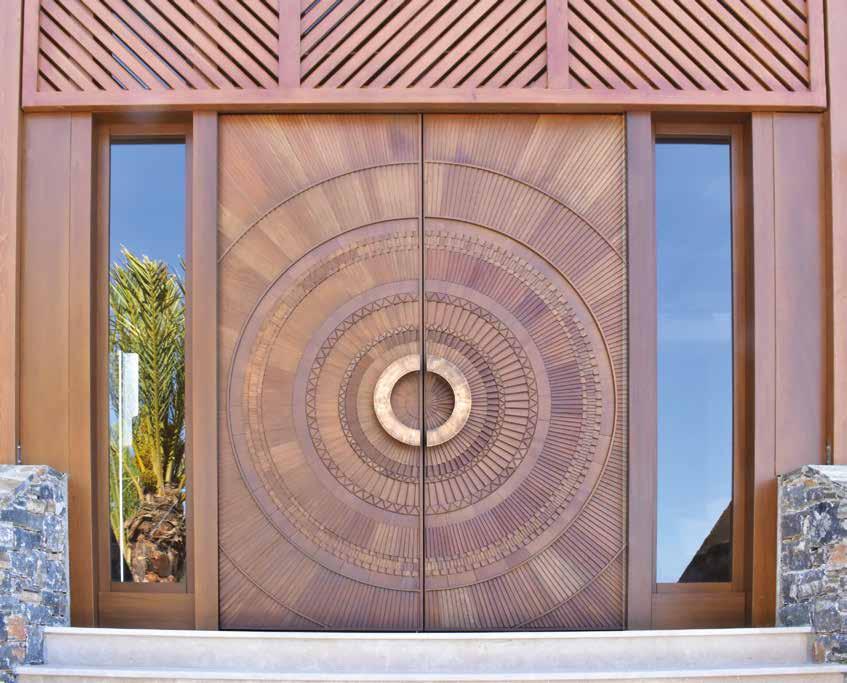
EMAIL: info@forma.com.gr | www.forma.com.gr




















ΙΔΙΟΚΤΗΣΙΑ
MINOAN LINES S.A.
17, 71202,
Tηλ. 2810-399800, Φαξ: 2810-330308
www.minoan.gr
OWNERSHIP
MINOAN LINES S.A.
Shipping Company 17, 25th Avgoustou str. | Heraklion, Crete - Greece Tel.: +30 2810-399800, Fax: +30 2810-330308
www.minoan.gr
PMS MEDIA
Κηφισίας 312, 152 32, Χαλάνδρι, Αθήνα Τηλ: 210 3212037 info@pmsmedia.gr
ΔΙΕΥΘYΝΤΡΙΑ: Ξανθή Ηλιοπούλου
ΔΙΕΥΘΥΝΤHΣ ΣYΝΤΑΞΗΣ: Θανάσης Τολούδης
CREATIVE DIRECTOR: Nίκος Βατσίτσης
ART DIRECTOR: Αλέξανδρος
PRODUCTION – PUBLISHING PMS MEDIA
312 Kifisias Ave., 152 32, Chalandri, Athens
Τel.: 210 3212037 info@pmsmedia.gr
MANAGING DIRECTOR: Xanthi Iliopoulou
MANAGING EDITOR: Thanassis Toloudis
CREATIVE DIRECTOR: Nikos Vatsitsis
ART DIRECTOR: Alexandros Bitsaras
CONTRIBUTORS: Maria Atmatzidou, Dimitris Papadopoulos, Ζoe Papadopoulou, Eva Petropoulou
COPY EDITOR: Niki Stathia
TRANSLATION: Evita Lykou
PHOTOS: Andreas Simopoulos
COMMERCIAL DIRECTOR: Stavros Kefalopoulos
ADVERTISING MANAGERS: Giorgos Andreadelis, Lena Konitsa, Kaiti Konitsa, Marifili Papanikolaou, Stella Selianiti, Peggy Stebili
PRINTING: PaperGraph S.A.
Your Free Copy
It is illegal to publish, reproduce, or transmit in whole or part of the magazine without the written permission of the publisher. The MINOAN LINES isn’t responsible for the contributors’ opinions as they are represented on issues.



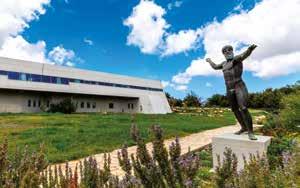











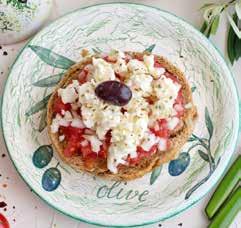

Discover Zaros 90
Michail Tampakakis
A fantastic variety of beaches! 106
The laurel-crowned dakos
Spiritual monasteries 120
Danae Pappa










Works from the Collection of the Aikaterini Laskaridis Foundation
Heraklion, Basilica of Saint Mark 19/7–31/10









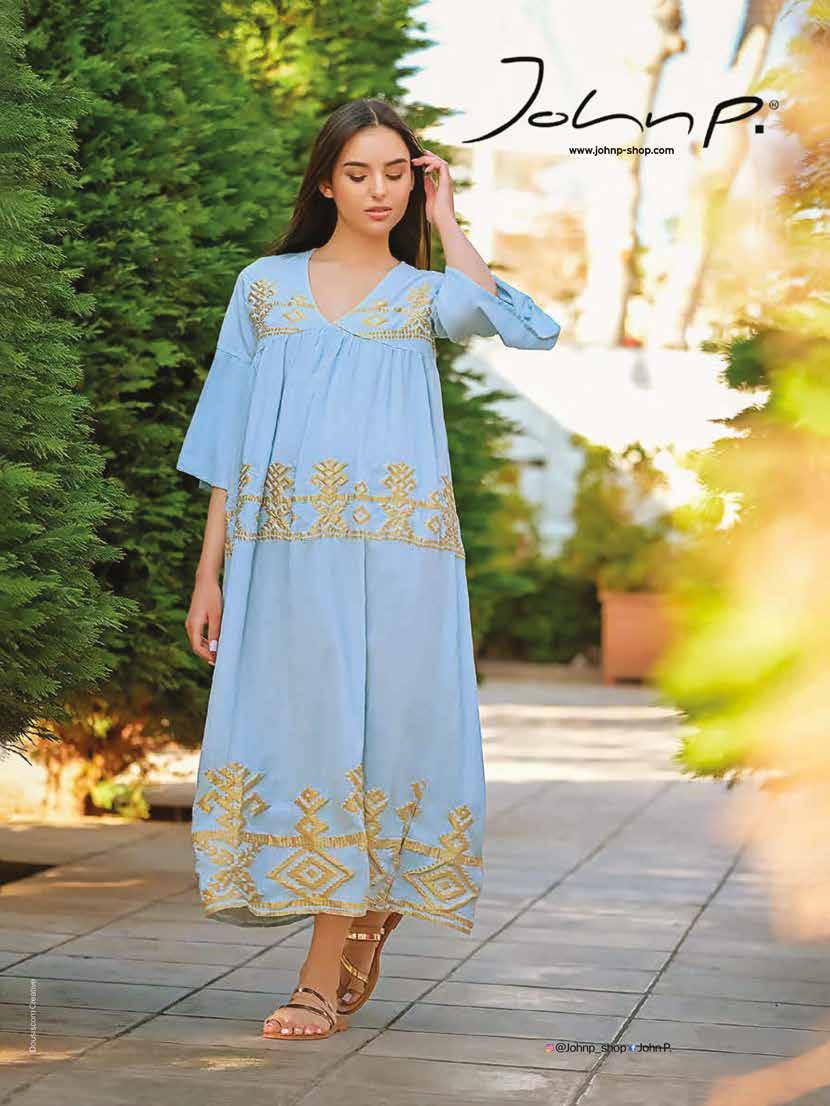
THE GREAT GREEK SEASCAPE PAINTER RETURNS TO HIS BIRTHPLACE, HERAKLION, THROUGH THE EXHIBITION “KONSTANTINOS VOLANAKIS - WATERLINE”, HOSTED AT THE HERAKLION MUNICIPAL ART GALLERY.
ΒY EVA PETROPOULOU

"The “Bonheur” Sails out to Sea", 1883-86, oil on canvas, Aikaterini Laskaridis Foundation.
Coasts and piers, bays and the open sea, caiques and ships, calm waters and raging waves, the voyages of boats and the life of fishermen: all these elements related to the sea and its world are depicted by Konstantinos Volanakis in his seascapes, which take the viewer on a virtual journey through seafaring and the relationship between human life and the aquatic element.
In order to accommodate the 52 works of the Aikaterini Laskaridis Foundation in the Basilica of St Mark, the exhibition space has been appropriately transformed so that the visitor can discover both the human being in Volanakis’s works and the creator himself, as a personality and spirit. The diversity of his seascapes unfolds in three successive, scaled sections, from reverie to wakefulness and reflection, corresponding to similar emotional and intellectual qualities. These sections correspond to three musical movements -adagio, vivace
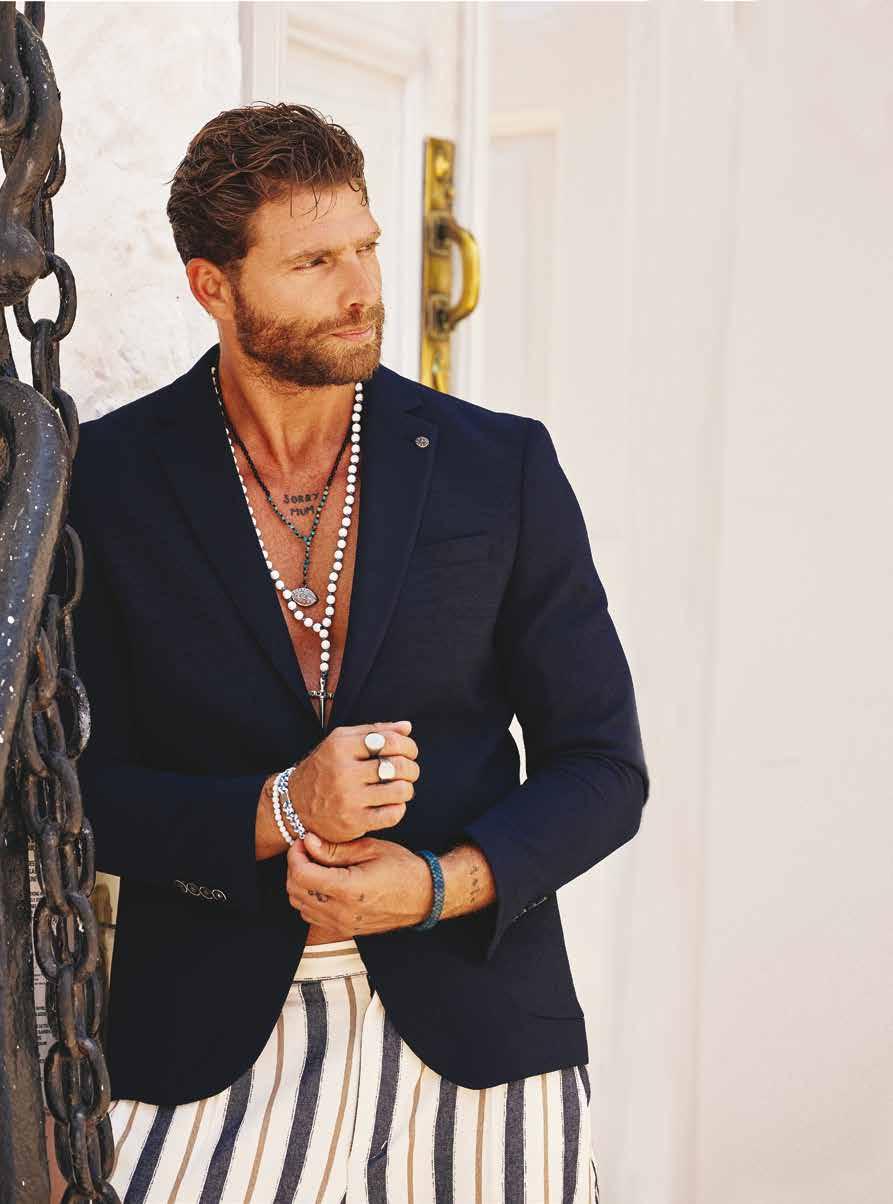
1884-88,
"Mending the Nets", 1884-88 oil on canvas, Aikaterini Laskaridis Foundation.


1885-90,
"Departure from Piraeus to Tinos", 1885-90 oil on canvas, Aikaterini Laskaridis Foundation.
and notturno- works by Chopin that can be heard in the exhibition hall, enhancing the experience of viewing the works, and are complemented by selected verses by Greek and foreign Mediterranean poets displayed near the works.
The exhibition’s curator, art historian Theodoros Koutsogiannis, says: “Through his works, Volanakis artificially presents the human being as a distinctive and discrete element of his compositions. He is careful to ingeniously place human figures in his visual scenery, as witnesses to the restless world, as a measure of its vastness. In particular, the motif of the “contemplative spectator” in a number of his works, in every subject he has addressed, is a symbol, not of an eccentric detachment, but rather of a contemplation of things and the world with a clear view and a self-confident attitude that allows him sometimes to ponder sympathetically, sometimes to confront phenomena in an uplifting way and sometimes to become melancholic, reflecting on life; his own and the fate of humanity in general.
The exhibition also includes two tactile paintings by Volanakis, which, thanks to a special application from the digital gallery of the Aikaterini Laskaridis Foundation, visually impaired people can enjoy in Braille. The exhibition is accompanied by a bilingual (Greek, English), fully illustrated, large-format catalogue of 160 pages.
Konstantinos Volanakis was born on 17 March 1837 in Heraklion. His family moved to Syros in 1851, while he began working as an accountant in Trieste in 1856. His employer, Georgios Afentoulis, discovered his drawings among the spreadsheets and encouraged him to pursue


email: info@labyrinth.gr
2810 346380 | Lavirinthos-Kokkiadi: 21 Dikaiosinis Street, Heraklion, tel: +30 2810 346380
2810 330350 | Kokkiadi Jewels: 35 Daidalou Street, Heraklion, tel: + 30 2810 330350
e-shop: kokkiadi.gr

















art. In 1864 he began studying painting at the renowned Munich Academy of Fine Arts, and after graduating made a career of it, running his own studio and taking part in exhibitions. He married Fani Christidou and while they lived in Munich they had two children, but due to his wife’s health problems they decided to return to Greece in 1883. They settled in Piraeus and Volanakis took up a professorship at the Athens School of Fine Arts, from which he was forced to resign in 1903 due to health problems. He did not succeed in Greece, as the artistic movement and its market was stunted. Thus he gradually abandoned the great -literally and metaphorically- compositions and confined himself to harbour drawings, ship paintings and seascapes. The frustration that built up within him, reflected in his words “I am unhappy because I was born an artist”, led him to attempt suicide in 1891. He passed away on 30 July 1907, in Piraeus.
“KonstantinosVolanakis-Waterline”,until30OctoberattheHeraklion MunicipalArtGallery heraklionartgallery.gr

4.500 ΧΡΟΝΙΑ ΙΣΤΟΡΙΑΣ
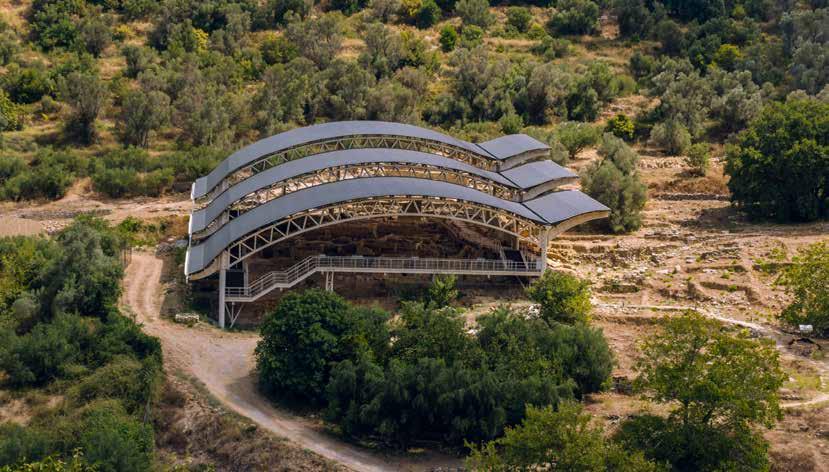
BELEUTHERNA, AN IMPORTANT ANCIENT CITY OF CRETE, ABOUT 80 KM FROM HERAKLION, BOASTS AN EXTENSIVE AND HIGHLY INTERESTING ARCHAEOLOGICAL SITE AND MUSEUM.
ΒY EVA PETROPOULOU
It is perched on the slopes of Psiloritis, in a naturally fortified position, at a nodal point where the roads connecting Knossos and Kydonia used to meet. Excavations on the Prines hill of Eleutherna began in 1985 by the University of Crete, in collaboration with the 25th Ephorate of Prehistoric and Classical Antiquities, with the participation of hundreds of students. The area to be researched was divided into three sectors, led by Petros Themelis (eastern Sector I), Thanasis Kalpaxis (central Sector II) and Nikolaos Stambolidis (western Sector III), who did not take long to feel the joy of discovery.
To the east of Prines, excavations have uncovered Hellenistic and Roman remains, a basilica and other buildings from the early Chris-


























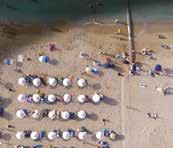















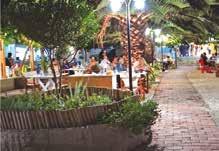



















































operates mainly in the cultural, commercial and construction sectors, but also in any other sector that aims to promote local development, the exploitation of the municipal property of the Municipality of Heraklion, the implementation of programmes for the development of human resources and social care, and the improvement of the quality of life of the citizens,

tian period. On the site of Katsivelos was discovered the threeaisled basilica of Archangel Michael (5th century AD), while in the surrounding area were found tombs from the 6th and 7th centuries BC, Roman houses and a bathhouse, as well as a large public building, probably from the Hellenistic period, which was also used in later times. Architectural remains have been found on the acropolis, mainly from the Roman and early Christian periods, but the core of the city which was discovered dates from the Late Bronze Age. To the west of the same hill was revealed the necropolis of Orthi Petra, with important finds from the 9th to the 6th century BC, while on the Nisi hill was found the quarter of the Hellenistic period. It turns out that Eleutherna was inhabited from 3000 BC to 1500 AD.
As the archaeological site covers a large area, it was necessary to create what is known as the Eleuthernian Grove: an archaeological park with paths linking the various sites, landscaped rest areas and a botanical garden with Cretan plants and information on their properties and use from ancient times to the present day. In addition, hundreds of native trees have been planted in the park, organically integrated into the visiting experience.
Professor Nikolaos Stambolidis emphasises the role of nature in the visitor’s experience: “Our vision was to show the world what Greek culture is: beyond history and aesthetics, the measure of humanity and its relationship with nature. No matter how many virtual journeys the Internet offers, they cannot do justice to the real picture of site. They will never have the sunlight, nor the seasonal scents”.
The emblematic exhibits of the Museum of the Archaeological
Emecalm Travel,

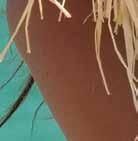

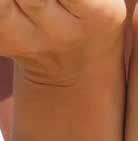
Emecalm Travel δεν
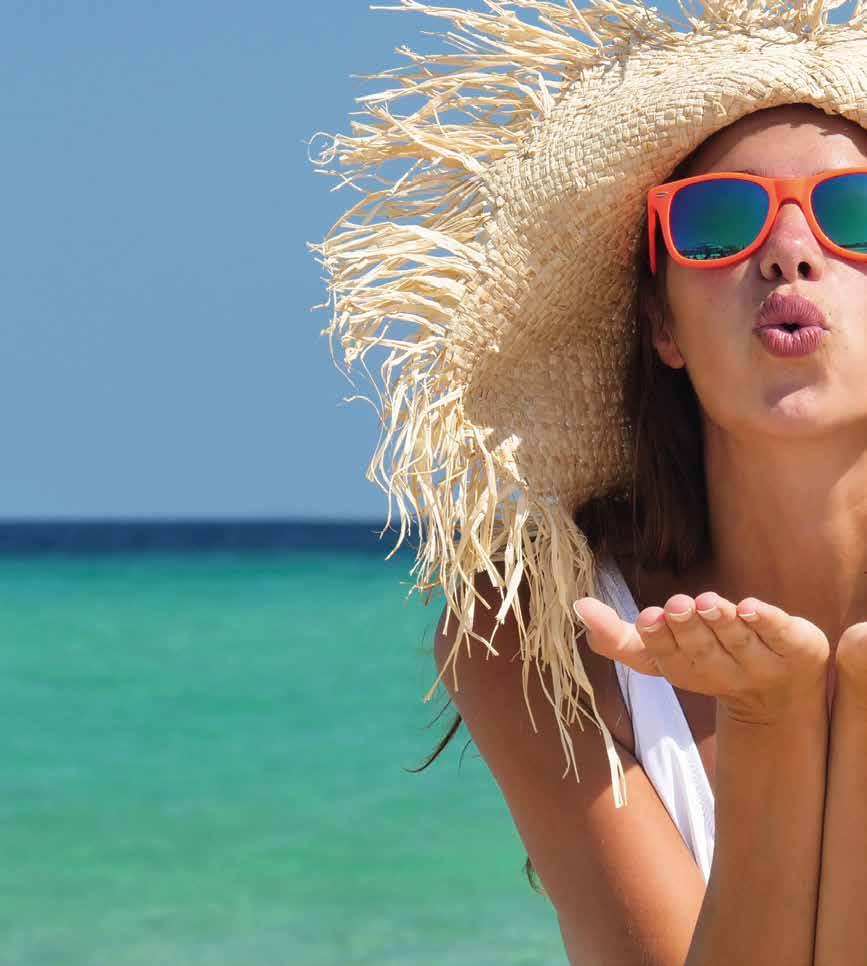








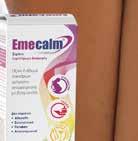

















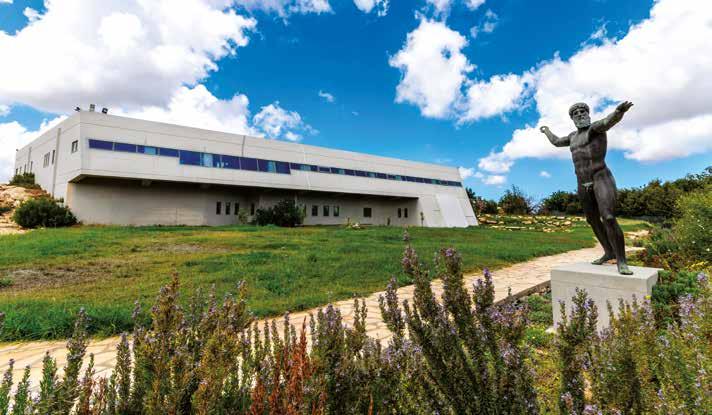
Site of Eleutherna include the findings from the necropolis of Orthi Petra, architectural elements, sculptures, jewellery, but also skeletal remains, such as those of the four women (13, 16, 28 and 70-72 years old) found together, and many others. In addition, this summer feature see the exhibition “Picasso in Crete: the joy of life”, co-curated by Nikolaos Stambolidis and the artist’s daughter, Paloma Picasso. The great 20th century painter never travelled to Greece, but he was inspired by its mythology and history. Until 20th October, the Eleftherna Museum is exhibiting 62 works by the Spanish artist, including oil paintings, watercolours, engravings, small sculptures and ceramics, which interact wonderfully with the antiquities. Mr Stambolidis notes: “We wanted to present a piece of the great creator’s work with new interpretations and references that fit the Crete of the mythical Minotaur, Ariadne and Theseus, and even more with references to nature and the bucolic landscape of ancient Eleutherna: there, at the foot of Ida, where Zeus was born, among the small gorges with the water’s dew, you think that among the trees, the grazing animals and the flying birds, Pan, the Satyrs and the Fauns will spring up to convey to you the joy of life”.
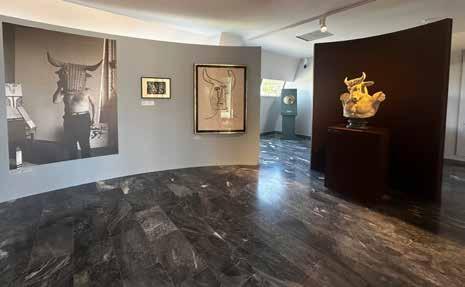



THE FLAGSHIP OF CRETAN CHEESES WITH A DESIGNATION OF ORIGIN IS NOT APPRECIATED ONLY BY GREEKS. WITH ITS HIGH QUALITY AND RICH FLAVOUR, IT IS ONCE AGAIN ACCLAIMED AS ONE OF THE BEST CHEESES IN THE WORLD.
ΒY MARIA ATMATZIDOU
Υou can’t visit Crete and not try its graviera cheese. Even though you can buy it anywhere in Greece, it is on the island where it is made, infused with the colours and aromas of the Cretan land and its people, that its flavour seems to take off. It is no coincidence that it is popular not only with Greek cheese lovers, but with those who appreciate good cheese all over the world. In the annual rankings of TasteAtlas, the renowned online guide to the world’s traditional cuisines, Cretan graviera was ranked 23rd on the list of the 100 best cheeses in the world. The same list includes seven other Greek cheeses, based on reviews by the public from different parts of the world, a great success for Greek cheesemaking.
While there are dozens of other favourite Greek cheeses, such as feta, kefalograviera, mizithra, kefalotyri and in Crete other delicious cheeses, such as xinomizithra, anthotyro, xygalo, malaka, pichtogalo Chanion, tyromalama and tyrozouli, etc., graviera is considered one of the highest quality (and tastiest) hard table cheeses. Pale yellow

in colour, with round holes, an inexhaustible range of aromas, with a rich, slightly sweet, buttery flavour, but also with spicy notes and a pleasant milky scent. And although we believe that this cheese has always been part of the Greek, and especially the Cretan, diet, it was only at the beginning of the 20th century that it began to be produced in Greece -and since then it has won over our hearts. However, the knowledge of cheese making in Crete seems to have its roots in Minoan Crete. This is generally true about the traditional Cretan cuisine, which has fortunately been preserved until today, is rich in virgin olive oil, fruits and vegetables, herbs and legumes, fish and dairy products and less in red meat.
Although dairy products were “limited in the diet of the ancient population, due to the impossibility of preserving them for a long time”, as Giorgos Agorastakis writes in his book “The Cretan Diet” (Prefecture of Chania Publications, 2004), “the Minoans were the first to develop techniques for making cheese, perhaps curdled with fig juice”.
The basic ingredient of graviera, milk, comes from sheep and goats that graze freely, mainly in the mountainous and semi-mountainous areas of the island, while the rich flora, aromatic herbs, good weather conditions throughout the year, combined with the production techniques and the respect for tradition by the Cretan cheesemakers, all contribute to
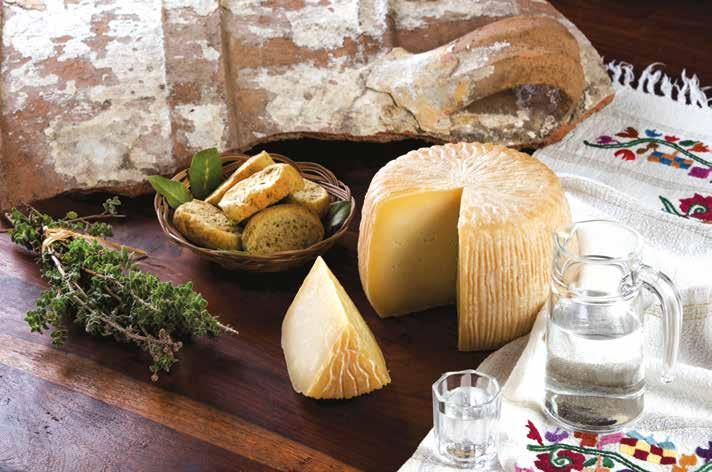










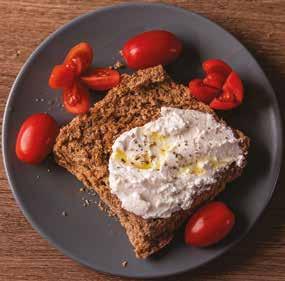


Α

part from its beauty, Sitia also has a gastronomic surprise in store for us: Kouvarakis Xigalo Sitia, a wonderful cheese product with a protected designation of origin, made with sheep’s and goat’s milk from the former province of Sitia, using local breeds of sheep and goats.
The product is said to have an ancient history, perhaps as far back as the Minoan era. Kouvarakis Xigalo PDO Sitia is white in colour, spreadable - slightly grainy in texture and has a mildly salty - sour taste. Its proteins and fats are in perfect harmony and it is delightfully tasty. It is low in lactose as a result of natural fermentation and has a beneficial effect on digestion.
It can be enjoyed on its own or as an ideal accompaniment to bread, rusks, chips and many other dishes.






The Kouvarakis family dairy and cheese company was founded in Sitia in 1979 and continues to offer pure products to this day. It maintains tradition and pays attention to quality, while using modern methods and safe production processes. You can find Kouvarakis Xigalo PDO Sitia in many large stores, small grocery stores, restaurants and distribution chains throughout the country. As well as other wonderful products of the company. stores, grocery
HEAD OFFICE - CHEESE DAIRY Hamezi, Sitia
Wholesale orders: +30 28430.71555
CENTRAL STORE: 22 Papanastasiou Street, Sitia, Crete
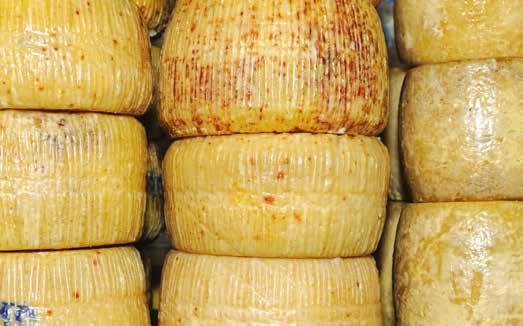
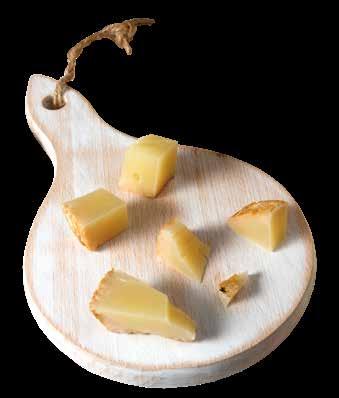
There are three Greek PDO graviera cheeses -from Crete, Naxos and Agrafa. The main difference is the quota of different types of milk. Cretan graviera is made mainly from pasteurised sheep’s milk (the addition of goat’s milk should not exceed 20%).
the consistent excellent quality of this nutritious food. Today there are many and different types of Cretan graviera. As for the ageing period, the usual range is from three to six months in order to obtain its full flavour, but we also find 12 months and even longer for those who seek an even more robust, full-bodied flavour, with more intensity and spice to satisfy the most demanding palates. And as Crete has been famous for its caves since ancient times, the cave graviera, with its special maturing process, which is characterised by a rich flavour and long aftertaste, could not be missing. But there are also graviera cheeses with creative combinations of spices and aromatic herbs, such as oregano and thyme, which exude the rich aromas of the Cretan countryside, with peppers, chillies, garlic and even truffles. Whichever we choose, one thing is certain: it will elevate our senses. Either as a starter with tsikoudia, some tomato, olives and Cretan rusks, or grated on our pasta or stews, or as a chewy saganaki, or with fruit or honey, graviera is now an integral part of Cretan cuisine. And as Diane Kochilas writes in her book “Greece of Taste” (Ellinika Grammata Publications), “Crete offers the best example of an autonomous, perfect Mediterranean cuisine. In its own special way, it is the heart and soul of Greek cuisine”.









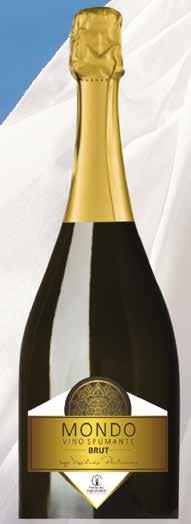


THE AUTHOR OF THE BOOK “HANDCRAFTED CRETE” ISABELLA ZAMPETAKI INTRODUCES US TO SOME OF THE CRAFTSPEOPLE OF CRETE WHO KEEP THE TRADITION ALIVE WITH THEIR OWN HANDS.
PHOTOS: GEORGE ANASTASAKIS - REGION OF CRETE
Isabella Zampetaki has been working as a journalist since 2020, covering food, travel and culture. For 10 years she was the creator and organiser of the Tourism Awards and the Greek Hotel of the Year Awards. When she started working on her first book, the bilingual travel volume “Handcrafted Crete”, with the excellent photographs by George Anastasakis, she began to explore many of the details and peculiarities of the island, and since last April she has been planning and creating authentic experiences, as narrative tastings, related to the element of gastronomy and Greek culture.

“Crete is the place that inspired me to write my first book after visiting the ancient theatre of Aptera in Chania. I spent a year visiting the island, wanting to experience it in all seasons, each with its own special moments -from raki cauldrons to carob picking. And yet I think I have seen less than half of what goes on there, because as the Cretans say, Crete is a continent in itself. The tradition of this island is not something to be seen in a museum, but in the everyday life of this rich land. It has been a Mediterranean crossroads for a wide range of cultures, goods and ideas at all stages of its history. It is also an island where almost everything grows and flourishes, it has a great
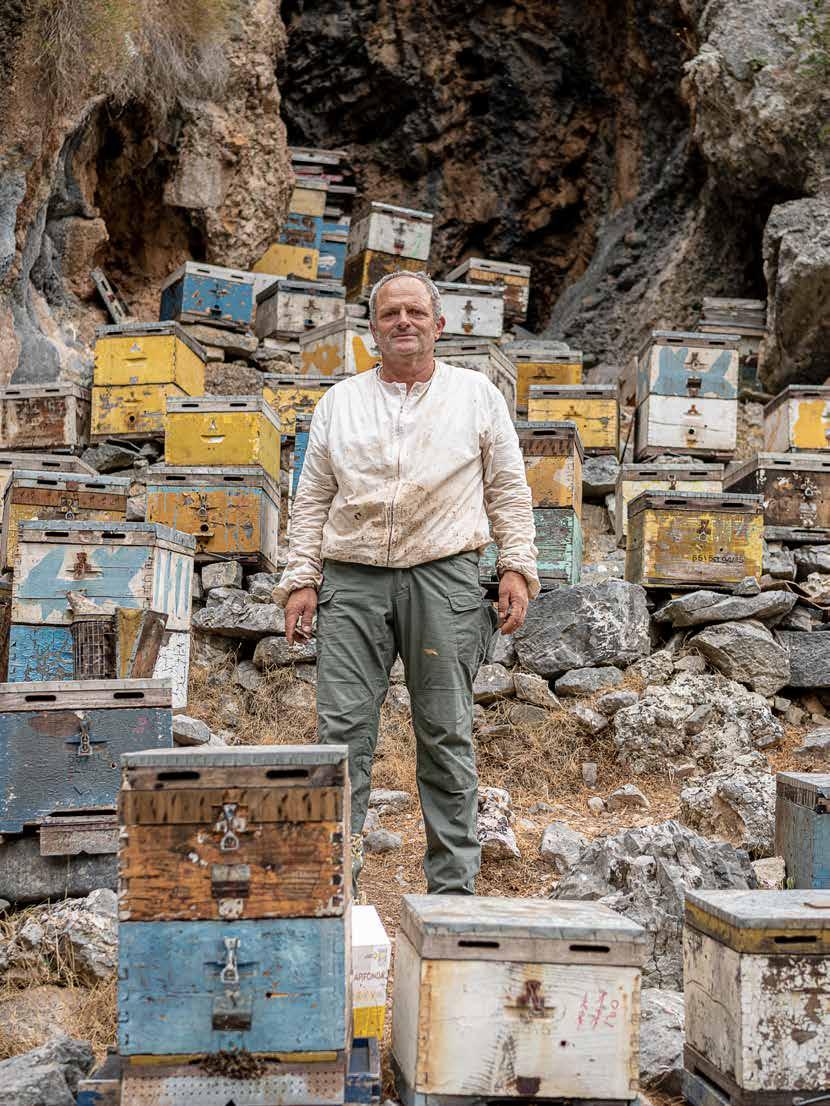

biodiversity, but also specificity in its products -for example, the pink rock-rose grows in many places in the Mediterranean, but in none of them does it have such an intensity in its essential oils and beneficial ingredients”.
The beehives of Samaria Gorge: In Crete, there is a group of people who get into Samaria Gorge every August to harvest the bees kept there by Thodoris Viglis. His family used to live in the settlement of Samaria before it was expropriated to create the National Park, which is protected by UNESCO as a unique “biosphere reserve”. However, Mr Viglis still has his beehives there and many friends follow him in the arduous process of carrying all the equipment for three hours through the gorge, to reach the hives and harvest the honey at night when the bees are quieter. From there, the next day they take it by donkey to Agia Roumeli to go by boat to Sfakia and from there to Chania.
art of weaving: A more earthy and accessible experience is the workshop of Maria Zacharioudaki in Zaros, Heraklion. Ms Zacharioudaki is one of the women with the most knowledge of the loom and traditional Cretan weaving. The loom requires a great deal of patience and concentration to get the pattern right, as well as a lot of arm and leg strength -something you can’t imagine if you’ve never sat on a loom. Next to her, her children learnt the art of weaving from an early age, and from her hands come truly remarkable works of art.
sticks “katsounes”: Heraklion is also home to the workshop of Yannis Smyrnakis, who makes katsounes, the sticks that shepherds used to carry and which are now a popular accessory for hikers. Mr Smyrnakis is deaf and dumb,
Maria Zacharioudaki (above left) works wonders on the loom (below).



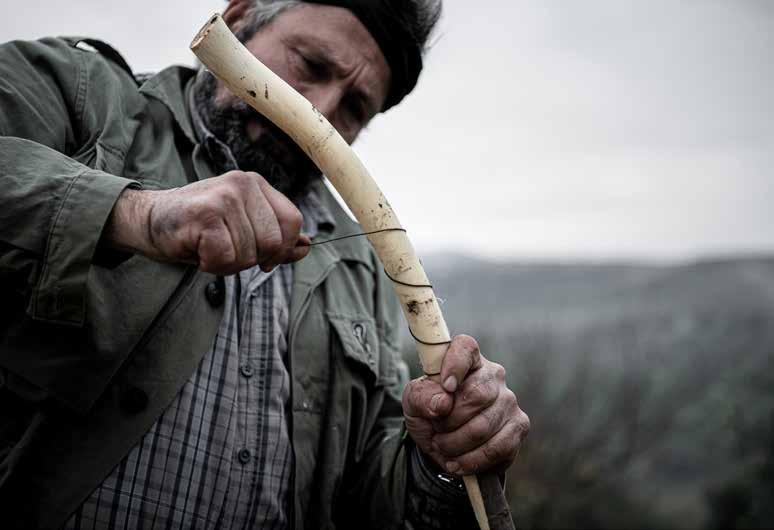
Yannis Smyrnakis adds a special design to each katsouna.

but he is extremely communicative and has an incredible sense of humour -even with just his eyes he can make you laugh from the bottom of your heart. He expresses all his creativity through what he does on his katsounes, which may have a decoration on the end, such as a figure or a snake’s head, a bell or anything that expresses his own personality.
oil, wine, tsikoudia: When it comes to food, the classic products of Crete are olive oil, wine and herbs. There are several varieties of olive oil and in Crete we find Tsunati, a very special variety of olive. In Chania there is a producer, Eftychis Androulakis, who uses this olive to make a high phenolic olive oil, used for pharmaceutical purposes in Northern Europe. As for wine, there are many wineries, such as the Lyrarakis winery in Heraklion, that have been investing for










































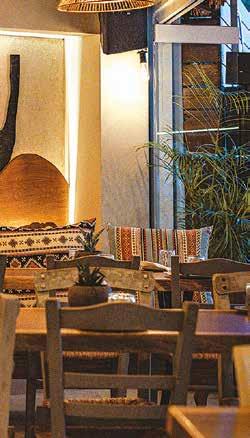









Welcome to the tavern “Maistrali”, a gastronomic destination in Agios Nikolaos, in the prefecture of Lasithi. Located on the beautiful Kitroplatia Beach with a magni�icent view of the sea, it offers a unique experience that combines the unparalleled natural beauty of Crete with the hearty �lavours of Mediterranean and Cretan cuisine. At “Maistrali” you can enjoy a variety of delicious dishes made with pure local ingredients, highlighting the traditional gastronomy of the island. Our creations are based on the authentic recipes of Crete, enriched with the creativity and passion of our chefs.
To accompany your meal, our wine cellar offers a �ine collection of renowned wines from the best wineries of Crete and the rest of Greece. Come and enjoy an unforgettable culinary journey at “Maistrali”, where tradition meets quality and the sea becomes the ultimate companion of your enjoyment.





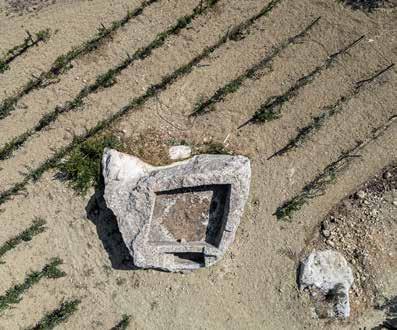
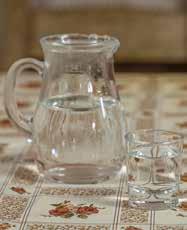
Ancient carved wine press in Agios Thomas, Heraklion and special quality raki from the cauldron of Toplou Monastery.
years in preserving or reviving local varieties. Apart from wine, the other popular traditional drink of Cretans is tsikoudia, while in recent years some remarkable microbreweries have sprung up. The interesting thing about tsikoudia in Crete is that there are many homemade raki cauldrons. During the season when the production of tsikoudia is allowed, many people who have a small vineyard and make tsikoudia for their home and friends, obtain a licence.
Animal bells: Bells are an object that we think of as something very simple. However, it is something made by hand and the craftsperson has to be very careful about the sound of each bell, because the bell for the goat is different from the one for the sheep... The sound of the bell also signals who the head of the herd is, so they have very different intonations. They
bell is made by hand and produces a different sound.

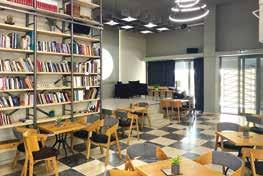
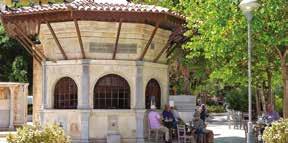





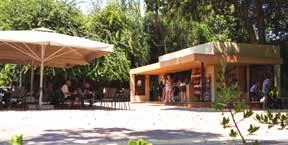
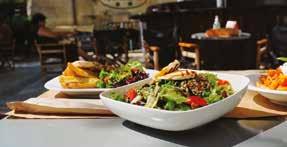

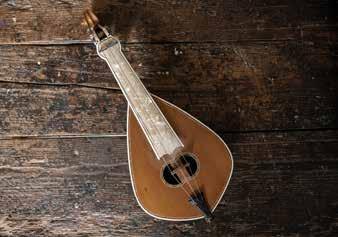
Manolis Stagakis makes Cretan lyras using the method first introduced by his grandfather.
have great sentimental value for shepherds and many still use the bells their grandparents had. If one wears out, they take it in for repairs and insist on keeping it.
Lyra: Song and mantinades are part of the Cretan life and are accompanied by the lyra. Entering Manolis’s Stagakis workshop in Rethymno, you can smell the scent of katrani (cedar of Lebanon), a special wood that is ideal for the timbre of the Cretan lyra. Since the 1960s, however, it has disappeared from the market and luthiers now seek their wood in the beams of houses from the Venetian and Turkish periods. The way in which Manolis makes the lyra is faithful to the innovative method introduced by his grandfather -incorporating elements from the violin and the mandolin.
Mantinadakia: Theano Metaxa has loved mantinades since she was a child and now has a collection of over 4,000. Their theme is usually romantic, while those that use words from Cretan folklore and have an allegorical meaning stand out. Some of the mantinades from her collection are shared every year in the form of sugar candies at the traditional August Festival of Panagia Gouverniotissa in Heraklion, a tradition she remembers from her childhood. These are mantinades printed on thin paper, folded into a small roll and “sealed” with a ring of dough. Those are the mantinadakia.



The pastry-bakery workshop Elite Special Kalokyris, which started its operation in 1973, has the most inventive history of the sweet art in Heraklion, Crete! Different & modern flavours! Carefully crafted with the highest quality ingredients! All these years, we have been constantly developing our creations to meet your every need!
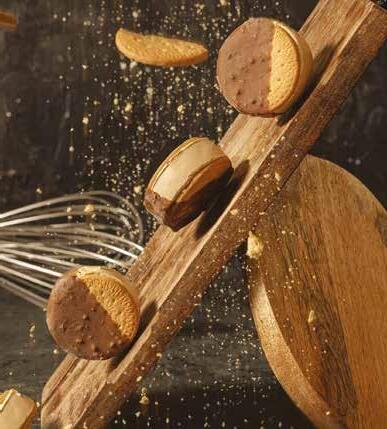
Our traditional recipes contain the wisdom of perfectly matched ingredients, always with the satisfaction of each customer in mind, for each special occasion!
The shine and subtlety of our sweet creations are a testament to their richness of flavour!
You can also find all kinds of bakery products in our shop every day.

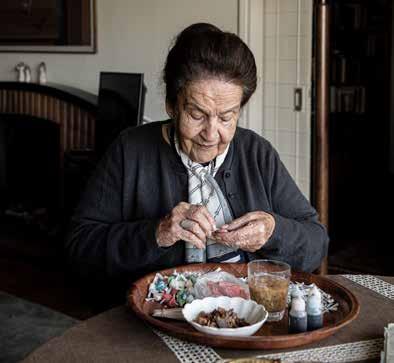
Theano Metaxa has one of the most extensive collections of mantinades and continues to make the traditional sweet mantinadakia.


“Handcrafted Crete”, with the support of the Region of Crete. «σφραγίζονται»
Each year, Ms Theano selects around 100 mantinades, which are printed on small pieces of rice paper, and prepares a dough made of icing sugar and pastillage, a vegetable gum similar to almond tree gum. Together with five other women, they work for three days to wrap about 6,000 mantinadakia, which will be distributed at the festival.
It is worth exploring the area around the village of Agios Thomas in the prefecture of Heraklion, where there are many ancient carved wine presses. These are carved into the rock, in places where the slope of the ground facilitated the flow of the wine. At the moment they are covered in greenery, so visitors feel they are discovering something. This stroll could begin or end at Kenourgio Chorio village in Heraklion, where a very impressive and unique Venetian wine press can be found, which belonged to the feudal lord Marcantonio Foscolo, marking the era of the Venetian rule, when the main wine produced in Crete was Malvasia. Another special stroll is the Lasithi plateau. Most of the tourists who visit it head for the cave Diktaion Andron. But the whole area is interesting, because there are so many farmers and cultivators. There is also a tradition that is slowly disappearing: the windmills that in the past where used to draw water and irrigate their fields.

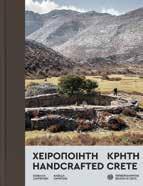
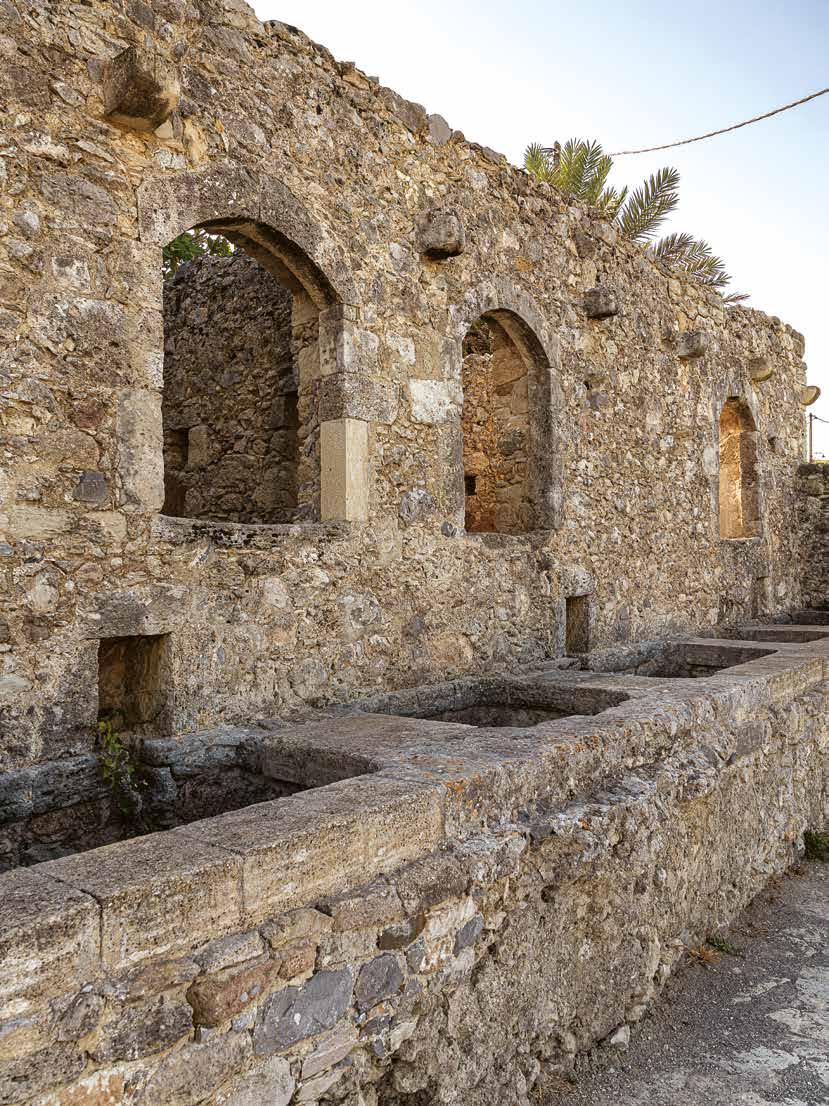
THE EXHIBITION OF WORKS BY YANNIS TSAROUCHIS AT THE HISTORICAL MUSEUM OF CRETE IS AN OPPORTUNITY TO GET TO KNOW ONE OF THE GREAT GREEK PAINTERS AND ONE OF THE MOST IMPORTANT CULTURAL INSTITUTIONS IN HERAKLION.
ΒY EVA PETROPOULOU
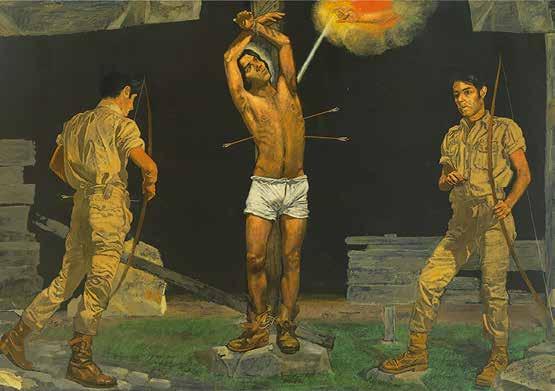

T1970.
Y. Tsarouchis, “The Martyrdom of Saint Sebastian”, 1970. © YANNIS TSAROUCHIS FOUNDATIONPORTALAKIS COLLECTION
his year, residents and visitors to Heraklion will have the opportunity to admire the works of Yannis Tsarouchis from the Zacharias G. Portalakis Modern Art Collection. The works in the exhibition of the Historical Museum of Crete “Yannis Tsarouchis. The viewer and the viewed - Small Retrospective” (“Portrait of Kostas Koulentianos”, “Seated Nude and Piece of Furniture with Spears”, “Tsamikos and Zeimbekikos”, “The Martyrdom of Saint Sebastian”, “Portrait of a Young Man”, “David” and “Reclining Nude”) cover an artistic journey of five decades, from 1940 to 1986. The exhibition catalogue contains extensive biographical material on the artist, as well as texts by renowned art historians and theorists. Among them, Dr George-Byron Davos (Doctor of Aesthetics and Philosophy of Language) notes: “Αll the characteristics of Tsarouchis’s art become clear from the works of the Portalakis Collection, which recall his alignment with the gradual shaping of his fellow-artists of the
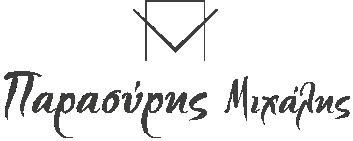
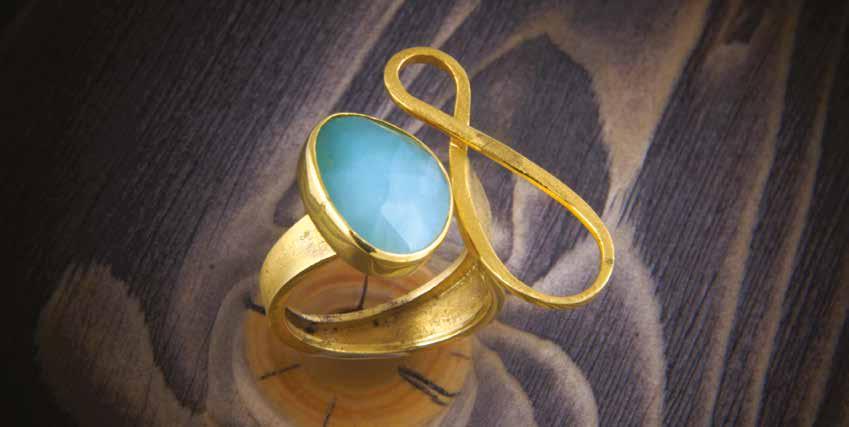
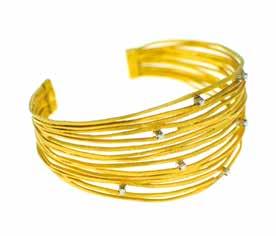
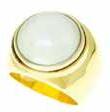

«Four Painters of 20th century Greece: Theophilos, Kontoglou, Ghika, Tsarouchis».
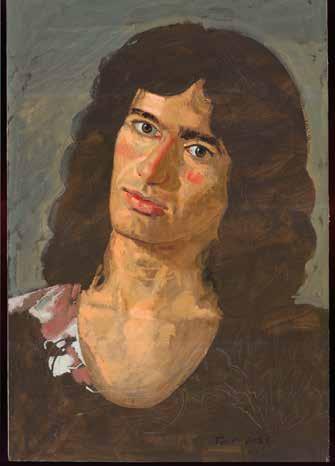
Γ. Τσαρούχης, «Πορτρέτο Dominique», 1975.
© ΙΔΡΥΜΑ Γ. ΤΣΑΡΌΥΧΗ -
Y. Tsarouchis, “Portrait of Dominique”, 1975.
© YANNIS TSAROUCHIS FOUNDATION - PORTALAKIS COLLECTION

The southern porch of the Historical Museum of Crete.
© HISTORICAL MUSEUM OF CRETE
Generation of the 1930s in their search for the ideal of Greekness”. Yannis Tsarouchis was born in Piraeus in 1910 and studied at the Athens School of Fine Arts from 1928 to 1934. For the last two years he studied in the studio of Konstantinos Parthenis, as well as with Fotis Kontoglou. In 1935, in Paris, he was introduced to Efstratios Eleftheriades (Tériade), the artistic director of the surrealist magazine “Minotaure”, and met Henri Matisse. In 1938 he held his first solo exhibition in Athens and in 1949 he became a founding member of the “Armos” art group. In 1951 he exhibited works in Paris and London, while the following year, the British Council held a retrospective exhibition of his work. In 1958 he represented Greece at the Venice Biennale, together with Yannis Moralis and Antonios Sochos. During the years of the Greek junta he fled to France, while in 1975 his works were included in the exhibition “Four Painters of 20th Century Greece: Theophilos, Kontoglou, Ghika, Tsarouchis” as part of London’s Greek Month. He returned to Greece the same year and in 1981 the Macedonian Centre of Contemporary Art organised a major retrospective of his work. The great Greek painter passed away in Athens on 20 July 1989.
It was founded in 1953 by the Society of Cretan Historical Studies, which had been established two years earlier, with the aim of recording, preserving, documenting and promoting all kinds of documents of Cretan history. It is housed in a two-storey neoclassical building, erected in 1903 on the site of an older mansion owned by the Kalokerinos family; and is

a listed building. It was extended in the 1990s by architect Yannis Pertselakis to meet the museum’s modern needs.
At the HMC, the visitor has the opportunity to get an overall picture of the history of Crete from the early Byzantine period to modern times. The historical narrative is developed through chronological and thematic units, with exhibits representative of each period, combined with a wealth of visual and multimedia material: the Sculpture Collection (Early Christian times to the Ottoman period), the Ceramics Collection, the Numismatic Collection, the Byzantine and Post-Byzantine Art Collection (wall paintings, icons, jewellery, vessels, manuscripts), the Ottoman Rule Exhibition (mid-17th century to the Union of Crete with Greece), the World War II Exhibition (Greco-Italian War, Battle of Crete, Occupation, Resistance, Emmanouil Tsouderos Collection), the Nikos Kazantzakis Exhibition and the Ethnographic-Folk Arts Collection.
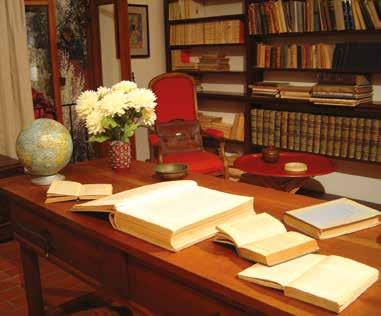
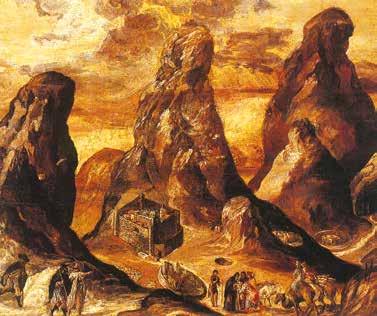
Above: N. Kazantzakis’s study from his home in Antibes. Right: Dominikos Theotokopoulos, “The View of Mt Sinai and the Monastery of St Catherine”, 1570.
© HISTORICAL MUSEUM OF CRETE
The HMC also plans and organises exhibitions and educational programmes, scientific and cultural events, and collects, records and digitises archival material.
The museum’s top exhibits are the two unique works by Dominikos Theotokopoulos that are permanently exhibited in Crete: “The View of Mt Sinai and the Monastery of St Catherine” (1570) and “The Baptism of Christ” (1569).
The section dedicated to Nikos Kazantzakis includes the author’s study from his home in Antibes, France, with its library, original furniture and personal belongings, manuscripts and some of the first editions of his books. A special exhibit is the large model of the city of Heraklion from the mid-17th century.
www.historical-museum.gr

Panos Ioannidis one of the Greek Master Chef judges along with Panos Politis of the Italian restaurant Cupola created this unique place and brought fresh Italian air in the very heart of the new hot culinary destination in Athens, Syntagma.
‘Ovio’ which means clear, obvious, represents exactly the “cucina contemporanea”: Creative ideas, clear casual flavors, twisted versions of classic recipes and products coming straight from Italy, in an elegant and stylish place with warm atmosphere and hangout spirit.
The authentic Italian risotti cooked on demand in Ovio’s cuisine, as well as the fresh pasta are the big stars of the menu. Other special dishes on the menu are the Greek versions of risotto kouskousotto (fregola), recipes that chef Ioannidis has proved that he loves equally with the Italian prototype as well as smoked beef carpaccio, the very unique Tonno Tonnato, fresh scallops and oysters.
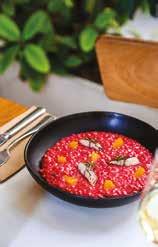

Of course, as in every authentic Italian menu, pizza has its own distinctive place. Although Ovio’s pizza with its very flyffy “cornicione” is baked in a traditional ‘closed’ Neapolitan oven and is served in a totally different way! The wine list is very well studied with more than 80 labels focused especially on the Italian and then on the Greek vineyard.
Don’t miss the cocktails, as Ovio offers a focused menu of classic and twisted Spritz, Negroni and Martini

ΗRunciman
WE GET TO KNOW THE BROWN UNIVERSITY PROFESSOR YANNIS HAMILAKIS AS HE EXPLAINS WHY HIS SCIENCE IS MORE THAN JUST CLASSICAL ARCHAEOLOGY.
e was born and raised in Sitia. He studied at the University of Crete and then Sheffield, and taught at the University of Wales in Lampeter (1996-2000) and in Southampton (2000-2016). Since 2016, he has been the Joukowsky Family Professor of Archaeology and Professor of Modern Greek Studies at Brown University. His archaeological ethnography project in Poros (2007-2010) was a pilot project for the collaboration between archaeology and ethnography in Greece, while since 2009 he has been co-director of the archaeology and archaeological ethnography research project in Koutroulou Magoula. Since 2016, he has been carrying out a project on the archaeology of modern migration in the refugee camp of Moria and in Lesvos in general. You can find his books “The Nation and its Ruins: Archaeology, Antiquity and National Imagination in Modern Greece” (2007) from Oxford University Press and “Archaeologies and the Senses: Human Experience, Memory, and Affect” (2013) from Cambridge University Press. During his recent visit to Crete as a guest speaker at the 3rd Chania
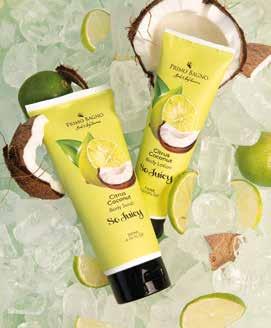

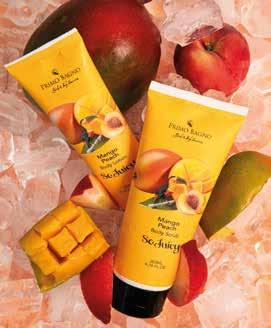


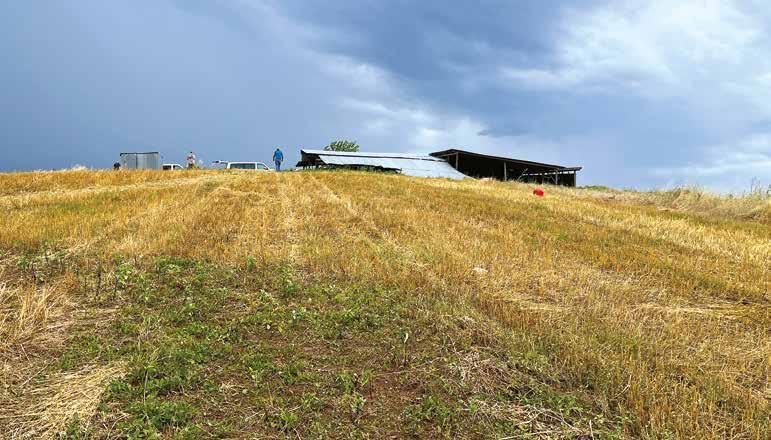
Book Festival, we had the opportunity to talk to him about his research and writing..
As there are many different views of what archaeology is, we begin our discussion by asking him to explain what the science he serves is all about. “Typically, archaeology is the study of the past based on material remains. This definition is not wrong, but it is restrictive because it refers only to the past. My reformulation of the concept refers to a way of dealing with the issues of matter and time that is independent of temporal determinations. This is how the archaeology of the recent past or the present is given substance, based on the idea that, however much we think we comprehend contemporary phenomena, there are aspects that we cannot understand unless we study the dialectical relationship between materiality and temporality”. He also distinguishes between “official”, “modern”, “institutional” and “anti-modern”, as well as “multi-temporal” archaeology. “The obsession of official archaeology with antiquity leaves aspects of private life in more recent periods in the dark, while the emphasis on written sources often excludes whole groups of people. On the other hand, the multi-temporal, reflective approach gives value to the material remains of all times, but also to the landscapes and the environment. It allows us to understand the links between archaeology and the wider social and historical context, without serving particular narratives and agendas uncritically”.
His doctoral thesis examined the role of wine and olive oil in Bronze Age Crete in relation to the power struggles of the period.
“The archaeology of the senses, or sensory archaeology, emerged when I realised that in order to understand the role of certain

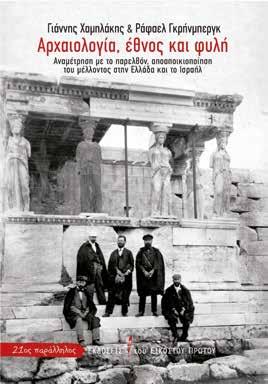
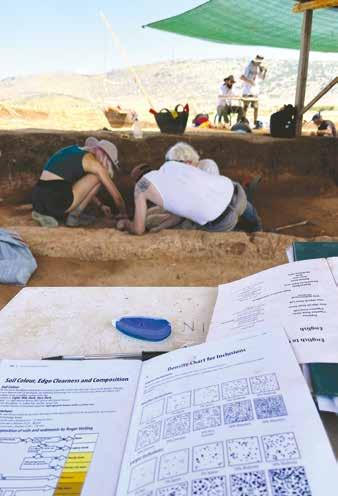
goods, I had to link them to practices of consumption and to the human body, with an emphasis on social and collective practices. This discipline emphasises the study of material memory and mnemonic practices activated by the functions of the senses. Although many people have thought that the senses cannot be studied in archaeological terms because they involve something immaterial, in my studies I have shown that it is materiality itself that activates sensory functions and practices”.
The excavations in Koutroulou Magoula began in 2001 by Nina Kyparissi-Apostolika. Since 2009, “Koutroulou Magoula Archaeology and Archaeological Ethnography Project”, a collaboration between the Ephorate of Antiquities of Fthiotida and Evrytania and Brown University, has been codirected by N. Kyparissi and Y. Hamilakis. “The main period of occupation of the settlement is placed at the end of the Early Neolithic and the beginning of the Middle Neolithic, in the 6th millennium BC, but the site was also used for burials in the Bronze Age and later. As well as the Neolithic dwellings and important mobile finds, we have uncovered part of a large enclosure ditch, a pottery and firing workshop, and a special, rare Neolithic burial. There is also a Late Bronze Age vaulted tomb and the burial of a young woman from the 12thh century BC. As part of our archaeological ethnography programme, we talk to people who live or work near the site. In this way we come into contact with different interpretations and build bridges with «non-experts» who have a lot to contribute”. However, Koutroulou Magoula is also a field of artistic creation. “In 2010 we started a theatre-archaeology programme with the actor-archaeologist Efthimis Theou and

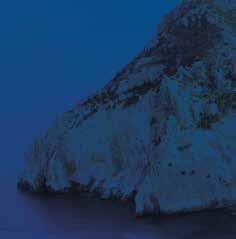












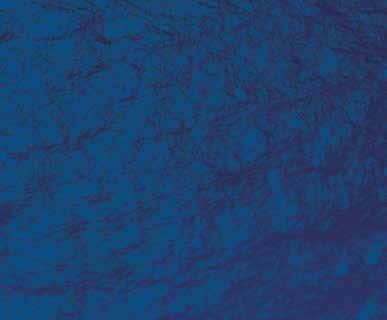









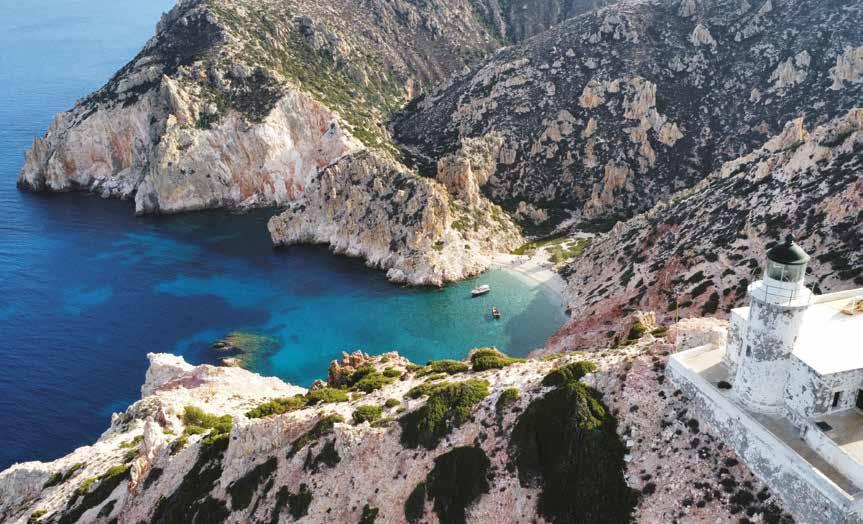



The excavations at Koutroulou Magoula.
τηςΕποχήςτουΧαλκού,ζώαόπωςταύροι,δελφίνια,αίγαγροι, πίθηκοι,πτηνά,ακόμακαιχταπόδια,συμπρωταγωνιστούνμαζίμε τουςανθρώπους.Ηκοινωνικήζωοαρχαιολογίαεπιδιώκειναξεπεράσειτονανθρωποκεντρισμόκαιτηνκυριαρχίαενόςείδους πάνωσταάλλα,θεωρώνταςότιηιστορίακαιοκόσμοςπουμας περιβάλλεισυνδημιουργήθηκαναπόανθρώπουςκαιάλλαζώα».
his collaborators, where at the end of each excavation period we present a theatrical performance written during that time, based on the finds of archaeological and ethnographic research. The play is staged next to the open archaeological trenches, with the participation of local residents”.
“In the decoration of the vessels and frescoes of Bronze Age Crete, animals such as bulls, dolphins, goats, monkeys, birds and even octopuses appear alongside humans. Social zooarchaeology seeks to overcome anthropocentrism and the dominance of one species over the others by assuming that history and the world around us have been co-created by humans and other animals”.
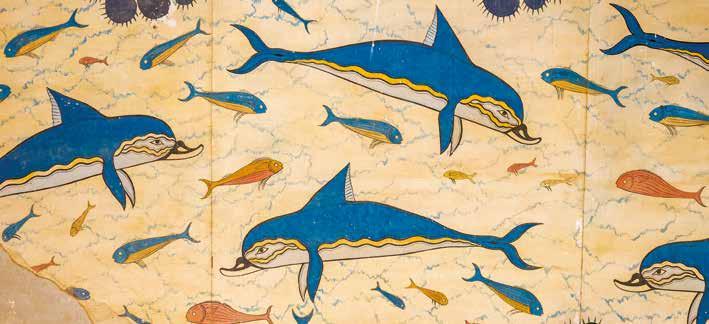


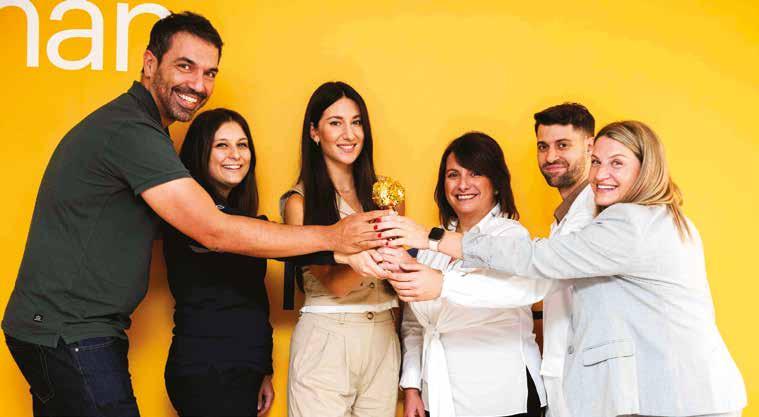




THE WONDERFUL VILLAGE OF HERAKLION PREFECTURE OFFERS MANY OPPORTUNITIES FOR RECREATION AND EXPLORATION, GETTING TO KNOW THE LOCAL TRADITION, BUT ALSO ECOSYSTEMS OF PARTICULAR NATURAL BEAUTY.
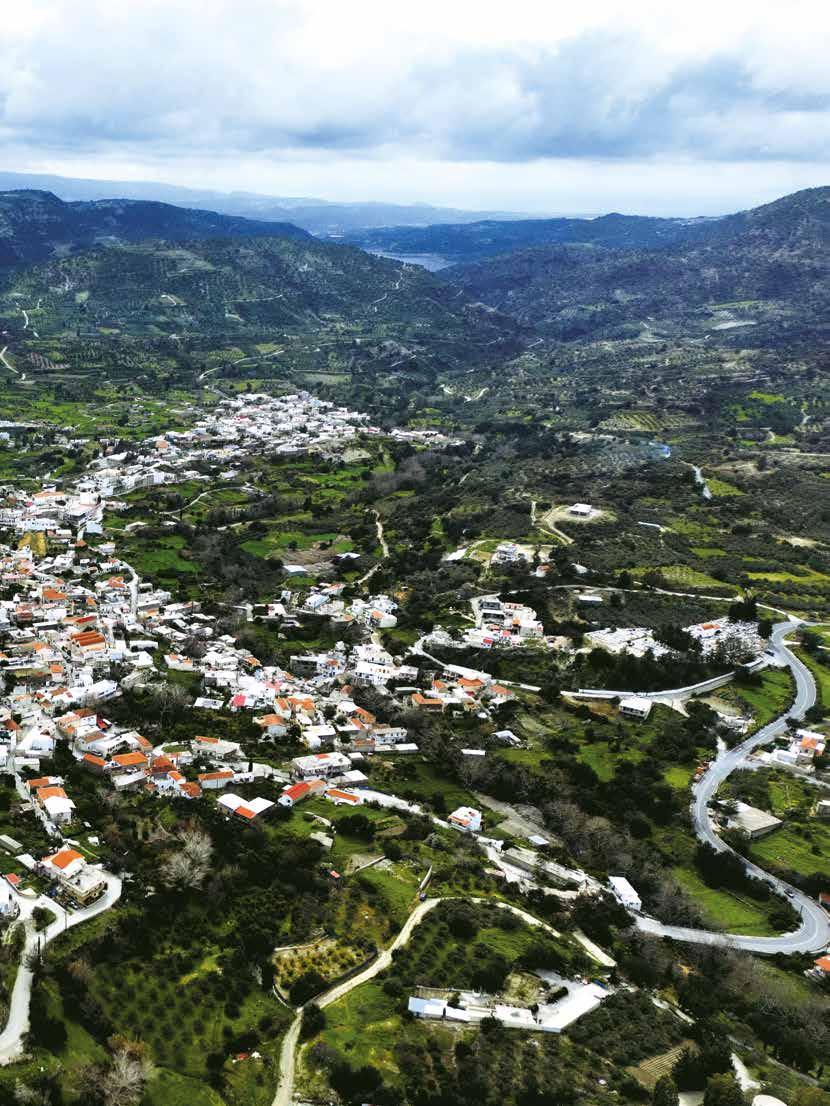
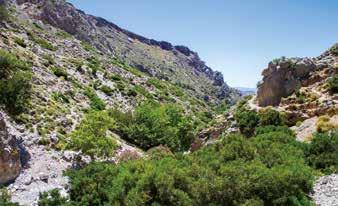
Τhe picturesque large village of Zaros is built on the foothills of Psiloritis at an altitude of 450 m and is 43 km from the city of Heraklion. It has been inhabited since ancient times thanks to the presence of abundant springs in the area, which have given to it its particular physiognomy, making it an ideal destination for excursions and recreation. Walking through the picturesque alleys of Zaros, you can admire the traditional local architecture, the flower gardens, the Koutsoulidis River that crosses the village, and many other points of interest during your tour.
The village is dominated by the church of Agios Georgios, which is the largest and dedicated to St George, the patron saint of Zaros. It has interesting icons and a carved wooden iconostasis. From its beautiful precinct you can admire the magnificent view of the Asterousia Mountains.
Very close to Agios Georgios is the Folklore and Geological Museum of Zaros, housed in a restored mansion. On the ground floor there is a
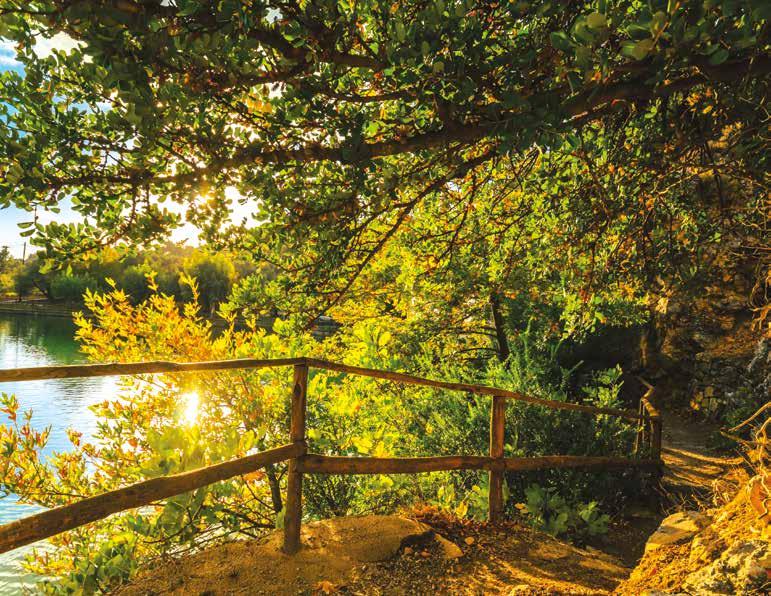
Above: The gorge of Rouvas, ideal for hiking. Below: Lake Zaros, also known as Lake Votomos.
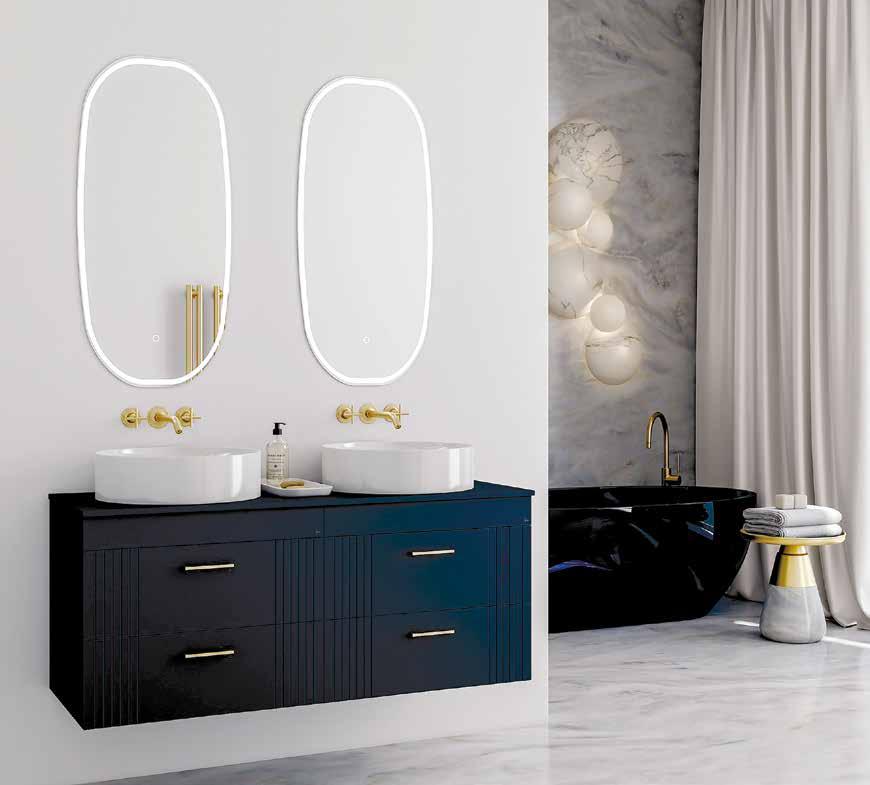

representation of a Cretan household, while on the first floor there is an interesting collection of rocks, minerals, ores and fossils from Greece and abroad. You can visit it by appointment (tel: +306945 313523).
On the main road you will find the weaving workshop “Mitos”, where Maria Zacharioudaki works with great care on her two looms, producing handmade fabrics and embroideries of excellent quality. Despite her love of tradition, Maria does not overlook today’s styles and needs, so she often makes to order and sends her weavings all over the world. As one of the last remaining weavers in Crete, she is committed to preserving this ancient tradition: “I learned to weave from my grandmother and mother and taught my daughters. I would be very happy if young people wanted to learn this art, but unfortunately today there is no interest in weaving because it is not easy to make a living from it. In any case, the joy of creating is great”.

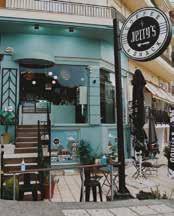

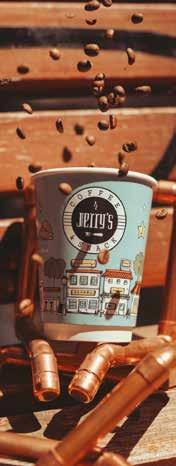


Alexis -Jerry to his friends- is Jerry’s Coffee’s dad. He has been faithful to the coffee bean for over 10 years, and every day he and his incredible team prove that they can transform it into a delicious experience that awakens the senses of even the most... sleepyheaded! He probably knows better than you what you need every morning! You can find him every day at his... headquarters, hugging his coffee machine. He could even be your new pal, as he has a great sense of humour and knows how to make your day! Oh, and he is also a Coffee Expert for Cortesse Coffee, a special brand that is ready to take you on a journey to the most special varieties of Ethiopia and Colombia. Come on, what are you waiting for? He’s waiting for you!
1 Kondilaki Street, Heraklion, Crete
+302810 310110
jerryscoffee.gr
Jerryscofee_
Jerry’s Coffee



Continuing your walk through the streets of the village, you will come across the old chapel of Agia Kyriaki. On the site of the south aisle there used to be a smaller 14th-century church, which was extended and acquired its present form probably in the 17th or 18th century. Its carved wooden iconostasis and many of its icons are particularly noteworthy.
Near Agia Kyriaki is the Gerontomilos, one of the 10 water mills of the village, which used to be a flour mill and olive press. In the same location there is a fountain with running water.
Just before Zaros is the fairly well-preserved but almost deserted traditional settlement of Panagia. It takes its name from the 15th century three-aisled basilica dedicated to the Virgin Mary. It is worth stopping at the church, at the fountain a little further down and wandering through the alleyways.
It is also worth visiting the traditional water mill on the grounds of the hotel “Idi”. It is a restored flour mill that can be visited, the only one in


Crete that is currently in operation, dating back to 1600 and classified as a historical monument. If you would like to see it in action, call +3028940 31301 well in advance of your visit.
One of the main attractions of the area is the lake of Zaros or Votomos. It is a small artificial lake created in 1987 and fed by the Votomos spring. A very nice recreation area for young and old visitors alike, with restaurant and cafeteria, only 1 km from Zaros. We recommend that you try the restaurant’s grilled trout, which is also considered a speciality! A short distance from the lake is the Sterna spring, which takes its name from the ancient Roman cistern that was part of a major Roman water management project. From there the water reached ancient Gortyna through a closed pipeline. The highlands of Zaros are dotted with unexplored cave gorges. The region’s largest natural cave, Tsi Grias o Spilios (the Cave of the Old Woman), is located near the northern exit of the Vorizia gorge. More famous, however, are the two artificial caves that used to be quarries of ancient Gortyna. The (Great) Labyrinth, a complex network of 2,500 metres of tunnels, was used as an ammunition depot during the Second World War and the German occupation and is not open to the public for safety reasons. To get to the Small Labyrinth, follow the country road south from Moroni towards Plouti. At 1.5 km from
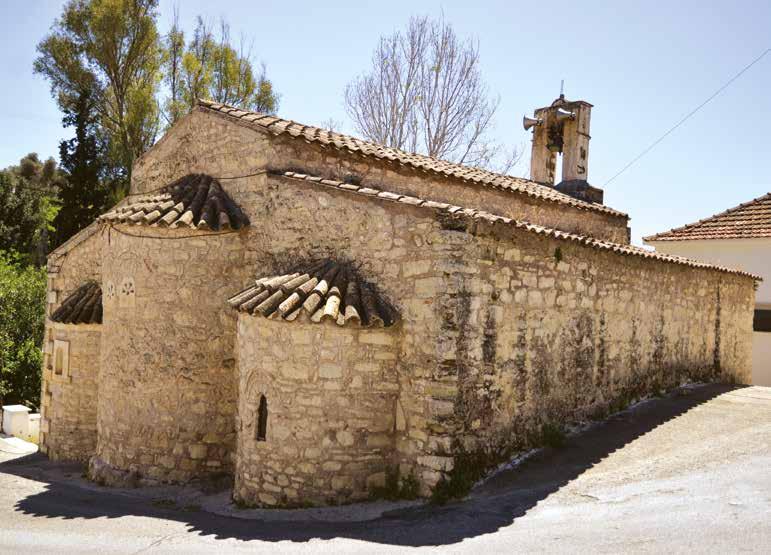
The three-aisled basilica of the 15th century, in the settlement of Panagia.

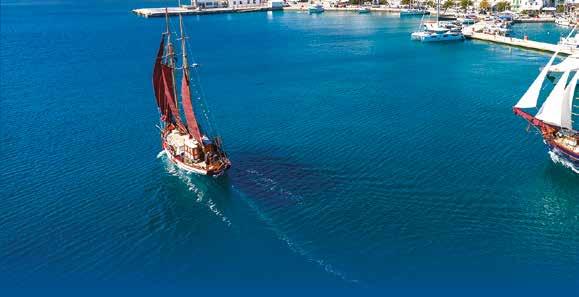
Milos Trips - Unforgettable Sailing Adventures
Embark on an extraordinary journey with Milos Trips, where we curate cruises and excursions that create lifelong memories. As a family-run business with a shared vision to make Milos a top vacation destination in Greece, we continually innovate and add new experiences for our guests.
Full Day Sailing around Milos & Polyegos
• Duration: Approximately 9 hours
Set sail on Thalassitra and Leloudo, exploring Milos’s most stunning destinations. Dive into the crystal-clear waters of Kleſtiko’s hidden caves, stroll through the colorful village of Klima, and relax on the pristine beaches of Kalogries and Gerakas. Discover the breathtaking Sykia Cave and enjoy the best island cuisine aboard. For a unique adventure, hop on a zodiac tour inside Kleſtiko’s caves.

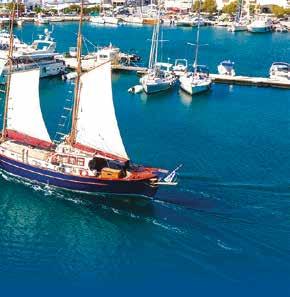
Organize your dream excursion and create mesmerizing memories with your loved ones. Visit our website or contact us to start planning your adventure today.
Milos Trips
www.milostrips.com
T. +30 22877023421
M. +30 6999636264
M. +30 6944636264
info@milostrips.com


Complimentary Second Driver
Unlimited Mileage
Comprehensive Insurance Coverage
Air Conditioning in All Vehicles






Explore Milos with freedom and comfort with Thalassitra Car. Our well-maintained fleet includes compact cars, family-sized SUVs, and adventurous 4x4s, ensuring the perfect vehicle for your journey.


Thalassitra Car
www.thalassitra-car.gr/
T. +30 22870 23422
info@thalassitra-car.gr


the settlement there is a right fork with a passable dirt road that turns left after about 600 m. The entrance to the cave is located at the bottom of a small plateau and is not visible at first glance.
Be sure to visit the two historic monasteries from the Venetian period, the Monastery of Vrontisi and the Monastery of Varsamoneros. Vrontisi is situated between Zaros and Vorizia at an altitude of 550 metres.
Just 3 km north of Zaros, at the exit of the gorge of Agios Nikolaos, stands the homonymous monastery of the Old Believers. The relatively recent construction of an oversized temple that looks out of place in the landscape has caused quite a stir. But even if this particular church is of questionable aesthetics, it is worth visiting the small Byzantine church of Agios Nikolaos, which features 14thcentury frescoes, the chapel of Agia Paraskevi and the skete of Agios Efthimios, which are very close to the monastery.
The ruins of ancient Gortyna, which was inhabited from the Neolithic to the early Byzantine period and was one of the most important cities in
Agios Nikolaos Gorge: It takes its name from the Byzantine chapel of the same name, but is also known as the gorge of Rouvas or Gafaris. It has a rich flora and fauna, ravines, interesting geological formations and headwalls of rare beauty.
Rouvas Forest: An important ecosystem of the Psiloritis oak forest, covering an area of about 3,000 hectares. Apart from the oaks, it hosts many other species of Cretan flora (holly oak, mock privet, maple, cypress, pine, plane tree, etc.).
Its peculiarity lies in the fact that the kermes oaks there are much larger than their usual bushy form. Many of the older trees have a trunk diameter of over 1 metre and a height of over 15 metres. The surrounding hillsides are dotted with “mitata”, traditional stone huts where shepherds used to make cheese.
Vorizia Gorge: Impressive gorge with imposing bare slopes at the southern entrance. To the north of the gorge is the Nida plateau, and on its western slope below the Black Peak is the cave of Kamares, where the famous Kamares pottery of the Minoan period were found.
Koutsoulidis River: Its waters originate from the springs of Votomos and Sterna and form an ecosystem of great ecological interest, hosting important populations of eels and river turtles. It is an extension of the gorge of Agios Nikolaos, passes through Zaros, crosses the valley of the same name and ends at the Faneromeni Dam.







Crete during the Hellenistic period, are well worth a visit.
The area is also ideal for hiking, with trails of varying degrees of difficulty, such as crossing the gorge of Agios Nikolaos and the gorge of Vorizia, climbing the Nida Plateau, as well as smaller, easier routes. For a short walk, start at Lake Votomos and take the path to the gorge of Agios Nikolaos. After about 20 minutes you will come to a wooden bridge, cross it to visit the monastery and return to the lake by the same route.
And if you want to swim in the sea, there are many beaches, organised or not, on the south coast, with the closest ones (Kokkinos Pyrgos, Matala, Kalamaki) about 25-30 minutes from Zaros.


There is time to let things happen and there is time to make things happen

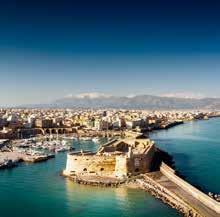
Okay Rent a Car offers a wide range of car rental services designed to meet the diverse needs of travellers and locals alike. With a fleet that includes economy, luxury, and specialty vehicles (beach buggy, ATVs and scooters), Okay Rent a Car ensures that every customer can find the perfect vehicle for their journey, whether it’s for business, leisure or special occasions. The company prides itself on providing exceptional customer service, offering flexible rental terms and competitive pricing. Customers can enjoy the convenience of online booking, quick and efficient pick-up and drop-off processes and various additional services such as GPS navigation systems, child seats, and comprehensive insurance options. In addition to our car rental, our travel agency offers a full suite of services, including hotel reservations, and customized travel packages to suit any budget and preference. With expert travel advisors available to assist with planning and itinerary creation, we ensure that every aspect of your trip is taken care of.
Main office: Kato Gouves, Pediados. Heraklion airport - Chania airport. T.: +306970980918, www.okaycrete.com
Facebook: okay.rentacar, Instagram: okaycrete
AAPART FROM HIS ATTITUDE TOWARDS THE SUMMER, THIS SEEMS TO BE ALSO THE PHILOSOPHY OF THIS TALENTED ACTOR OF CRETAN ORIGIN FOR HIS PROFESSIONAL CAREER, WHICH IS DEVELOPING WITH STEADY STEPS.
GROOMING: MORFE
ΒY DIMITRIS PAPADOPOULOS, PHOTOS: ANDREAS SIMOPOULOS, GROOMING: MORFE
He takes on challenging roles, works with great directors, and balances masterfully between theatre, television and the magic of cinema. Michail Tampakakis is handsome, talented and modest, despite his success. A quiet force that, through careful choices and a lot of work, manages to conquer peak after peak.
As a child, what did you aspire to be?
The truth is that I didn’t dream of being an actor. I really liked painting, while my parents insisted that I do sport. I’ve tried every sport -swimming, tennis, sailing, kung fu, volleyball, football, the lot. But they saw that I didn’t really like any of it in the end, so I went into painting and more artistic things. Theatre came much later, when I was in high school. I changed schools and as the new school had clubs, I joined the drama club, but still without a goal. It was something impulsive. I had a need to express myself, but it wasn’t conscious. That’s what I can say now, thinking about myself back then.
Is engaging with art a need?
It’s something very personal that never stops and never comes to an end. You always have something else on your


mind, something that motivates you, something that you are looking for. One thing leads to another. Through art you can influence other people’s perceptions, ideas and opinions. But mostly you do it because you want something for yourself. It may sound a bit selfish, but I think that’s where it starts -with something you’re trying to find out about your own existence.
Is what you are living now anything like what you dreamed of when you started?
The joy is certainly the same. At some point I was worried because during drama school I lost the joy I had before I started. I found it again later when I finished school. I was very young at that time, because I entered the drama school at 18, right after high school, and it locked me in. It is the worst thing for an actor to be “locked”. On stage we try to be free and happy because we are playing. We’re just playing a game. If, in the midst of all this information, you cannot see that what you are doing should bring you joy and not torture you, then you have dropped the ball.
Does the influence you have over people give you more power or do you see it as a greater responsibility?
I understand influence through emotion, when I manage to touch a part of someone -that’s what I consider success. My quest has to do with the paradox of human existence and life in a more general context. So if the audience identifies with me, I consider it success. The play “The Goat or who is Sylvia?” touched many people, it moved them. She managed to make them understand something -negative or positive, it doesn’t matter- and when they left they were perhaps a little bit different.
Do you feel this emotion and the energy of the audience while you are performing or only after the show, from what people tell you?
The energy of the audience can be completely different every night. You can feel if they’re more or less in tune with what they’re watching. Besides, even actors are not the same every night, we don’t feel the same -something the audience can’t perceive, because they don’t see us in every performance.
Very often the criticism that actors receive is unfair because no one takes into account their time and effort. What do you think about that?
Abroad, there are shows that are defined by criticism. A show can go up and, if it gets bad reviews, it will go down within two weeks. There must be criticism. Everyone toils, in their own profession, and everyone is judged. We live in a demanding world. Of course, theatre criticism is a huge issue, because nowadays, with social media, anyone can say anything -positive or negative- and that’s where the problem starts. The fact that a character in a TV show can be defined by what is written on Twitter seems unreal to
I am in love with Elafonisi, I think there is no more beautiful beach in the world, it is unreal

me -and yet it happens. I’ve seen it happen -either a role grows or disappears very quickly. In theatre, this is not the case. If a show is good, it will go on, there is no other way.
You are an actor who plays on TV. So how do you deal with what happens on social media?
Calmly, and with an eye to how this will develop over time. It’s a bit strange that anyone can send you a message without you being able to have a real dialogue with them, because you don’t see them, you don’t know them and they don’t care how it might affect you. That’s a bit unfair.
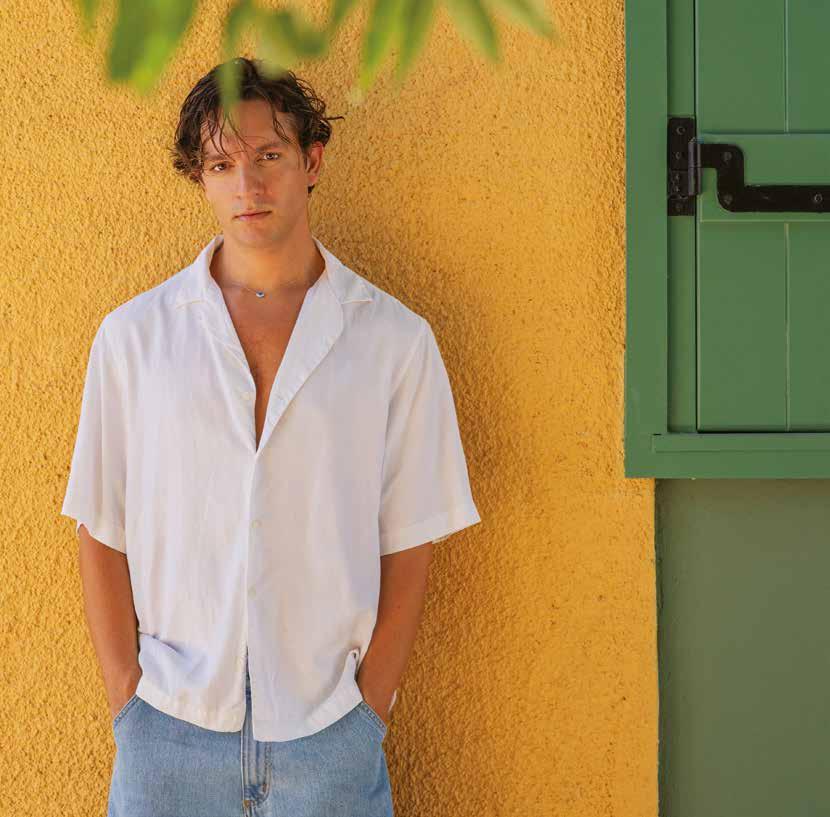
Can a message from an anonymous profile hurt you?
Yes, because no matter how much you say you don’t pay attention to stuff like that, when you read it, it will affect you, even if only subconsciously. You have to be very callous for this not to happen to you. Of course, if you think about it logically, you put it aside and say “I can’t deal with someone I don’t know anything about and what problems they have in their life”. But subconsciously it has done its job.
What do you do in your free time?
I try to exercise and watch my diet. To walk as much as I can. I love

going to the cinema and I especially love open-air cinemas. I also like going out for dinner with friends. Now, after 15 July, I think I’m going to go on holiday for a while because I really need it. Also, now that I’m not filming, I’m going to revisit a script that I’m writing but had put aside because of work. It’s a project I started during the second lockdown. It’s a mini-series and we were in contact with a platform but it didn’t work out. Now I’m going to get my hands on it again.
What is summer to you?
Sunset, salt and ice cream. And certainly no rush for anything.
What is your relationship with Crete?
I come from Chania. I’ve never lived there, but I’ve spent many summers on the island and toured there with the theatre too. I have created my own relationship with Crete, because the truth is that my parents and I have never been there together. I am in love with Elafonisi, I think there is no more beautiful beach in the world, it is unreal.
Apart from Crete, do you have any other favourite destinations in Greece?
I love to travel and every year I try to visit a place I’ve never been before. I’m crazy about Koufonisia. When I got off the ferry, I couldn’t believe the scenery in front of me. I also really like Tinos -I went there eight years in a row. Now I can’t wait to see Anafi. I am preparing another trip related to the play that I will take part in next year.
Tell us about it!
I am rehearsing for “Brokeback Mountain”, a production of the Neos Kosmos Theatre, that will be staged at the Knossos Theatre in Kypseli, which is being renovated. We will be with Korina Gougouli, Dimitris Kapouranis, Dimitris Kapetanakos, generally a very nice team and it will be directed by Konstantinos Rigos.
Konstantinos Rigos is a safeguard for the show.
I really wanted to work with him. I have seen his works and I like his aesthetics very much. Now, I feel that he gives us the security that we will do our job as well as we can and he will take care of everything else -and that’s not common, it’s not the norm.
So summer is rehearsals and holidays.
Yes, because this year I’ve been doing theatre and TV and I’m very tired. It’s good when you get an opportunity like this play, to do nothing else. Channel all your energy there. I also don’t think that my technique has reached a level where I can do everything with ease. You never reach your full potential, it’s something that’s constantly evolving. It takes work, it takes digesting some things, going from one thing to another, but it also takes rest.
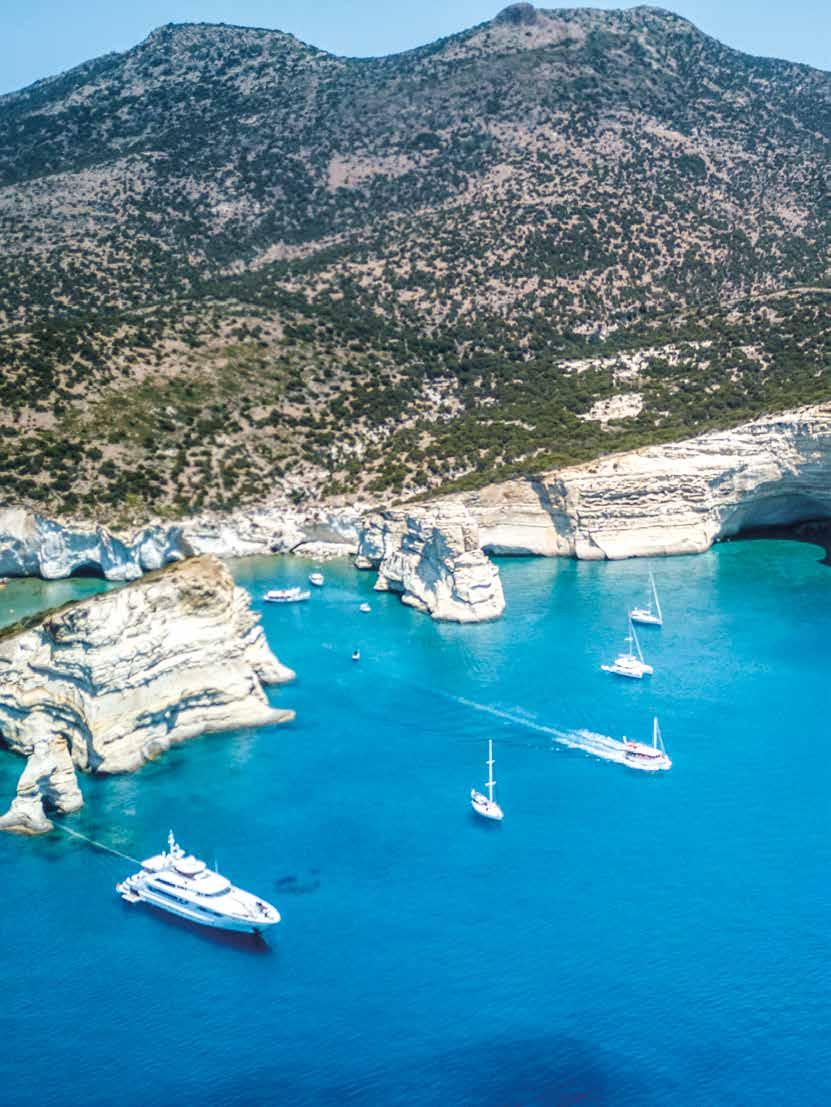
ALL THE AEGEAN ISLANDS HAVE BEAUTIFUL AND UNIQUE BEACHES, BUT NONE OF THEM HAS AS MANY SPECIAL AND UNIQUE BEACHES AS MILOS.
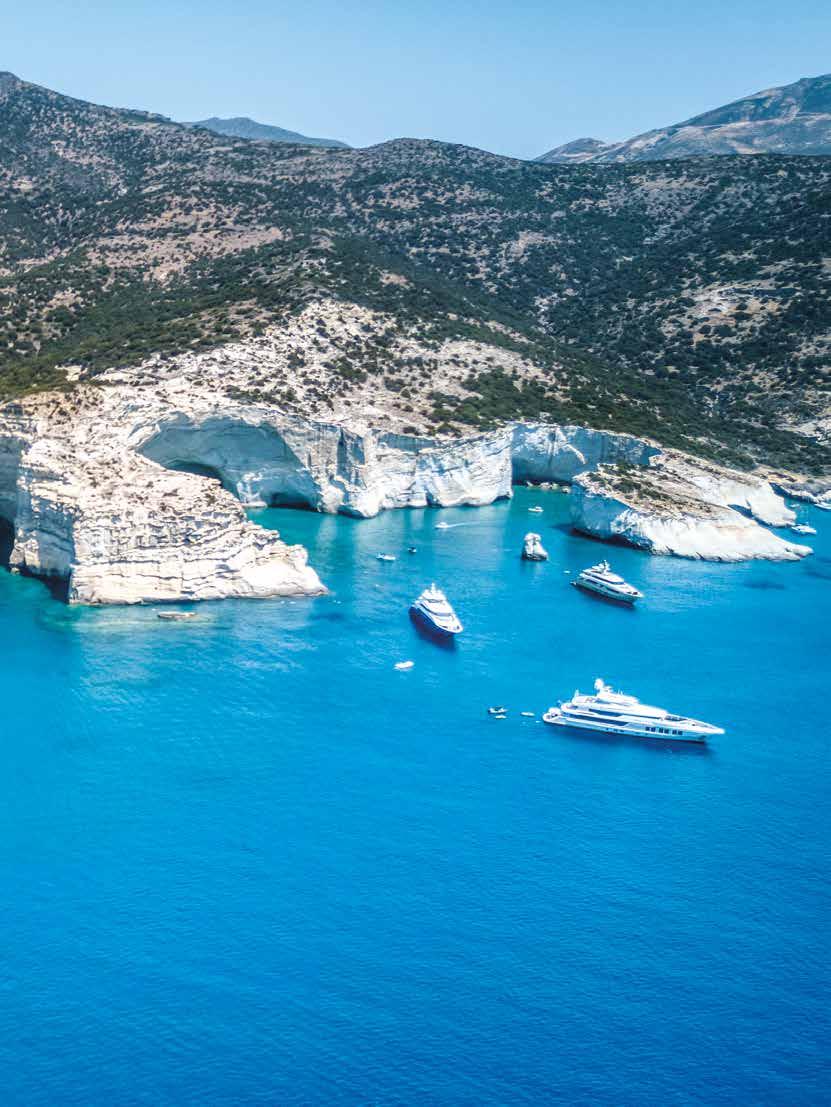
MHilos is probably the most famous island in Greece for its beaches -it’s said there are around 70, but it’s hard to count. What matters is their beauty and variety, the magical colours of the water, the golden sand, the beautiful pebbles. Visitors can choose from the most cosmopolitan to the most secluded, from the most accessible to the most remote corner of paradise. They are crystal clear, with waters of all colours -turquoise, green, cyan, blue and everything in between- with a beautiful seabed and a view you can stare at for hours.
A cruise island tour is one of the best experiences you can have and is sure to be unforgettable. It will take you to places you would not otherwise go and open your eyes to landscapes of exquisite splendour, where nature is beyond imagination and beauty is beyond words. There are many ways to get around -by classic old boat, dinghy, speedboat, catamaran.
As we sail around the island, we come across the famous Kleftiko, with its white rocks and large natural arches. But also Sikia with its famous cave with the round hole in the roof, a truly incredible sight. Along the way we also come across the Glaronisia, whose morphology is the result of volcanic lava erupting 700,000 years ago! The beaches of Agathia and Kalogries, with their Scandinavian fjord scenery, are also beautiful.
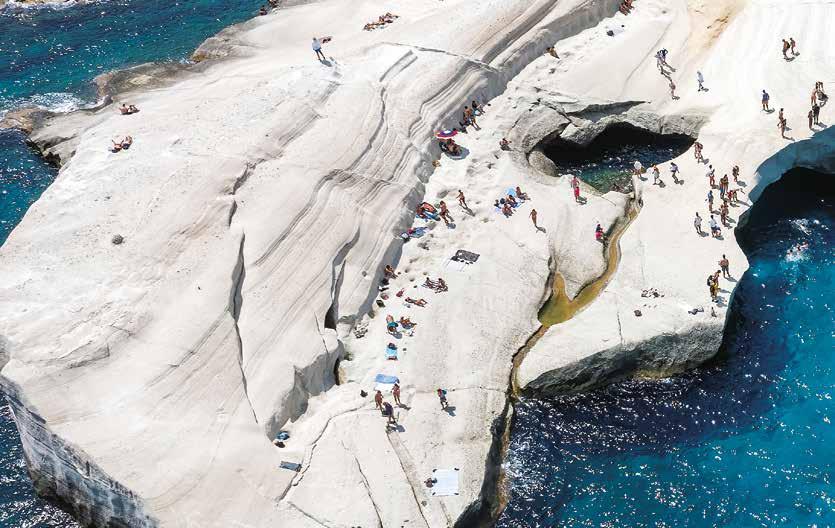
The lunar landscape of the unique Sarakiniko , a monumental setting where video clips, commercials and films have been shot, is breathtaking. Shallow water, slightly slippery rocks, the sea a little further out and lots of people. A little further on is the beach of Alogomandra [horse pen], probably so named because the locals used to wash their horses there. Quiet and secluded.
Achivadolimni: The largest beach on the island is near the capital, Adamas, and next to the airport. It is next to the lagoon (NATURA 2000 network), a wetland with a great natural environment with cedar forest and many migratory birds.
Embourios: It’s a long way down, but worth it. You can swim there, but you will also see a fantastic scene with Mr Manolis’s tavern on the sea with the ducks. Above, Fellini-esque coloured lights and flowers painted on the stones. He is probably no longer alive, but the tavern is run by his children. It’s worth taking a walk there.
Tsigrado and Fyriplaka , the island’s top beaches, side by side, are among the most beautiful in the Aegean. In Tsigrado we always descend with the famous

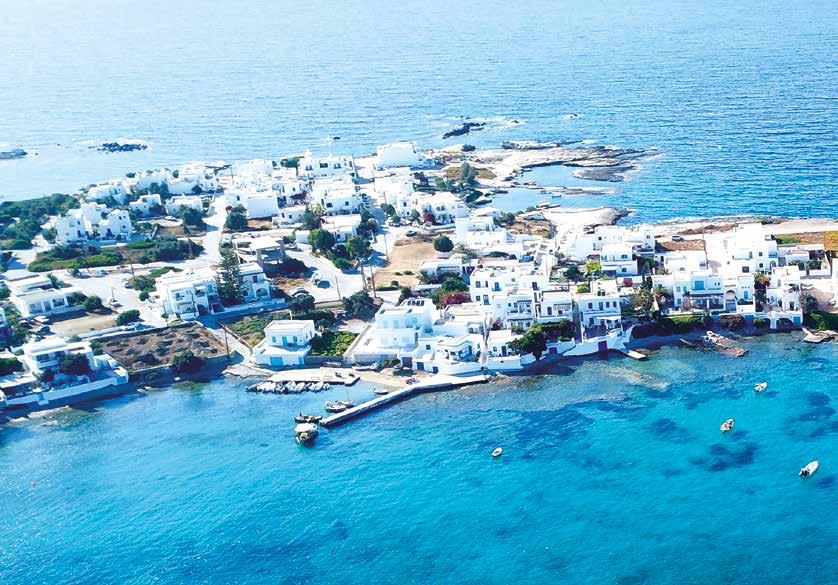
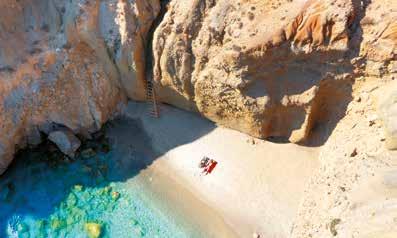
rope and in the exotic Fyriplaka you can shoot a video and sell it easily!
Paliochori -the most cosmopolitan beach on the island, with DJs coming from abroad for Aqua Loca, Artemis, Sirocco. Ιf you go down through the D Blue Bar before reaching Paliochori, you can take refuge in a small, very quiet beach.
Thiorichia Beach, to the east, overlooks Polyaigos and Folegandros, a remnant of the old sulphur mines that flourished in the 1930s. We still see the sulphur transport facilities, mining galleries, dilapidated offices and tools.
The sandy Platiena has a nice beach bar and is sheltered. On the way back, climb up to Plaka for a sunset comparable to that of Santorini.
Fyropotamos is said to have the clearest waters in the Aegean. Near the beach is the Agios Nikolaos church and the old kaolin factory.
Visit Mandrakia Beach for a swim, a walk to the cultural association that hosts summer events and a meal at Medousa.
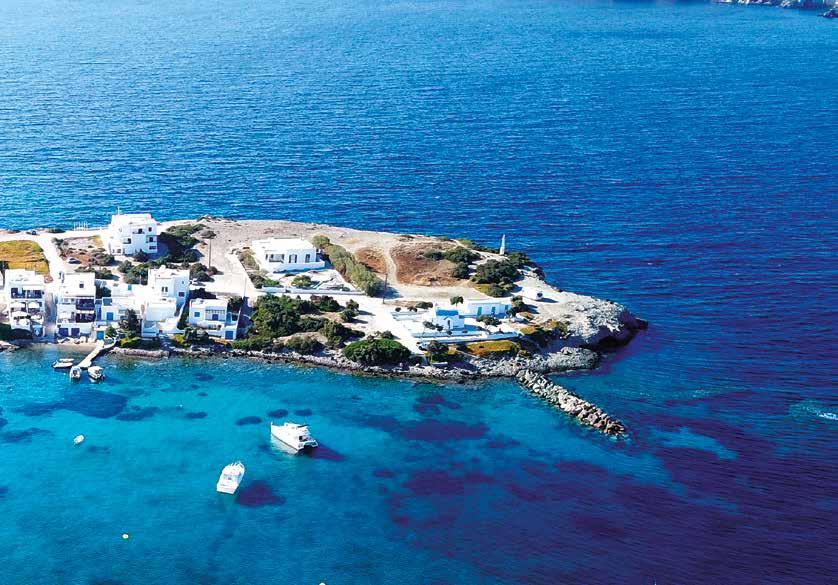

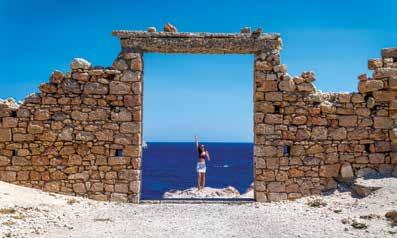
There are two environmental centres in the area of western Milos that has been included in the NATURA 2000 network. One is the south-western coast of Milos, which is the habitat of the Mediterranean seal. The other occupies the rest of the western part of the island as the habitat of the red viper of Milos, Macrovipera schweizeri. The NATURA area includes Achivadolimni (or Chivadolimni, because it was once full of clams), the largest natural wetland in the Cyclades and an important stopover for migratory birds (swans and flamingos). Also the cypress forest with horizontal branches, a rare habitat with centuries-old trees.
και
Mytakas stands out also for a very small church built into the rock, Agios Konstantinos.
In Pollonia , the second main centre of the island after Adamas, you can enjoy the freshest fish of Milos on the hidden beach under the “Captain Tasos”, with many or few people.
The beaches of Provatas and Agios Sostis , both with fine sand, recommended for families.
A beautiful group of secluded beaches is Triades -
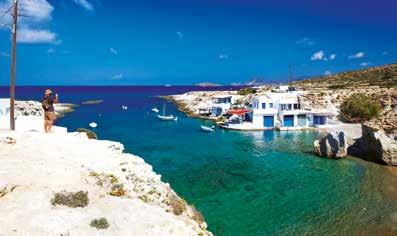

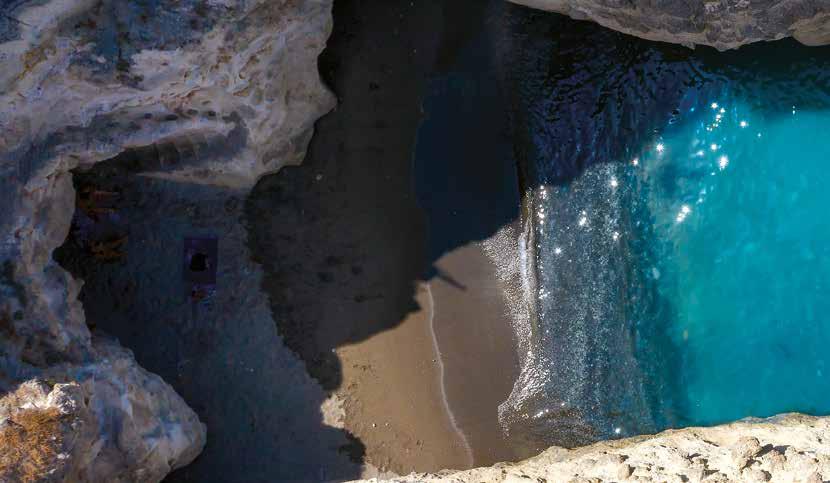
Ammoudaraki - Agios Ioannis , in the west of Milos. Almost untrodden!
The beautiful Papafragas, a fantastic “corridor” of crystal clear, magical waters, may not be open to visitors for safety reasons. Ask before you visit.
We must not forget the cinematic and unique setting that characterises Klima, with its houses built on the rock, on the water. All have coloured doors and windows, creating a romantic seaside setting that is not ideal for swimming, but is not to be missed. Near Klima is the great village of Tripiti with the best mini pies on the island.


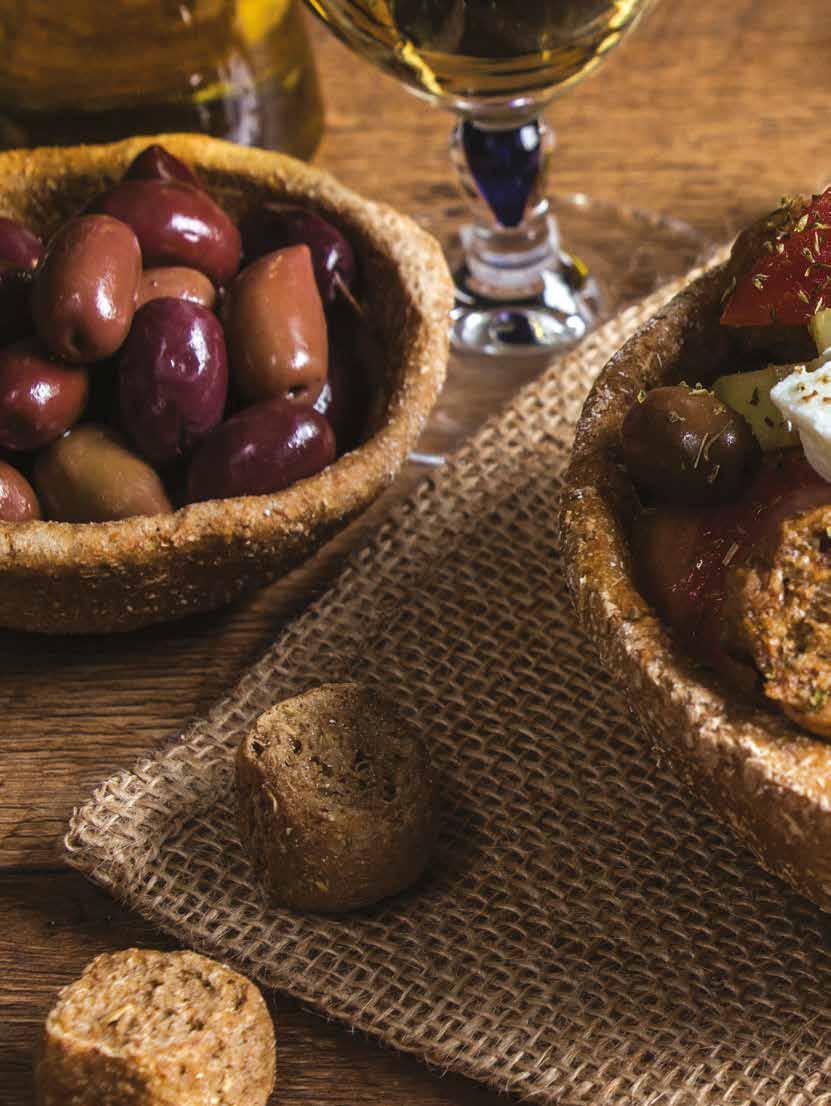
THE FAMOUS DISH, SYNONYMOUS WITH THE CRETAN DIET, HAS DESERVEDLY EARNED ITS PLACE ON OUR TABLES FOR YEARS -AND NOW IT HAS EVEN WON FIRST PLACE IN THE TASTEATLAS RATINGS AS THE BEST SALAD IN THE WORLD FOR 2023
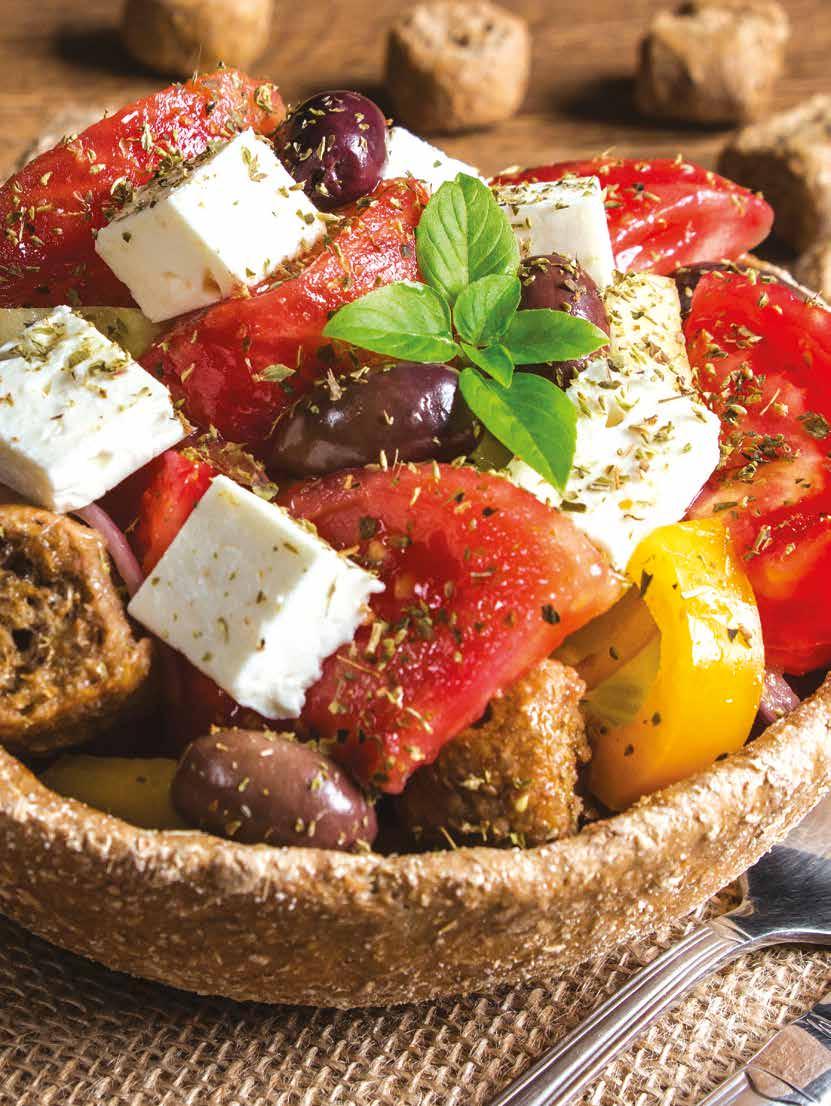
You don’t have to be Cretan to seek out -and enjoy- the exquisite delicacies of Crete. From the Cretan graviera to the chochlioi boubouristi (fried snails), from the aromatic dolmadakia (stuffed vine leaves) to the crunchy fennel pies, to the beautiful kalitsounia that will lift you to the heavens with their divine taste, the traditional cuisine of Greece’s largest island is one of the most famous and recognised in the world. The temperate climate, the richness of the soil and nature and the quality of the basic ingredients, combined with the ingenuity and imagination of the locals, have given rise to a repertoire of flavours that are robustly simple, yet timeless and delicious. Unsurprisingly, based on the official TasteAtlas 2023 poll, Crete was voted the fourth best place to eat in the world and a Cretan dish, dakos, was voted the best salad in the world.

For some it is a salad, for others an appetiser, a nutritious lunch or a light dinner, to whet the appetite before the “heavy artillery” of the Cretan cuisine, or to give energy before summer dives in the turquoise waters or excursions around the largest island of Greece; but one thing is for sure: dakos is a dish full of the colours and aromas of the beautiful nature of Crete. Its name comes from its main ingredient, the oblong rusk, dakos, although many other excellent quality rusks can also be used. The “dipyrite bread” of the ancient Minoans (bread baked twice in the fire to keep longer) can also be round (round barley rusk) and this is one of the reasons why dakos salad is called “koukouvagia” (owl) in Chania and Rethymnon. Or, according to another explanation, the “koukouvagia” got its name from a restaurateur in Rethymno called Koukouvagias, who was the person who created this version. Cretan rusks also include small bites or dakakia, as well as the characteristic rusk plate, which can be used too in dakos and other tasty salads.
Recognised as a Protected Geographical Indication (PGI), Cretan rusks are produced exclusively in Crete. Their history goes back a long way, as the cultivation of cereals on the island dates back to the Neolithic period.
“In the 6th millennium BC, the first inhabitants cultivated barley and emmer wheat [...]. For thousands of years, every household has had to plough, sow, thresh, grind and bake bread, rusks and pies to provide their daily bread. Wheat was cultivated more in the lowlands, while barley in the dry rocky and more arid areas” writes Giorgos Agorastakis in his book “The Cretan Diet” (Chania, 2004).
Depending on the flour used to make them, we now find a wide variety of rusks made from barley, wheat, oat, rye and even carob flour. The latter, in fact, are also used in sweet
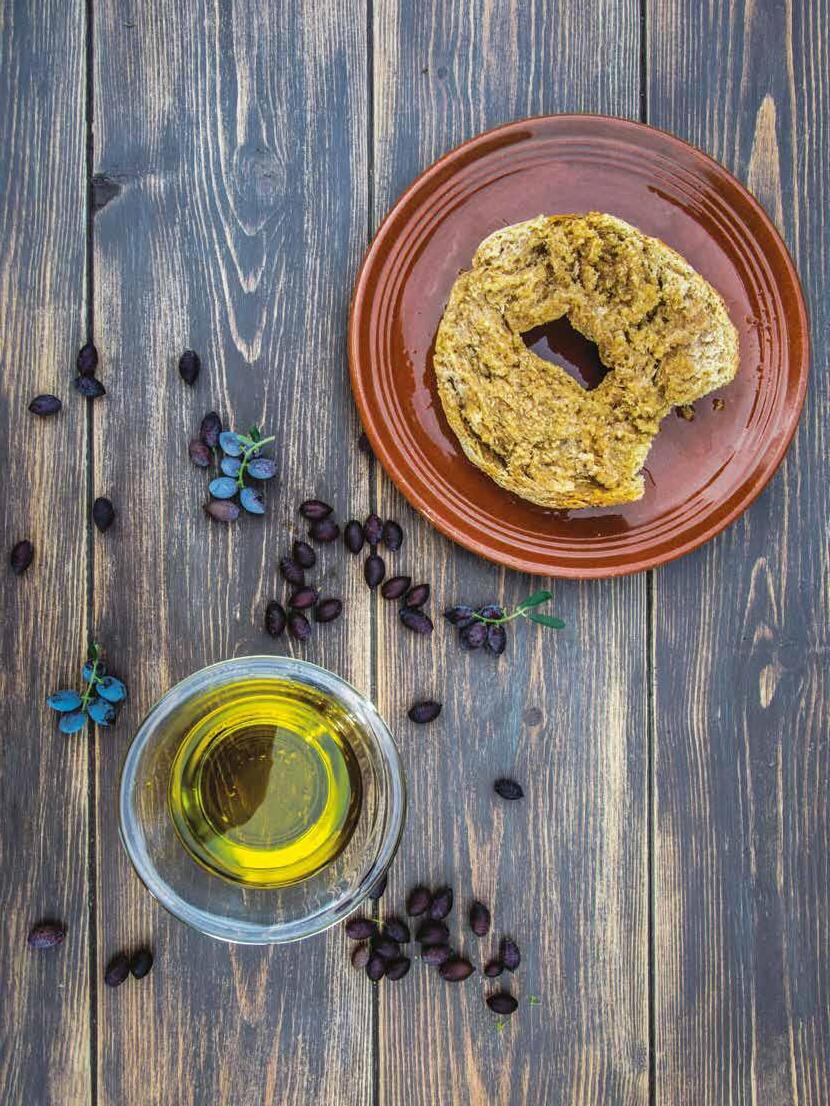

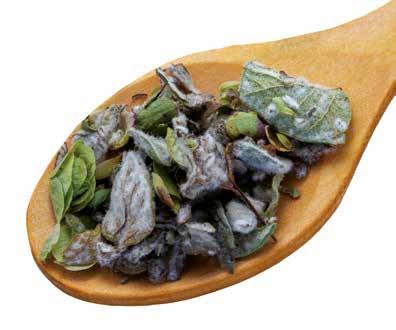
recipes. They are all delicious, they can be eaten at any time of the day and in different ways, depending on the other ingredients we choose to create a savoury or sweet recipe, and they keep for a long time in our cupboards -that’s why they have always been the necessary complement to the snacks of farmers, shepherds and fishermen who were away from home for long periods of time and had no access to fresh bread. At the same time, they are an extremely healthy food as their nutritional value is really high: with plenty of fibre and carbohydrates, vitamins, minerals, starch and antioxidants, Cretan rusks are the ideal snack.
Who would have thought that such an incredible delicacy as dakos could be so simple and quick? And yet, it is. Take a round barley or an oblong Cretan rusk, sprinkle it with a few spoonfuls of water (don’t overdo it so that it doesn’t get too soft), a little olive oil and salt, grate a juicy red tomato on a grater and drain it to get rid of the excess liquid. If you like, cut another tomato into small cubes, spread the juice and the tomato cubes on the rusk, crumble the delicious Cretan xinomizithra on top (it’s the better choice, leave the feta cheese for the Greek salad!), sprinkle a lot of oregano with your hands to give your dish the flavours of the Cretan land, and finally drizzle everything with extra virgin olive oil! It’s the most classic recipe -and simplicity in all its glory. Olive lovers always add a few black or green olives for a unique flavour. Or some salty capers. And if you can get your hands on some, add a little purslane or the wonderfully aromatic samphire, which grows everywhere in Crete, from the beaches to the rocky shores.
Dakos or “koukouvagia” is also called “lantouristo” in Heraklion and Lasithi (from the verb “lantourizo” which means to sprinkle, i.e. to sprinkle the rusk with water so that it softens a little before we eat it in the salad). Round rusks can be cut in half into two pieces. Traditionally, the top part, called “panokafkalo”, was offered to guests as a sign of courtesy and welcome, since it is lighter. The bottom part, the “katokafkalo”, was food for family members only. But no matter which rusk we get, the taste is always special! And it contains all the nutrients, vitamins and fibre you need. This is to be expected,
“Travel Global, Eat Local”
as dakos is an integral component of the Cretan diet, which in 1960 formed the basis of the so-called Mediterranean Diet, recognised by UNESCO in 2010 as part of the Intangible Cultural Heritage of Humanity.
It is a difficult question. The Greek salad is undoubtedly the (delicious) queen of summer. It’s hard to resist the bright red tomatoes and cool, crunchy cucumber slices, peppery feta cheese and chopped onions, green peppers and black olives, all sprinkled with sea salt, freshly ground oregano and plenty of extra virgin olive oil. Don’t skimp on the olive oil to dip your bread in -ideally sourdough bread, made with the care of traditional bakers or tireless home cooks. It’s no coincidence that the 2023 TasteAtlas poll ranked the Greek salad fourth in the world.

But if the Greek salad is the “queen”, the dakos is definitely the “king”. No matter where you enjoy it -although in Crete, it is always special. Is it the tomato from the Cretan orchard, the oil from the Cretan olive, the local sourdough bread, the Cretan rusk that makes the difference? Or maybe it’s the island itself -with its gallant, traditional dances, its tsikoudia and sweet wine, its delicacies and flavours where the waves break, where we always eat and drink together?

"Travel Global, Eat Local” is the motto of TasteAtlas, the renowned online guide to traditional cuisines around the world. It encourages us to travel around the world, enjoying local authentic recipes in regions and restaurants that use local ingredients and techniques and cooking methods that respect tradition. The emphasis is on traditional recipes, as the editors write that their aim is to promote different cultures around the world. Every year a poll is held and based on the public’s ratings, awards are awarded in different categories, such as best cuisine, best dish, best salad, best city or region to eat in, etc. In 2023, Greek cuisine received an important accolade, coming third on the list after Italian and Japanese cuisine, which were tied for first place.


Ιερά Μονή Αγκαράθου.
Holy Monastery of Agarathos.

TOGETHER WITH THE AUTHOR NIKOS PSILAKIS, WHO IS VERY POPULAR IN CRETE, WE GET TO KNOW THREE MONASTERIES IN THE PREFECTURE OF HERAKLION, WHICH, DURING THE VENETIAN AND OTTOMAN OCCUPATION, LINKED THEIR
AND

It is one of the most important monasteries of Crete, a remarkable centre of arts and letters of the Cretan Renaissance, probably founded during the 2nd Byzantine period. It flourished in the second half of the 16th century and was home to famous artists and scholarly monks, while tradition has it that Dominikos Theotokopoulos was an apprentice in the monastery’s workshop.
Nikos Psilakis, author of the monumental two-volume “Monasteries and Hermitages of Crete” (Karmanor Editions), takes us on a mental journey back in time: “The great painter Michael Damaskinos probably worked there for some time. In fact, his famous works such as the “Adoration of the Magi”, “The Last Supper” and others were saved from certain destruction in 1800 thanks to the Metropolitan of Crete, Gerasimos
Pardalis, who arranged for them to be transferred from the monastery to the church of Agios Minas in Heraklion. Today they are kept in the Museum of Christian Art in Agia Aikaterini of Sinai”.
The Monastery of Vrontisi was also an important centre for the copying of books, where the famous scribe Nikiforos Venetzas worked in the 17th century. Unfortunately, the rich library that existed at that time did not survive the years of the Turkish occupation: in the 19th century, the monastery was plundered several times by the janissaries, depriving us of a great number of relics. Today, very little remains of its former glory. Inside the Katholikon, a two-nave church dedicated to Saint Anthony and the Apostle Thomas, parts of the high art frescoes of the 14th century are preserved, with Palaeologan Renaissance influences. Among the icons of the iconostasis is the “Christ the Vine” by Angelos Akotantos from the 15th century.
Outside the monastery, under the ancient plane trees, there is one of the most remarkable sculptures in the Cretan countryside, a 15th century marble fountain with a relief depicting the First Man and the First Woman.
Near the Monastery of Vrontisi is the now abandoned Monastery of Varsamoneros. It also dates back to the 2nd Byzantine period and was an important artistic and intellectual centre. The oldest transept of the restored three-naved Katholikon is dedicated to the Virgin Hodegetria and decorated with unique 14th century fres-
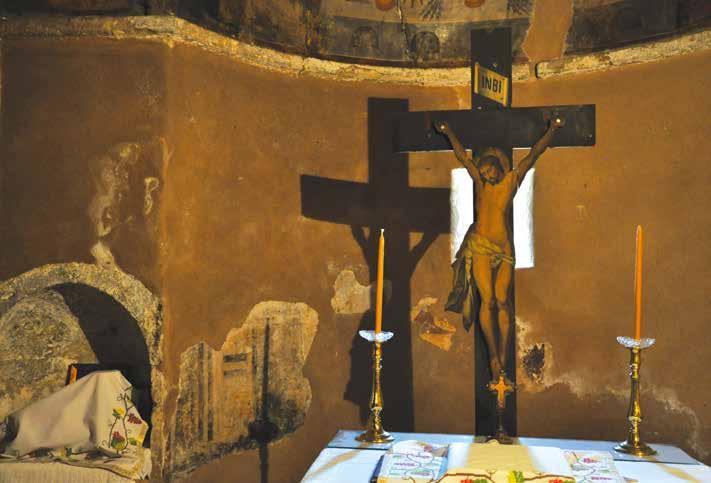
In the sanctuary of the katholikon of the Monastery of Vrontisi, dedicated to Saint Anthony and the Apostle Thomas.
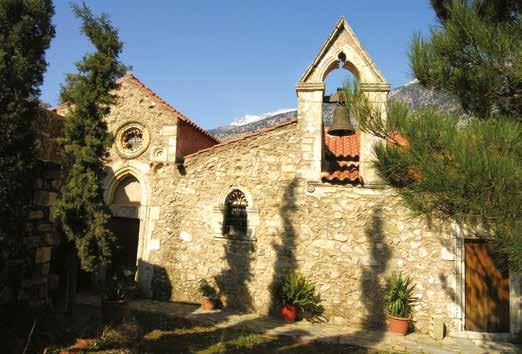
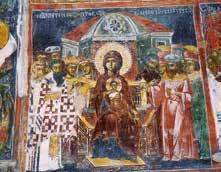
Left: The restored katholikon of the Monastery of Varsamoneros.
Above: Scene from the “Akathist Hymn”, 14th century fresco from the Monastery of Varsamoneros.
coes. The scribe Nikiforos Venetzas also worked in Varsamoneros, while the painter Angelos Akotantos painted many of the icons on the iconostasis. The church is not always open, so before your visit you should contact the Monastery of Vrontisi.
It is one of the most important and oldest monasteries in Crete (probably from the 2nd Byzantine period), with important spiritual and social work. During the Venetian occupation, it was the nursery of important churchmen and it is believed that a manuscript copying workshop operated there.
Since raids on monasteries were common during the Ottoman rule, the icon of Virgin Mary Agarathos was “spirited away” to Kythera for its protection, especially since the monastery was on the Ottoman “black list”. As we learn from Nikos Psilakis “Athanasios Christoforos, abbot at the time of the Cretan War, was the leader of the Corps of Ecclesiastics, which did much damage to the Turks. So not only was it not allowed to renovate the monastery, it was not even allowed to put back a single stone that had fallen!”.
At the time of the Greek Revolution, the monastery was abandoned after massacres and destruction, but by the mid-19th century it had regained its prestige and was home to a Monitorial School. During the food crisis that followed the 1866 revolution, bread, cheese, olives, water and wine were always waiting for passers-by in the monastery, placed in a special location in the courtyard. From 1883, the School of Christ operated there for a few years, with students from all over the province of Pediada. Another of the monastery’s contributions to education was the scholarships it gave to monks who wished to study, a practice that continues to this day. Having survived other disasters, in 1940 the Katholikon took the form we know today, while in 1970 the icon of the Virgin Mary returned from Kythera, where it had become known as “Virgin Mary the Or-
phan”. The monastery’s attractions include the surviving parts of the old fortress-like monastery and the famous “Agarathos Pomegranate”. According to tradition, the monastery was built because the icon of the Virgin Mary was found there, under a woolly Jerusalem sage plant, which the monks later grafted with a pomegranate tree. Even today there is an iconostasis and a lighted candle, while the faithful hang offerings on the branches of the pomegranate tree.
One of the largest and richest monasteries in Crete, also known as the Monastery of Apanosifis. Founded during the final years of the Venetian occupation, it was an important intellectual centre of the island, especially during its heyday in the 18th century. Nikos Psilakis tells us: “The contribution of the monastery during the difficult years of Ottoman rule was great. It fed the suffering, helped any passer-by, and maintained a school and a library. Many of its scholarly monks played an important role as teachers and scribes”. During the Greek Revolution, the monastery was abandoned after destruction and massacres, but it was later reoccupied and was always present in difficult times - many monks took part in the 1866 revolution. In the post-revolutionary period, the monastery, along with other large monasteries, was responsible for the salaries of school teachers in Crete. During the Battle of Crete in 1941, the abbot’s quarters were used as a hospital, monks took up arms in the mountains or became rebels, and many local families found refuge there. The


Left: The katholikon of the Monastery of Agios Georgios Epanosifis.
Above: Offerings hung in the “Agarathos Pomegranate”, outside the Sanctuary of the katholikon of the homonymous monastery.
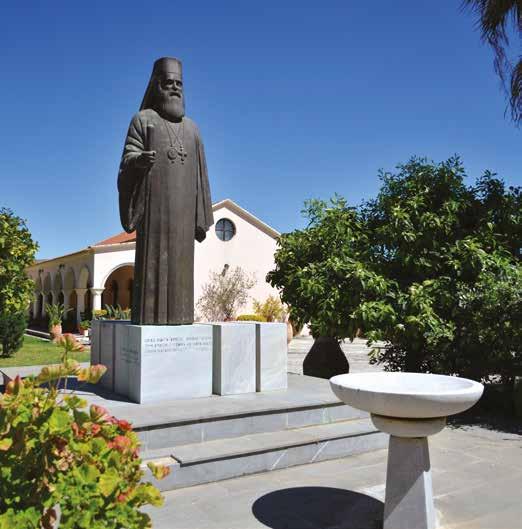
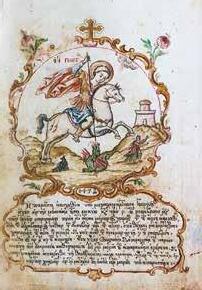
Above: “Service of the Great Martyr George”, manuscript by G. Gounales, late 18thh century, Monastery of Epanosifis.
Left: The statue of Archbishop Eugenios of Crete in the Monastery of Epanosifis, by Yiannis Parmakelis.
social contribution of the monastery is still important today. The south aisle of the two-nave basilica of the Katholikon is dedicated to Saint George and the north aisle to the Transfiguration of Christ. The monastery has a library and a museum, where one can admire icons, sacred vessels and other relics, as well as exquisitely illustrated manuscripts.
For years, the farmers of the region have had a special respect for Saint Georgios Epanosifis. If a shepherd is accused of rustling, they will come to the icon of the saint to swear that they did not steal! On Good Friday, after the procession of the Epitaph, the litany goes to the sheepfold and the animals of the monastery pass under the Epitaph, a custom that is also common in other monasteries of Central Crete, such as the Monastery of Agarathos.

The author Nikos Psilakis.
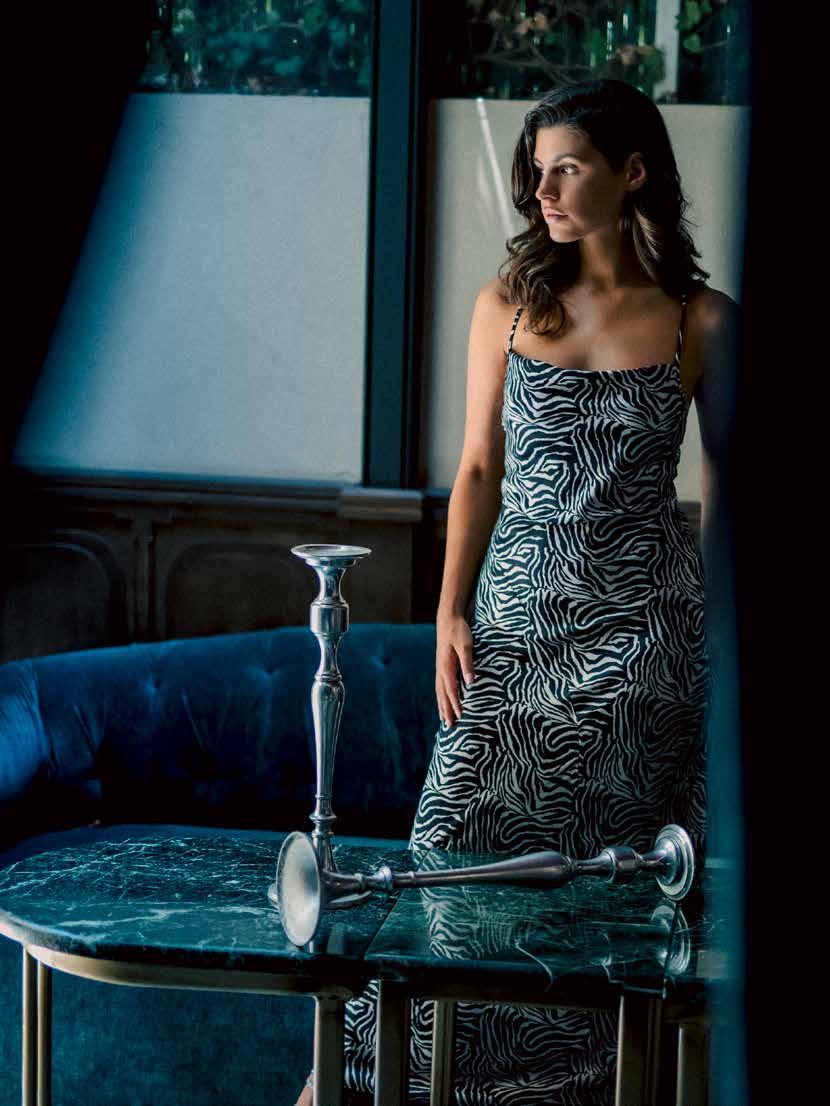

A GIRL WHO IS BOTH EARTHY AND ETHEREAL, AN ACTRESS WHO WINS ROLES AND HEARTS, TALKS ABOUT HER JOURNEY FROM DANCING TO ACTING AND FINALLY TO SUCCESS.
ΑΠΟ
ZOE PAPADOPOULOU ΦΩΤΟΓΡΑΦΙΕΣ: ΑΝΔΡΕΑΣ
PHOTOS: ANDREAS SIMOPOULOS
ΕΠΙΜΕΛΕΙΑ: ΣΟΦΙΑ ΤΣΑΚΙΡΗ, ΜΑΚΙΓΙΑΖ-ΜΑΛΛΙΑ: MORFE
EDITOR: SOPHIA TSAKIRI, MAKEUP-HAIR: MORFE
Cholargos-New York-Cyprus-Crete-Cholargos: Danae, who first loved dancing and then acting, will go wherever it takes her with the same passion and energy to embrace the love for every role and every challenge. As if on a journey without a destination, on which she sails happily, humbly submitting to the demands and needs in return crown her with a haze of success. .
Did you always want to be an actress?
I always enjoyed doing the school events, especially the dance part, as I also did rhythmic gymnastics. Even at the summer camp I was organising groups to choreograph different sketches. But when I was at school, my goal was to become an architect. I liked design, I was admiring the buildings, and in general it never occurred to me that I could do anything that didn’t involve university and studying. My parents, meanwhile, have always been very supportive people. In senior high school, a director and a choreographer approached the Parent Teacher Association and we were told that anyone who wanted to audition for a show they were putting on could do so. Those of us who ventured out did what came naturally, because we didn’t know much. In the end, they chose me as the main character of the show. The

choreographer even suggested that I join her school to start classes. So I fell in love with dancing and I told my parents -who supported me even though they weren’t so well off- that I didn’t want to take the national exams, that I would get a job and take exams at the Greek National Opera or wherever to do this job. They accepted it. When I finished school, I found a dance school, the House of Performing Arts (HOPA) in Panormou, which gave scholarships. So I went there, got a scholarship and worked at the same time.
Great perseverance shows great passion... Imagine, after my first year, because my whole family knew how much I wanted to go to New York, all my aunts saved up money and gave it to me so I could go there and take dance classes. So I came to my dream, the Broadway Dance Center, and because they do both Broadway and musicals in a way, I took a little bit of acting.
How long did you stay in America?
Four months, the length of my visa. The truth is that I came back with a heavy heart, because I met people there who told me that if I wanted to stay, I could work and they could help me get the papers I needed. But I was very scared at the time -–I still think about it and can’t understand why.
What was your overall experience?
I loved being in a place where nobody knew me and I could introduce myself from the beginning, leaving behind all the mistakes I had made in my life. Even though I was only 19, I felt like I was getting to know myself again.
Was returning to Greece and settling in again easy or difficult? What can I say? What happened was incredible, because when I came back I got a message from Andreas Georgiou asking me if I was a dancer and if I was in Greece. I think he had seen me on some casting calls I did for commercials to make some money. I said yes and he told me that he wanted me to go to Cyprus for casting, for a series he was working on and he wanted a dancer. So I went, but I had no idea what a script was, what a role was, nothing. They gave me a piece of paper that said “Graham dance” and told me to do a sensual dance. But there is nothing sensual about Graham’s dancing. So I took the liberty at that moment to tell him that what he was asking for was not Graham, but something more modern, and I demonstrated the difference. So he told me what he wanted, I did two scenes and he told me to stop. I thought I wasn’t what he wanted, but I said to myself “it doesn’t matter, at least I saw Cyprus”. But on the way back to the hotel the producer told me they wanted me and would send me the script so I could tell them what I thought! In the evening, in the hotel, I read the script and saw that my character, whose name was Anna, was in all the scenes. I called them and told

I loved being in a place where nobody knew me and I could introduce myself from the beginning
H&M guipure lace
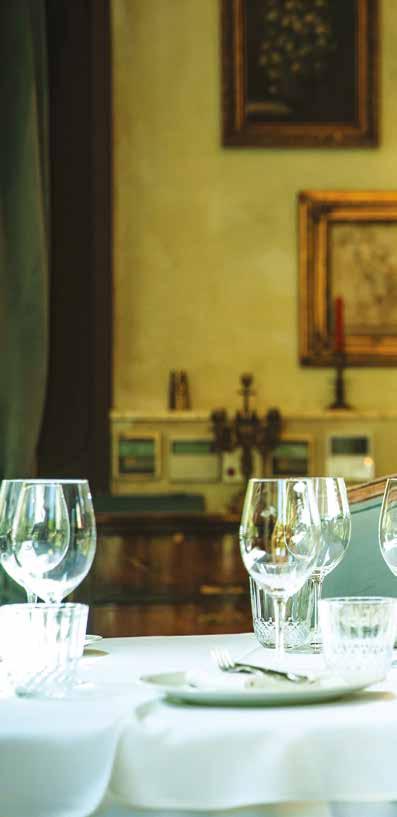
them that there must have been a mistake because I thought I was going to do four scenes and I saw that I was going to do almost all of them. They replied that I would be the star of the TV series “The Tattoo” -and I was only 20 years old! In all my innocence and ignorance of what television, publicity and all that meant, of course I accepted, and since then a whole new world has opened up to me. I fell in love again with something much more intensely than I had fallen in love with dance.
From then on you didn’t stop for a day. Indeed, and at some point I would like to find the time to do at

least a few seminars, here or abroad. After “The Tattoo” came “8 Words” and then “Sasmos”. How I played in “Sasmos” is also a rather funny story -at least that’s how I see it. It was during the Covid quarantine, when we were locked down and I was going through a very difficult time psychologically. After that, I thought I’d like a role in a show that wasn’t a lead, but was interesting, that would help me develop and that would be very good. I was thinking about it so intensely, I guess I brought it to me! They called me and told me to go to a casting call for “Sasmos”. I had read the book, I knew the roles very well and I had Thodora in my head, for me. But I was called to play Jenny. But when the

I think the biggest part of the success of “Sasmos”, apart from the production people and the actors, was Crete
director saw me, he said “you won’t be Jenny, you’ll be Thodora”! So I did a casting for Thodora, they called me and that’s how I really got what I wanted.
“Sasmos” became a huge success. When you were filming, did you feel this “weight”?
No, I didn’t feel that way. What really impressed me was how we all bonded together. From the beginning I felt a good energy between us. The atmosphere on the set was very good. We would help each other and we were all very excited. We wanted to work, to build relationships, to develop what we were doing as much as possible.
What do you see as your greatest strengths and what are the difficulties in your job?
I think I find it easier to do fight scenes because they are more spontaneous and clearer, whereas scenes that have a meaning behind them, where you have to say something but not say it exactly, imply it, make it more difficult for me. It takes more concentration and a lot more work.
In terms of your personality traits, which ones help you the most and which ones hold you back?
I think something that holds me back is my insecurity about whether I really belong where I am, although I’ve never felt the opposite from any colleague. It’s in the back of my mind because the way things have turned out for me, sometimes I wonder if it’s a bit of a coincidence. On the other hand, over the years I’ve gotten better at concentrating on what I’m doing, which was very difficult for me at first.
Has a fellow actor or director told you what your gift is? Because it’s certainly not luck that this is happening to you...
I was once told that it is my gaze, it is full, expressive. In the close-ups, it’s my gaze that wins. What I can say about myself is that I am a true professional. I manage my stress or my nerves, because neither the hairdresser, nor the make-up artist, nor the cameraman are to blame for my mental state. I always try to be polite and joke around, within reason. A good atmosphere is good for everyone and I always want to contribute to that.
Did you like the excessive fame that came with “Sasmos” or did it upset you? How do you manage it?
It’s very strange. I’ve experienced it before with “The Tattoo”, but I’m generally not good at managing it. It seems very frightening to go into the house of thousands of people every night, but the truer you are, the more you are yourself, there is nothing to be afraid of, nothing to be careful of, because you are only showing your character, your truth. When someone comes up to me on the street and talks to me because they’ve seen me in the show they like, it’s a great gift for me. Publicity can bring out what’s inside you, people understand your character, you can’t hide anything.
Οver the years I’ve gotten better at concentrating on what I’m doing, which was very difficult for me at first
What is your opinion about Crete?
I think the biggest part of the success of “Sasmos”, apart from the production people and the actors, was Crete. There is no denying the beauty of this land, the warmth of its people and how much Crete is loved by all of Greece. When I found out that we were going to shoot in Crete and that we were going to do so much about its history and Cretan customs, I was very, very happy. And the response of the people there was great. I remember one morning on the set someone shouted at me “come on, Thodora, have a drink of raki!”. And you can’t say no to such hospitable and open people.
Do you have a favourite Cretan food or dessert?
I’m dying for lychnarakia! I can go all day without eating anything else.
What are your professional plans for the future?
On television, I will be back on Alpha next year in “Agios Eros” (Holy Love), directed by Spyros Michalopoulos, which will take the place of “Sasmos”. I’m cast to play a girl in 1950 who is 18 years old, in her last year at school, and somehow life gets in the way and she gets emotionally involved with a priest. Dimitris Gotsopoulos will play the role of the priest. For me, this is another bet. In the theatre, we will continue for the second year with the play by Reppas-Papathanasiou, “For Life!” at the Piraeus 131 Theatre.
The photo shoot took place at the Giacomo Kifissia restaurant (giacomo.gr), to the management of which we would like to express our gratitude for the hospitality.

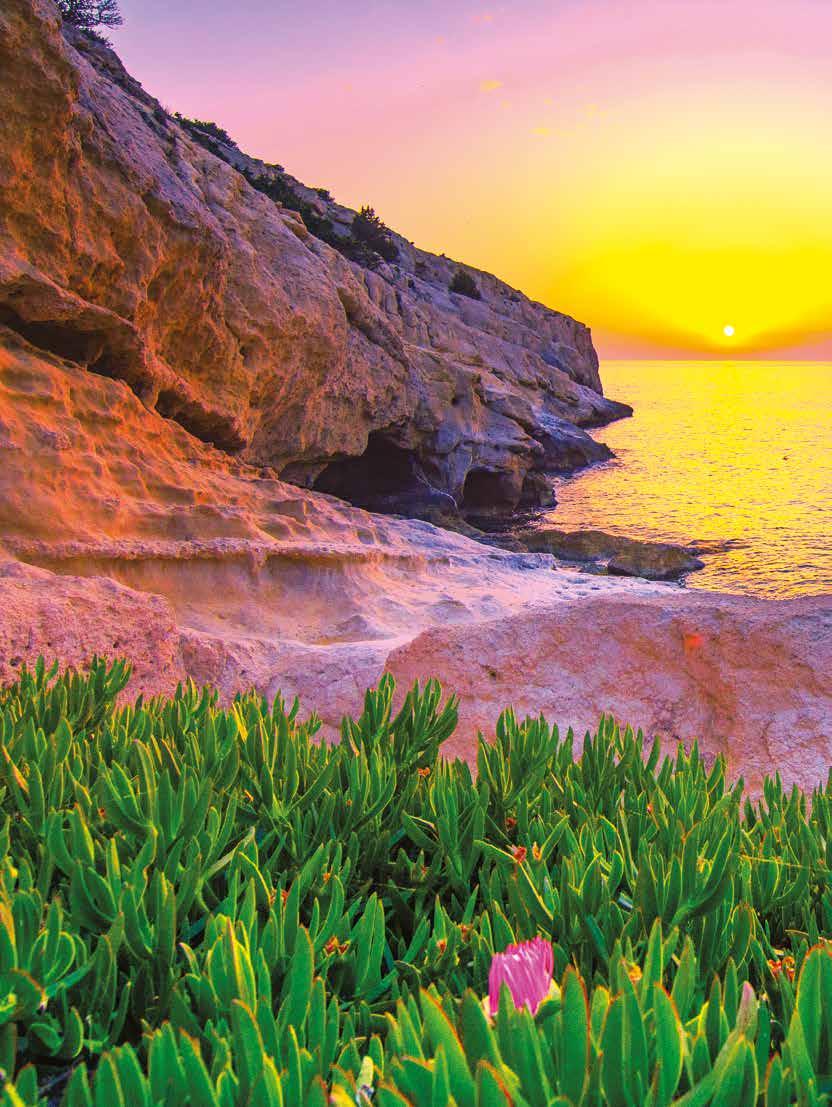


THE BEST PLACES IN CRETE TO DAYDREAM WHILE WATCHING THE MAGNIFICENT IMAGE OF THE SUN SETTING INTO THE ENDLESS BLUE; AND CAPTURE IT WITH YOUR CAMERA -NO FILTERS NEEDED.
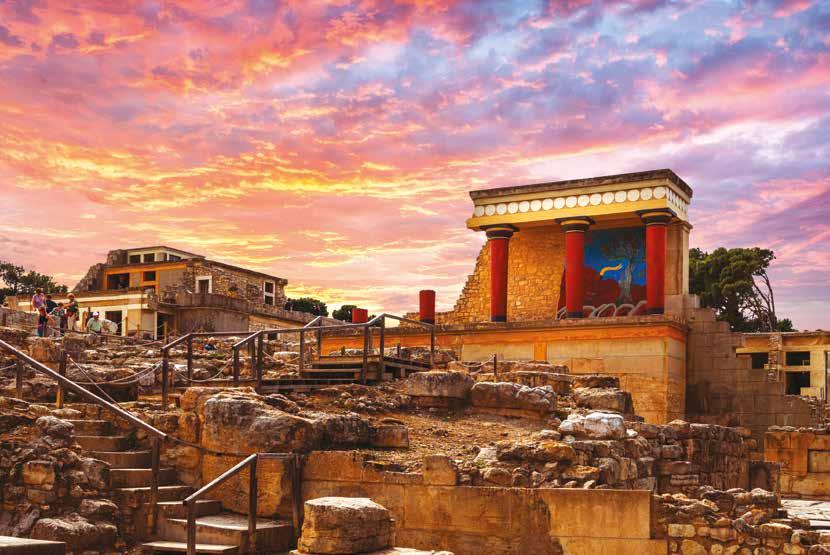

From beaches with clear blue waters to steep coastlines with towering lighthouses, from cosmopolitan destinations to the mountain villages of the Cretan countryside, fragrant with thyme, oregano and rosemary, wherever you choose to watch the sunset, it will certainly be unique. Because every time the sun dips below the horizon, the magic is so tangible that it feels real. An inexhaustible range of colours, vibrant pinks, oranges and fuchsias, but also purples and crimsons, seem to explode against the clear sky or the deep blue of the sea. And when this magic is combined with a refreshing summer dive and the enjoyment of authentic Cretan cuisine, accompanied by a glass of mellow wine or a cool raki, the sunset is definitely the best moment of the (summer) day. Because nature is taking off and so are we!
Inextricably linked to the Minoan palaces of Knossos and Phaistos, and the turbulent history of the Great Fortress, or Chandax as Heraklion was once known, the capital of Crete is not only famous for its history and natural beauty, but also for its legendary sunsets,

which impress romantics, poets, lovers and all those fascinated by the magic of nature.
In the bay of Messara, 65 km south of Heraklion, the much photographed Kommos, with its impressive sand dunes, tamarisk trees, cedars and clear turquoise waters, retains its wild beauty. The loggerhead sea turtle (Caretta caretta) comes here to lay her eggs. This is not surprising, as it is a protected area, thanks to the impressive monuments unearthed by archaeological excavations, which attest to the existence of the nearby seaport of Phaistos. The scenery becomes even more spectacular as the sun sets behind the Paximadia Islands, which seem to change shape as you look at them. The sky is painted in a feast of colours, the scent of sea lilies fills the air and Volakas, the islet that emerges from
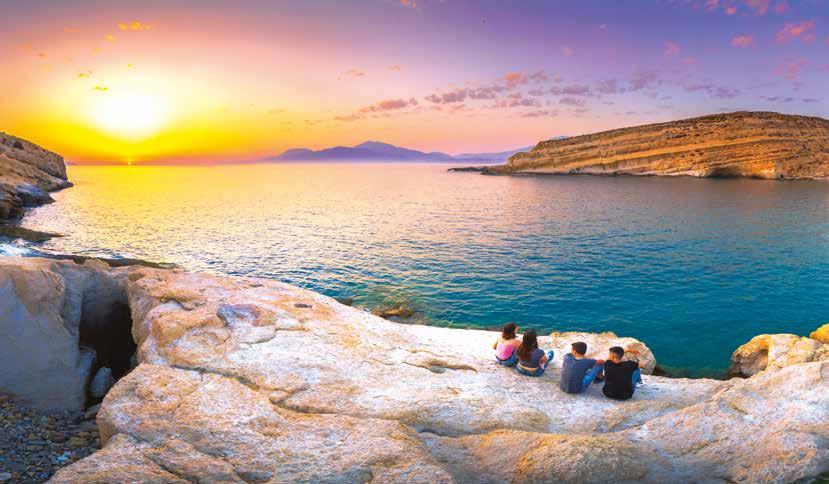
Matala, Heraklion.

the water, recalls the myth of Polyphemus, hurling a huge rock at the ship of Odysseus, who had just escaped with his companions from the cave of the terrible Cyclops.
The iconic beach with the world-famous limestone caves carved into the rock, a trademark of the legendary “flower children”, is now fully organised but still attracts crowds of travellers. So is the exotic Kokkini Ammos Beach, a favourite destination for nudists, that can be reached by following the marked path from Matala (or by sea). The natural beauty of both is undeniable -as is the sunset, which captivates visitors today as much as it did the hippies of the 1960s.
The crystal clear emerald waters of the beach at the end of the gorge reflect all the shades of a magical sunset. However, to experience this unique moment, you must first walk two kilometres through the homonymous gorge, among aromatic bushes and oleanders, pass by the caves where the ascetics lived, quench your thirst at the fountain of the chapel of Agios Antonios and see the Goumenospilio, where, according to local legend, the ascetics gathered to see how many were still alive. Of course, there is the alternative, which is certainly easier: by boat from Matala, Kaloi Limenes or Agia Galini. Nevertheless, when you step out into the sea as the sun sets through the vertical cliffs, the view is breathtaking.
These may be the party animals’ favourite destinations, but one of the most spectacular sunsets I have ever seen was on the beach

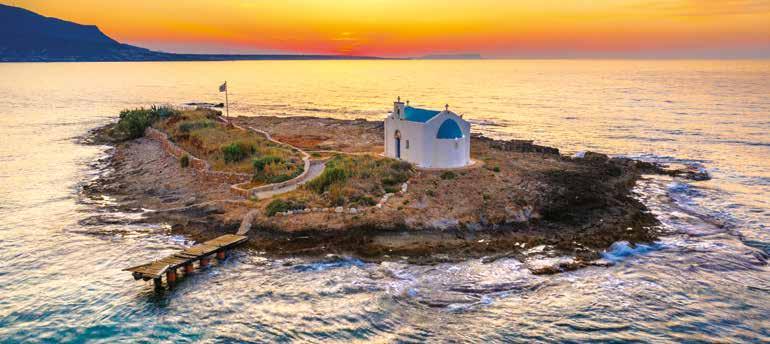
at Hersonissos Camping –a truly exhilarating moment when the sky turned the deepest pink and later, as the magic disc slowly sank into the sea, it took on violet hues. And if you want a break from the bustling nightlife, take a stroll at dusk along the quiet Potamos Beach, just outside Malia, near the Minoan Palace. Here lies the protected wetland of Malia Marsh, with its rich coastal vegetation and reed beds, where many species of birds find hospitable shelter.
Its name probably comes from the Byzantine general Krateros, who led 70 ships in an unsuccessful attempt to free Crete from Saracen pirates in 828. About 7 km from Heraklion, in the bay of Karteros, lies a vast golden sandbank with unique beaches, both organised and unorganised, such as Karteros, Xenia, Amnisos and Tobruk, as well as remnants of antiquity, including the Eileithyia Cave, named after the goddess of childbirth, a Minoan port and a mansion. Watching the sunset in such a special place that combines natural beauty with a long history is certainly unique -especially when you see the horizon turn orange behind the Isle of Monocharako.
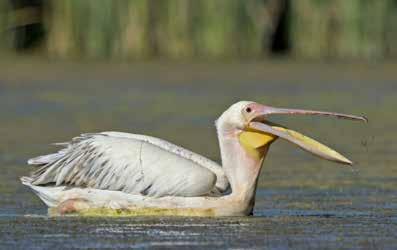
Pelecanus onocrotalus,
Mαλίων. Pelecanus onocrotalus, Malia March.
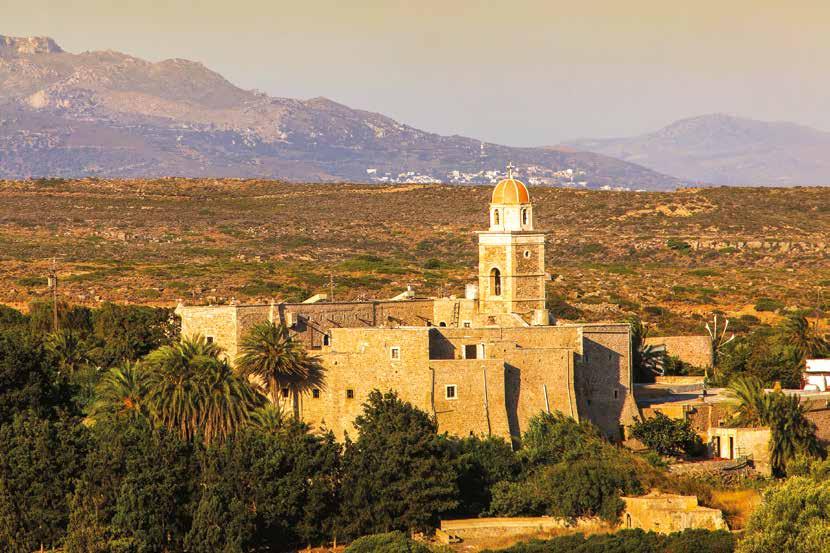
Imagine admiring the colours in the sky as you ride through peaceful Finikia, just a few kilometres from Heraklion. Or feel the sea breeze on your face as you gallop along the endless beach of Ammoudara. And if you are sailing enthusiasts, what could be more ideal -and romantic- than a unique sunset in the middle of the sea, in the bay of Agia Pelagia. From afar you can see the namesake beach with its emerald waters, 21 km from Heraklion in the region of Achlada. There, is the cave of Evresi where, according to tradition, the icon of the saint was found. In the 13th century, the monastery of Agia Pelagia, one of the most important in Venetian Crete, was built a little further up, but it is no longer in use. The traditional festival for the name (8 October) was so important that crowds of worshippers flocked to the site -and if they had a health problem, they would bury their ailing body part deep in the sand to find a cure.
The unspoilt natural landscape of the Sitia UNESCO Global Geopark in eastern Crete offers an unforgettable experience. Coastal areas alternate with mountainous ones, the sea breeze mixes with the aromatic herbs of the mountains, and the opportunity to explore a vast network of routes on foot or by car is truly unique. On the way to Vai and the famous palm forest,
as you approach the imposing Holy Monastery of Toplou or Panagia Akrotiriani, which dominates the rough landscape with its fortress character and ornate high bell tower, the nightfall is definitely unique. Its long history is equally unique. Built in the 14th century, it has survived pirate raids, conquest and war, and over the centuries has been a safe haven and a centre of letters and the arts. It is no coincidence that the concert given by Placido Domingo, Spain’s leading tenor, took place here in July 2023, against the backdrop of the most spectacular sunset. Magical moments can also be experienced on the small beach in the Mirabello Bay, in Vlyhadia and on the seven-kilometre-long islet of Chrysi or Gaidouronisi, opposite Ierapetra, which can be reached by boat. The beach with its golden sand, turquoise water and small seashells, reminiscent of distant exotic destinations, and the cedar forest of incomparable beauty, are part of the NATURA network -and together with the sun setting on the Libyan Sea, create a setting of unparalleled beauty.
In Rethymno, one of the best-preserved medieval cities in Greece, visitors are immersed in a journey back in time. But they are also immersed in the magnificent sunset that paints in all its shades the cobbled streets, the atmospheric Old Town, the Venetian harbour, the Fortezza, the imposing fortress perched high on the hill of Paleokastro. However, it is said that the most romantic sunset is the one enjoyed by visitors at the beach of Agios Pavlos, 57 km from Rethymno. An impressive beach for its unspoilt beauty and crystal blue waters, but most of all for the imposing sand dunes that turn
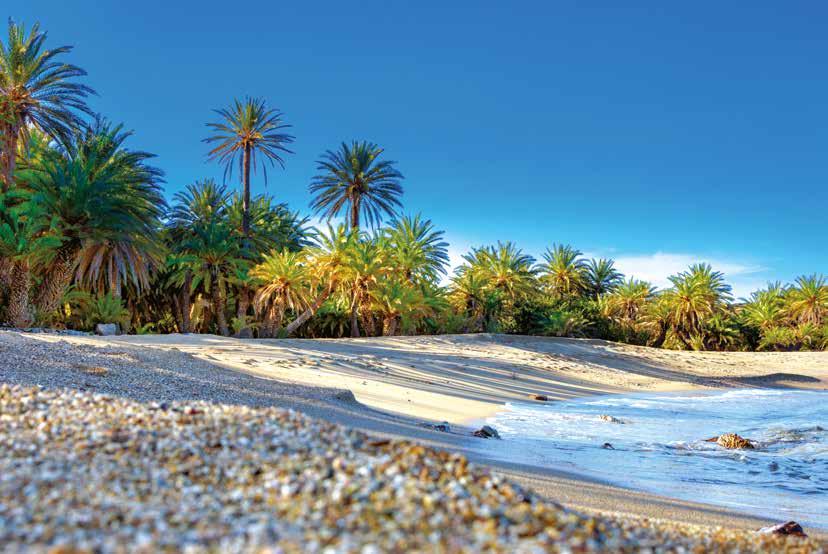
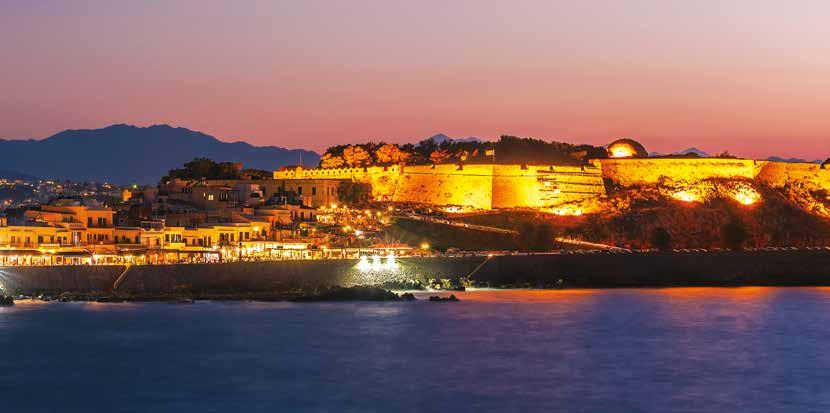
Forteza, Rethymno.
Xανιά:
bright red as the sun sets. The panoramic view of the endless blue and the islands of Paximadia from Mount Thronos, which overlooks the beach, is an absolute must. The same goes for Triopetra, named after the three rocks that rise out of the turquoise waters and form the border between two beautiful beaches where you can admire an impressive sunset. A completely different experience is to watch the sun set over the sea from the back of a horse at the Paligremnos, Plakias, a protected geological landscape and natural formation, or along the eastern coast towards Ammoudi.
In the Venetian port of Chania, with its emblematic lighthouse,


the sunset is a work of art. One can admire it by walking along the harbour, or high up from the tombs of the Venizelos family, or from the famous Tabakaria, the 19th century tannery, or from the small harbour of Nea Chora, while enjoying seafood snacks. Or, again, one can watch the sun disappear ceremonially into the sea on Agioi Apostoloi or the endless beach of Georgioupolis. However, it is when the rose-red sands of the exotic Elafonisi Beach take on golden hues and the clear blue waters turn violet, or when the turquoise lagoons of Balos and Gramvousa are set alight with their wild natural beauty that all the senses are awoken. And the icing on the cake is Phalasarna. On this endless, three-kilometrelong beach of thick white sand and crystal-clear turquoise water, 59 kilometres from Chania, the sunset is a magical moment that will remain in your memory forever. And if you reach the southernmost tip of Europe, Gavdos, you can admire the sunset from the restored lighthouse of Ambelos -the most miraculous painting that only nature can create.
harbour.
πίνακα


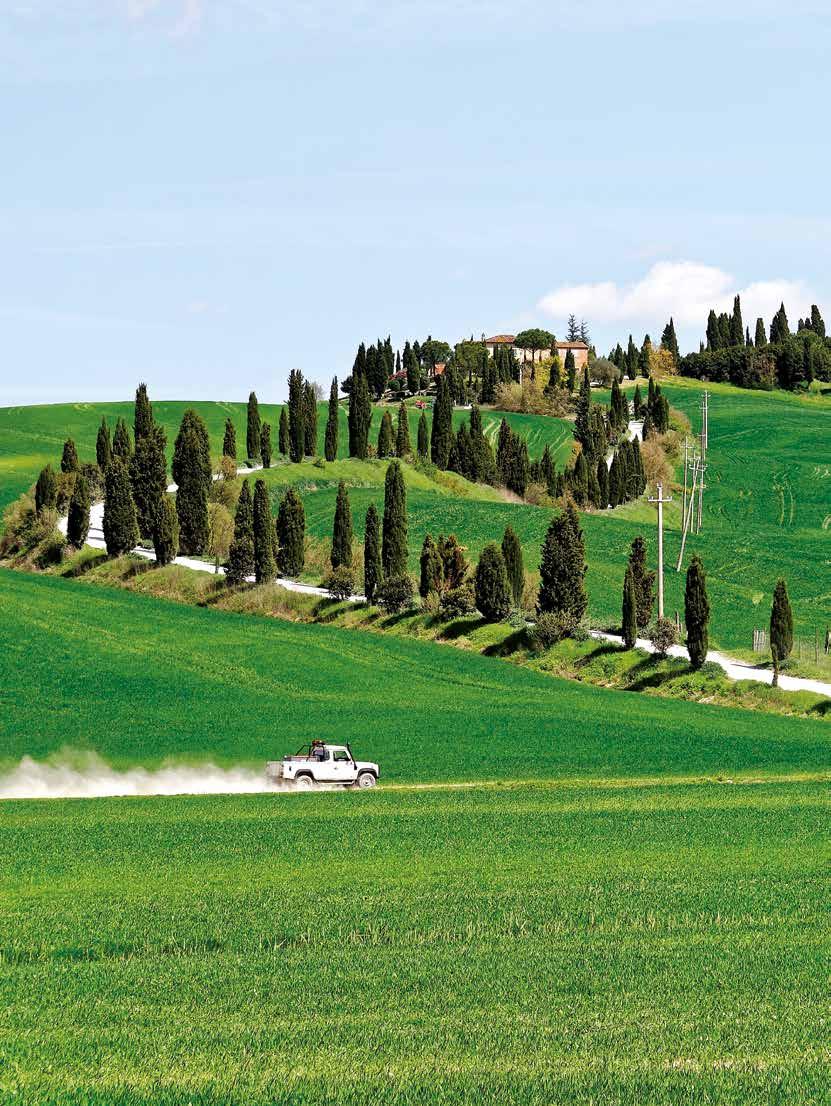
THE TRIP TO ITALY STARTS FROM IGOUMENITSA -WE SAIL WITH MINOAN LINES TO ANCONA AT 9:30 PM. FOR THE NEXT 10 DAYS WE DRIVE AROUND ITALY AND DISCOVER ITS SPECIAL BEAUTIES AND AMAZING MONUMENTS.
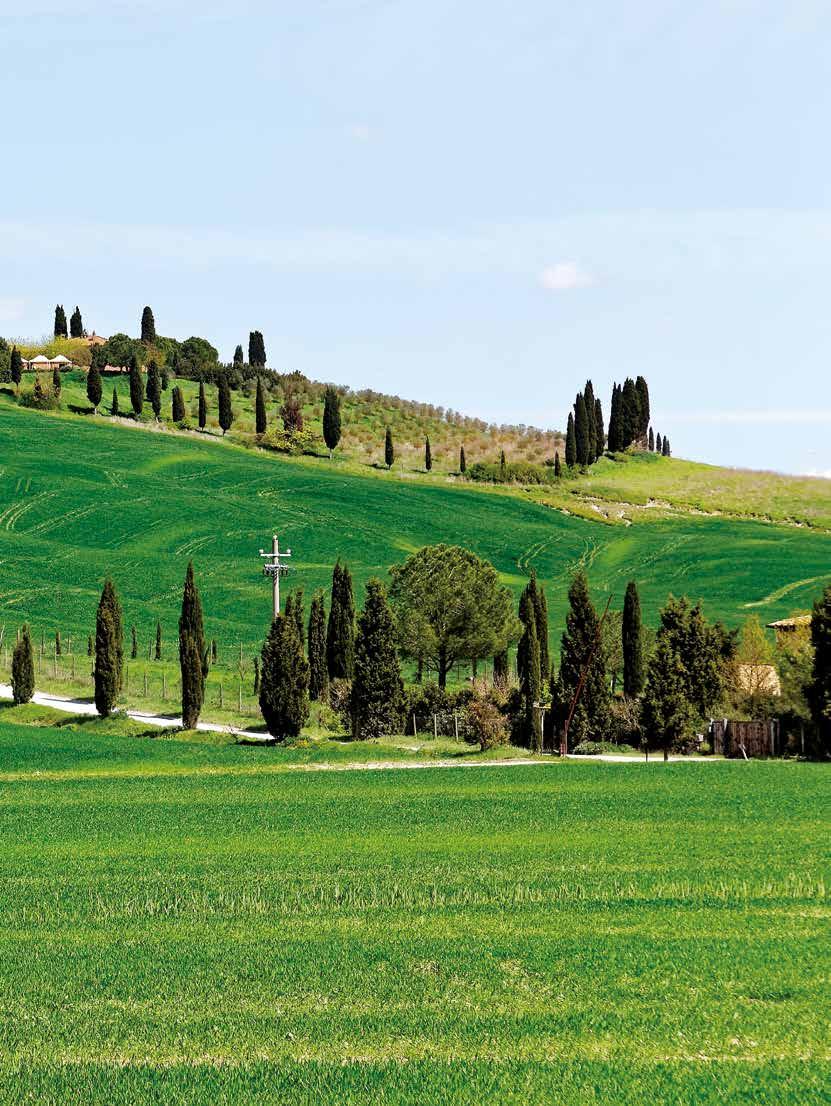
Ferretti,
Palazzo
We drop anchor just as the afternoon breeze begins to cool and Ancona turns a golden hue. The bustling Adriatic port is a city of authentic charm. We admire the arch of Porta Pia and the Lazzaretto, where the plague victims were quarantined -today it houses the unique Omero Tactile Museum, designed for the visually impaired, where we can touch works of art (copies, of course). We stroll through the historic centre with its architectural gems, tasteful shops and welcoming cafés. We visit the Cathedral of San Domenico and admire its imposing decoration with impressive copies of Titian’s “Crucifixion” and Guercino’s “Annunciation”, as well as the Church of Santa Maria della Piazza, built in the 12th century on the ruins of an early Christian church dating from the 4th century. We admire the Nine Muses in the relief friezes of the Theatre of the Muses and the imposing Palazzo Ferretti, which houses the Archaeological Museum. We ascend the hill of Guasco to visit the Cathedral of San Ciriaco, the symbol of the city, and admire the magnificent view. Το Lazzaretto (ή Mole Vanvitelliana)
The Lazzaretto (or Mole Vanvitelliana) in Ancona.
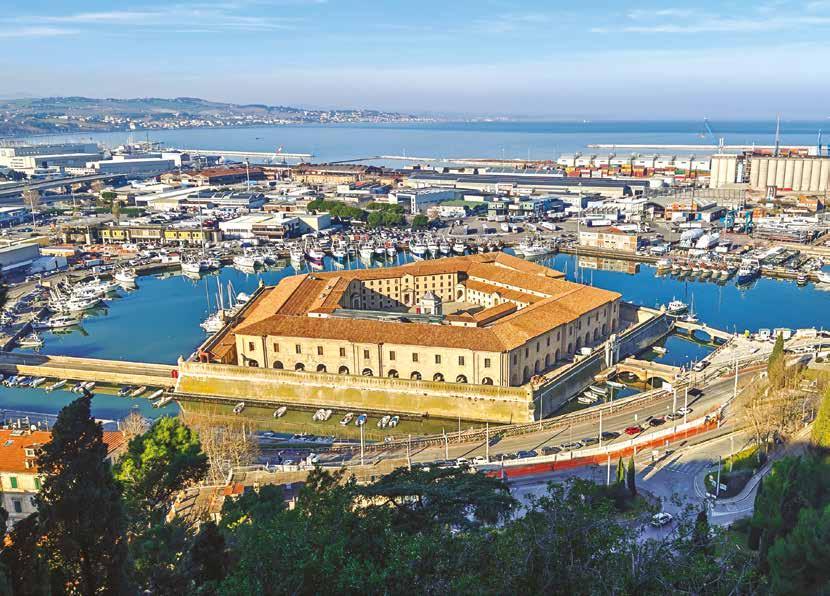
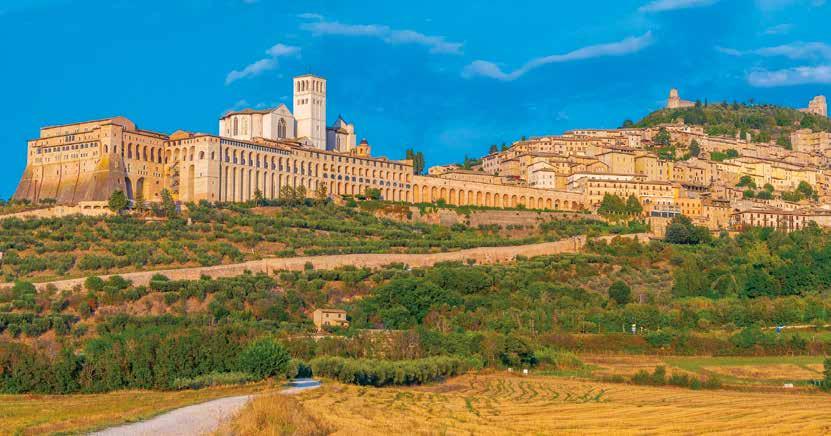
Before we leave, we cool down with the flowing water from the thirteen spouts of the Fontana del Calamo, in order to return to Ancona according to tradition. In the 130 km that separate us from Assisi, we cross an infinite green landscape, an infinite palette of colours that unfold in the hills, the fertile valleys with running waters, the vineyards and the lakes. Two hours later, we arrive at the UNESCO World Heritage Site -a city with a mystical charm that has been preserved intact from the Middle Ages and the Renaissance. We visit the Basilica of St Francis of Assisi (13th century), founder of the Franciscan Order, and admire the magnificent decoration of the two churches, with exceptional works of art and frescoes by Giotto, Cimabue and Martini. Although the saint came from a wealthy family, he gave up everything to help the poor. His life was a source of inspiration for great painters such as El Greco and Caravaggio, but also for the author Nikos Kazantzakis (remember his book “The Poor Man of God”). We stand for a while in Piazza del Comune and watch the history of the city unfold before our eyes, with remnants of the Roman market, the 1st century BC Temple of Minerva with the church of Santa Maria, the Tower and the Palace of the People’s Captains, the Palazzo del Popolo and other
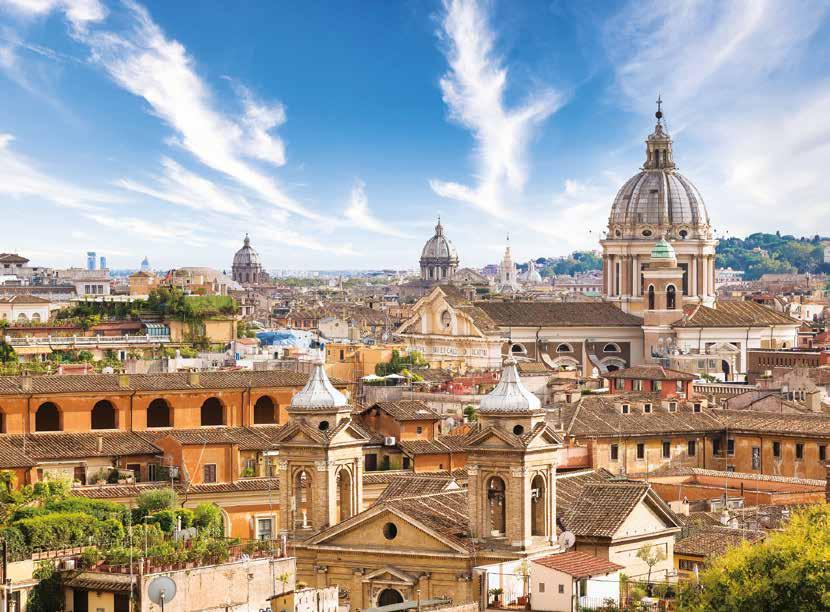
historic buildings. We walk through the arched streets with their romantic houses, blooming balconies and picturesque squares. We admire the two castles -Rocca Maggiore and Rocca Minore- and the church of Santa Clare, founded by the Poor Clares, also known as the Order of Poor Ladies.
Fontana di Trevi,
Piazza di Spagna
Fontana della Barcaccia,
There is only one reason why we would leave Assisi and drive 180 km -la bella Roma! Although it takes at least a week to savour the whole city, we will get a small taste in just two days -after all, the Eternal City is always here! The historic centre is irresistible: the cinematic Fontana di Trevi, the Piazza di Spagna with the Fontana della Barcaccia, in the shape of a half-submerged boat and the famous scalinata (the Spanish steps), the beautiful Via Margutta, where the famous film director Federico Fellini lived, the splendid Piazza del Popolo with the Egyptian obelisk, the baroque Piazza Navona, with its impressive fountains and the painters around them, the Roman Pantheon, with the holes in the floor where the rainwater “disappears”, and the
βροχής,
Via del Babuino. Το
Trastevere,
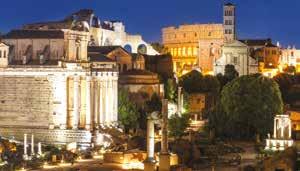
Fori Ιmperiali στη
Ρώμη. The Fori Imperiali in Rome by night.
picturesque Jewish quarter, with its long history. For a journey into history, visit the Colosseum and the Roman Forum, while for a trip into famous Italian fashion, admire the impressive shop windows and architecture of the buildings in Via del Corso, Via Condotti and Via del Babuino. In the evening, it’s Trastevere’s turn, the entertainment hotspot. In between our wanderings, a pasta alla gricia (a classic Roman recipe with smoked guanciale) enchants the palate, along with a pizza romana. But also a cone of ice cream (gelato in Italian), a maritozzo, a sweet bread filled with cream, and a negroni in the beautiful squares of Rome.
Next destination, Naples, 230 km away. An exuberant, vibrant, spirited and utterly charming city. Like a cinema diva with... Neapolitan
Quartieri Spagnoli,
Quartieri Spagnoli, the picturesque district of Naples.


temperament! Driving here is an “unforgettable” experience -so it’s best to walk. In the shadow of Vesuvius, red, yellow, pink, terracotta houses that seem to be fading but remain alive, with balconies and laundry spread out, with graffiti by the most famous street artists of our time. The Neapolis of the ancient Greeks, with its impressive castles, is Maradona’s Naples. But also of the one and only Sophia Loren and “Toto” (Antonio De Curtis), the leading comedian from the film “Persons Unknown”. And pizza napolitana, which we can’t get enough of, but also sfogliatella -the amazing pastry with endless folds of dough and sweet ricotta cheese. We get lost in the cobbled streets of the historic centre and the commercial Via Toledo, with its coffee shops, bars and traditional trattorias that smell of garlic. We walk along the atmospheric Via Spaccanapoli and the adjacent narrow streets with their squares, alleys and churches, visiting the church of Santa Chiara with its Gothic bell tower and beautiful garden decorated with yellow, blue and green painted tiles, and the impressive Piazza Plebiscito to admire the Royal Palace. We “climb” the Vomero hill for a great view of the sunset or go to the Quartieri Spagnoli to enjoy the delicious cucina povera, the cuisine of the (poor) south of Italy, which is anything but poor in taste. Naples has caught us in its nets, but a look-in to the legendary Pompeii is a must. We visit the ruins of the city that was buried forever under successive layers of volcanic ash during the great eruption of Mount Vesuvius in 79 AD. The experience is breathtaking -streets, houses and mansions with impressive frescoes and mosaics, ancient temples such as those of Aphrodite, Apollo and Zeus, palaces, squares, amphitheatres, as well as brothels and the fast food of the time. The “exhibits” that truly strike us, however, are those who did not manage to escape. Pliny the Younger wrote of the fateful last moments of the inhabitants, their cries and sobs as night turned to day and fear drove them to seek even death. A tragic moment in time, evidence of a city lost forever.
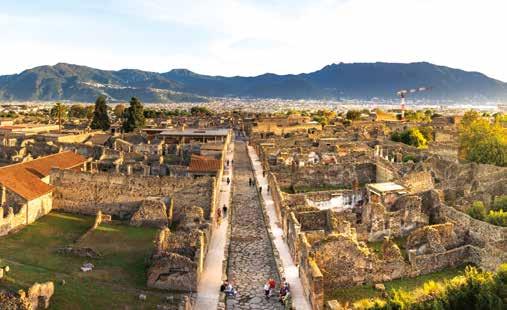
Above: The imposing Vesuvius above Naples.
Left, bellow: The stunning archaeological site of Pompeii with its very important findings.
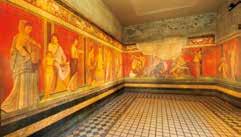
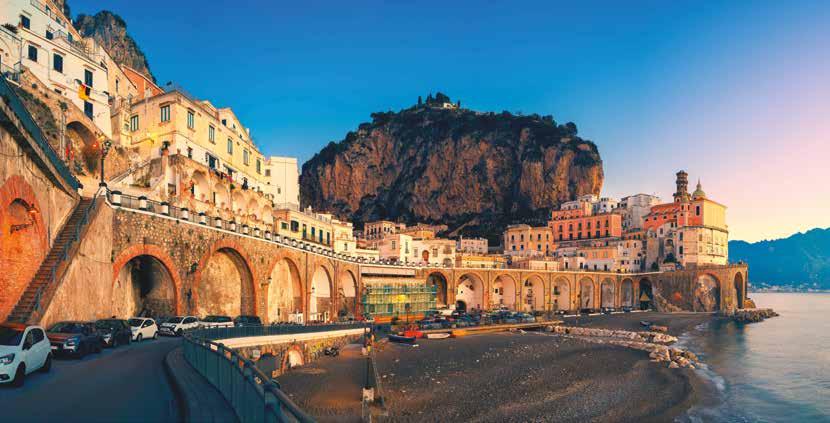
View of the amazing coastline in cosmopolitan Amalfi.
Costiera Amalfitana,
It’s time for the most impressive stretch of our journey -the Amalfi Coast, a stunning 70 km long coastline that combines Mediterranean natural beauty, architectural treasures and a rich history of peoples and cultures. Our first stop is Sorrento. We admire the infinite blue of Piazza della Vittoria, take a swim from the piers with their characteristic striped parasols and enjoy an aperitif in a cosmopolitan hotel. We continue on the winding Strata Stradale 163, the historic road carved into the vertical rock -the countless sharp turns make for a truly unique driving experience. Deep blue waters mingle with the green of the hills, picturesque fishing villages with the cosmopolitan destinations of the Italian Riviera, vineyards and fragrant lemon orchards, white and colourful houses and magnificent villas, and an incredible view of the Gulf of Salerno. We arrive in Positano, the favourite destination of the international jet set and artists, with its pastel coloured houses that enchant us at first sight. We head down to Spiaggia Grande, the long beach, to soak up the sun -and get a taste of Italian finesse. And of course we try a cool limoncello, a refreshing lemon sorbet, or a delizia al limone, a sponge cake filled and topped with rich lemon curd -all iconic, made from the region’s famously aromatic lemons.
The next morning we set off early -after all, we will be walking through the countless alleyways of the villages we encounter, seemingly floating above the endless blue. Our attention must be undivided: the road is very narrow, but the view is more than rewarding. Passing through the idyllic fishing village of Praiano, we head for famous Amalfi, a favourite destination of celebrities from around the world. We visit the impressive Duomo, get lost in the streets, shop in the little shops,
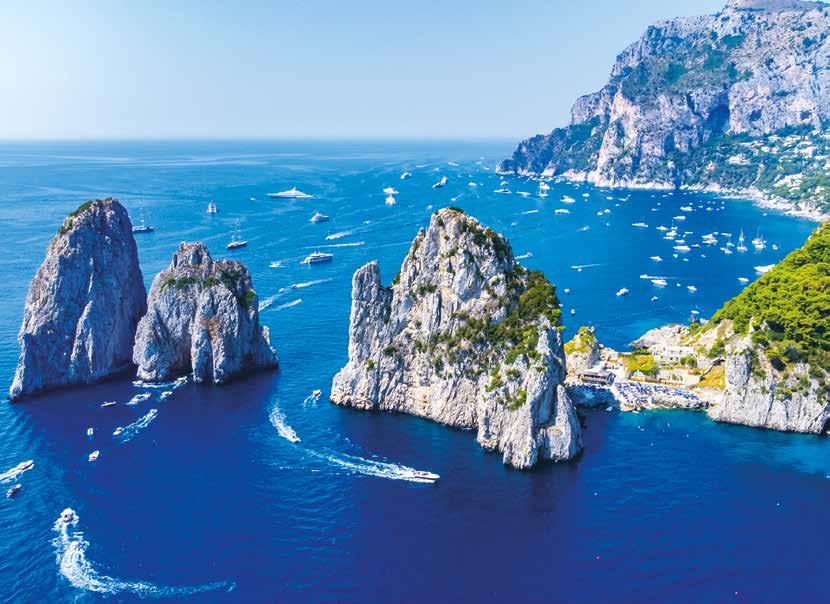
The breathtaking view of the Amalfi coastline.
indulge our senses with authentic tiramisu -and become “protagonists” of an impressive cinematic setting. We ascend to the aristocratic Ravello and visit Villa Rufolo with its beautiful gardens. The beautiful villages are endless: Maiori and Minori, tiny Furore with its fjord and emerald waters, and Vietri, famous for its beautiful ceramics. It is no coincidence that this stunning coastline has been a UNESCO World Heritage Site since 1997. We leave the Amalfi Coast at a time when the sun is turning the horizon a mauve hue and head for the stately Salerno. We explore the historic centre with its impressive buildings and picturesque streets and admire the Salerno Cathedral, dedicated to St Matthew, the imposing palaces with their Baroque architecture, the impressive castles and the Roman aqueduct. As night falls, the city lights up -time for a passeggiata along the coastline.
We set off early for our final destination, Brindisi. We have 337 kilometres to cover, but we will also make a detour to a destination on our bucket list. After 40 km we reach Paestum, the ancient
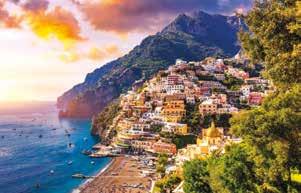
Greek city of Poseidonia (6th century BC), to admire the exceptionally well-preserved temples of Poseidon, Hera and Athena -a journey back in time to Magna Graecia. As the Minoan Lines ship leaves Brindisi at 22:30, it is a good opportunity to visit the historic centre and stroll around the old harbour. Walking through narrow alleys and arcades, past beautiful fountains such as the Fontana de Torres, which used to cool down the inhabitants of the old town, we reach the cobbled Piazza del Duomo, with its imposing cathedral and palaces of Baroque architecture. We admire the Roman Column, which rises on the steps of the Latin poet Virgil and marks the end of the Appian Way that connected Rome to Brindisi. We promise that next time we will visit the Archaeological Museum with its exhibits from the Hellenistic period. Now it is time to board the ship -and enjoy a delicious dinner and moments of relaxation after a unique and unforgettable road trip. And maybe to plan the next one. On board!
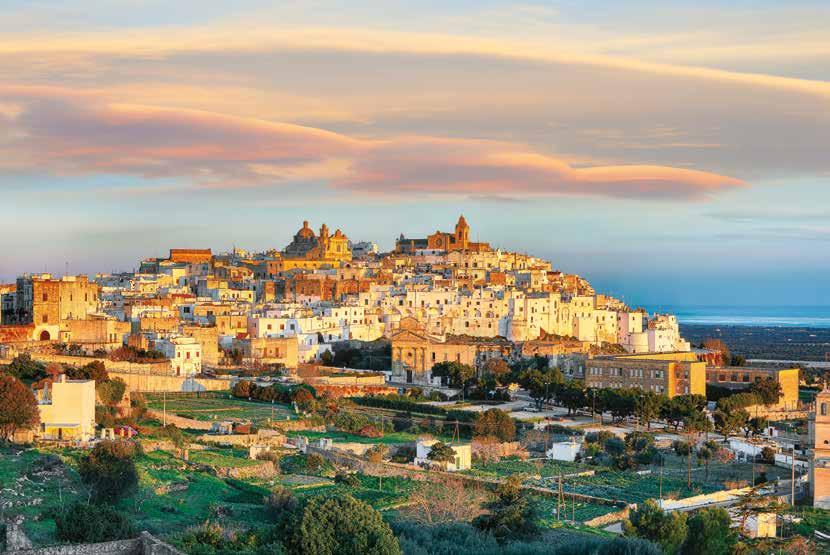
Above: The beautiful Positano. Below: The impressive Brindisi.
THE DYNAMIC CORPORATE GROUP OFFERS A WIDE NETWORK OF HIGH-QUALITY SERVICES FOR TRAVELERS IN THE MEDITERRANEAN.
With a long history dating back to 1947, the Grimaldi Group specializes in the operation of Ro/Ro (roll-on/roll-off) vessels, car carriers and ferries. It is a dedicated supplier of integrated logistics services based on maritime transport to the world’s major vehicle manufacturers.
Through its maritime services, the Naples-based group also transports containers, palletized/unitized cargo and passengers with a modern fleet of over 130 Ro/Ro and multipurpose vessels, pure car carriers and ferries.
The Grimaldi Group offers a wide network of maritime services for passengers in the Mediterranean Sea, under the Grimaldi Lines, Minoan Lines and Trasmed brands, and in the Baltic and North Sea, through the controlled company Finnlines.
Grimaldi Lines offers maritime connections to the most popular tourist destinations in Spain, Greece, Italy (including Sicily and Sardinia) and Tunisia.
Between Greece and Italy, the company offers frequent year-round services connecting Igoumenitsa to the Italian ports of Brindisi (Apulia) and Ancona (Marche). During the summer, services between both Italian ports and Corfu are operated as well.
Aware of the need to offer ever more innovative, highquality and competitive services to its passengers, the Grimaldi Group deploys a fleet of modern cruise ferries, providing cruise ship standard facilities, and new generation state-of-the-art Ro/Ro-Passenger ferries.
The flagships of the Grimaldi Lines fleet are the Cruise
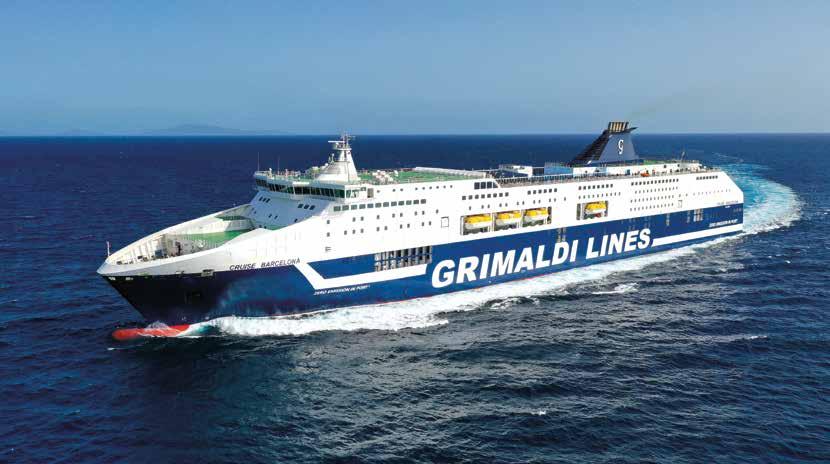
Roma and Cruise Barcelona, both deployed between Italy and Spain on the Civitavecchia-Porto Torres-Barcelona route. Despite being already the biggest cruise ferries in the Mediterranean, in 2019 they were lengthened and refurbished, which has enabled the two sister ships to transport up to 3,500 passengers. Moreover, thanks to mega lithium batteries, which are recharged during navigation, they can reduce emissions to zero while at berth.
Both vessels are equipped with 499 large, elegant cabins, 595 comfortable reclining seats, an à la carte and two selfservice restaurants, a swimming pool, a solarium bar and a modern wellness centre with sauna, hammam and massage room. On board entertainment services include a casino, a video game corner, a discotheque, a playground area for children and a 300-person conference room.
All the Group’s passenger ships perfectly combine excellent comfort on board with low-cost options. Special attention is given to families, groups of friends and students, with fare reductions offered on all routes. In addition, thematic events are periodically organised on board the Grimaldi Lines vessels mainly on the Civitavecchia-Barcelona route, while Grimaldi Lines Tour Operator offers ship and hotel packages in Greece, Spain and Italy (including Sardinia and Sicily).
The Grimaldi Group is the first Italian shipping company to have obtained the SMS, ISO 9001 and ISO 14001 certifications for Safety, Quality and Environment. Recent recognitions received by Grimaldi Lines for its outstanding performance in passenger transport include the World Travel Leaders Award (in 2016) and the Italia Travel Awards (in 2018 and 2019).



Thyroid surgery is commonly associated with a large neck incision, post-operative pain, prolonged hospital stay and often voice problems.

A(Fellow of the European

On the contrary, thyroid surgery performed by specialist surgeon Theodora Margariti and her team is a completely safe, painless procedure with a short hospital stay. Dr Margariti is a specialist Thyroid Surgeon with extensive clinical experience of over 1,200 procedures. She is an accredited Fellow of the European Board of Endocrine Surgery.
Small incision, plastic surgery techniques: We make the incision low on the neck, following a natural skin line. The incision is closed with intracutaneous sutures using plastic surgery techniques and hypoallergenic stitches. For the first few weeks after the operation, the incision is visible, but gradually it "blends in" with the skin lines and once the redness fades, it is virtually invisible.
Protecting the voice: We use the most advanced neuromonitoring device available, which protects the laryngeal nerve (the nerve responsible for moving the vocal cords) in all patients without exception.
Safety of the parathyroid glands (responsible for calcium in the blood): Particular attention is paid to protecting the four parathyroid glands, which are kept “alive” with a good blood supply. In cases where this is not technically possible, the parathyroid gland is autotransplanted into the muscles of the area without an additional incision. We do not administer calcium precautionally because we know which patients really need it.
Minimally invasive techniques using a camera: Minimally invasive video-assisted thyroidectomy (MIVAT) using an endoscope (camera) is performed in patients where indicated. We achieve a very small incision and minimal pain.
Modern haemostasis tools: We use the latest dissection and haemostasis tools, which allow us to minimise the possibility of wound complications and speed up post-operative recovery, while ensuring less damage to surrounding tissues, significantly less pain and an improved aesthetic result.
One-day hospital stay: Although patients need to be monitored for one day, no IVs or antibiotics are given, minimal simple painkillers are required, can be mobilised and is allowed to eat immediately.
Τι

Combined Intrarenal Surgery for complete elimination of kidney stones
When conventional treatments fail for the very large, complex coral stones that occupy the entire interior of the kidney, the solution comes from ECIRS.
ECIRS (Endoscopic Combined Intra Renal Surgery)

Combined Intrarenal Surgery is the simultaneous approach to the stone by ureteroscopy and percutaneous endoscopy.
The first mini camera is inserted directly into the inside of the kidney through a five millimetre hole in the skin. At the same time, the second one approaches the kidney endoscopically by ascending the ureter. This allows us to access every part of the kidney with flexible, thin endoscopes without disturbing the delicate interior of the kidney. The use of fine tools is sufficient as the large stone load is removed from the kidney by two simultaneous routes. In other words, every available method is combined in the same session to ensure that the problem is solved in the best possible way.
• Ability to utilise the abundant power of the laser in every part of the stone
• Complete elimination of lithiasis from the kidney and real relief from the problem
• Minimum possible “battering” due to the hole in the kidney
• No bleeding and no need for transfusion
• Reduced risk of infection
• Pulverisation of the stone regardless of size.
• Immediate recovery and return to daily activities (next day) without drainage tubes and stitches as with previous procedures
The world innovation of the ECIRS procedure is the complete supine position of the patient during the procedure. This patient position is the only one that supports the urologist’s comprehensive approach to upper urinary tract pathology. This modified technique eliminates the risk of thromboembolic events and joint stress. It is also the only one suitable for patients with increased body weight.
The ECIRS technique is also applicable to paediatric urolithiasis. In cases where we have formative kidney anomalies or a strong lithogenic tendency, it is necessary to protect the children’s kidneys. The combination of thin tools and a powerful Laser minimises trauma and ensures perfect stone removal.
The aorta is the largest artery in the body, and diseases of the aorta include increased diameter, severe lesions such as extensive atheromatosis, up to particularly acute conditions such as rupture or dissection of the aorta.


AAn aneurysm is defined as an increase in the diameter of the aorta of more than 150% of the normal expected diameter. It affects about 5 to 10 out of every 100,000 patients annually, with peak incidence in the sixties and seventies. Aneurysms are the main risk factor for aortic rupture or dissection, and the larger the diameter of the aneurysm, the greater the likelihood of these catastrophic complications.
Thoracic aortic aneurysms are associated with an increased risk of serious complications such as dissection or rupture, conditions that require urgent treatment. For this reason, general screening is recommended in highrisk groups such as hypertensive patients, smokers, obese people and those with a family history of aortic disease or the above mentioned syndromes.
Surgery for thoracic aortic aneurysms is a major operation and requires special experience. These can be repaired with grafts using mainly open surgical techniques, while the treatment of aortic root aneurysms is of particular interest. For aortic root aneurysms, the technique of aortic root replacement with preservation of the patient's valve (David Procedure) is gaining ground compared to the classic method of using a valve graft. The big disadvantage of using a valve graft is the side effects of taking anticoagulants with mechanical valves or degeneration with bioprosthetic valves. The David Procedure requires years of experience and expertise on the part of the surgeon, but it shows better results than the traditional method and tends to be the first choice for young patients with aortic root aneurysms.
It is important to emphasise that prevention can be life-saving for many patients, and that preventive surgery is associated with significantly lower perioperative risk than emergency treatment. Therefore, people with risk factors and especially a family history of aortopathy should seek medical advice even if they have no symptoms.
Visiting Professor of Cardiovascular Surgery, University of Texas, Houston, TX, USA
Dimitrios C. Iliopoulos Cardiac Surgeon, Professor of Cardiac Surgery, National and Kapodistrian University of Athens, Director, 4th Cardiac Surgery Clinic HYGEIA Hospital, Visiting Professor of Cardiovascular Surgery, University of Texas, Houston, TX, USA
ύμφωνα


Αccording to Dr A. Garavelas, MD, MSc. MMSc, PhD, Master's Degree in Pathology of Pregnancy, Master's Degree in Assisted Reproduction and Regenerative Medicine & Scientific Associate of IOLIFE-IASO, a significant proportion of women undergoing assisted reproduction ovarian stimulation respond poorly to standard ovarian stimulation protocols, with a significantly reduced number of developing follicles. These women are defined as “poor responders” and usually have reduced oocyte counts, low fertilisation rates, poor embryo quality and therefore low pregnancy rates. Poor ovarian response occurs in 9-24% of women undergoing ovarian stimulation and requires a special therapeutic approach and treatment. However, until recently there has been no consensus on the definition of poor ovarian response, making it difficult to assess the effectiveness of different treatments.
But which woman is described as a “poor responder”?
The establishment of an acceptable definition is based on 3 criteria:
a) advanced age of the woman (40 years) or the presence of another risk factor
b) previous poor ovarian response (3 oocytes after ovarian stimulation)
c) abnormal ovarian reserve (reduced AMH)
Etiological factors for poor ovarian response include older age, previous ovarian surgery, pelvic adhesions and increased body mass index. Poor ovarian response can also occur with premature ovarian ageing.
Treating poor responders remains a challenge and the options are:
1. The natural IVF cycle has become an excellent tool in the hands of the specialists.
2. PRP (PLATELET RICH PLASMA) Ovarian Rejuvenation, a procedure for the natural production of oocytes in the ovaries.
3. Egg donation. Medically it is a simple technique, but emotionally and psychologically it is a complex process for the couple.
Dr Α. Garavelas points out that the couple should try cycles with their own eggs before proceeding with egg donation, and that pregnancy cannot be ruled out in any case, regardless of the ovarian status. For this reason, patients should undergo individualised assisted reproduction treatment.

OIs it possible that dental problems can trigger migraine headaches?
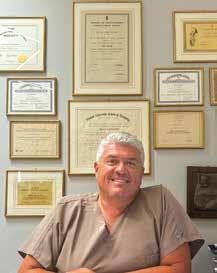
People today suffer daily from migraines, headaches, earaches, pressure around the ears, pain when chewing and opening the mouth and go to doctors of different specialities for treatment.
Most of the time the problem is simple and has to do with everyday life, personal problems -family, work- and various stressful manifestations of various stimuli. All of this, combined with teeth clenching or grinding at night or during the day, causes a variety of complaints such as migraines, severe pain in the temporomandibular joint area near the right and left ear. Patients also complain of severe pain when chewing, especially on soft foods such as bread or chewing gum.
The treatment of these conditions is relatively simple, with the construction of a central jaw relationship splint, or what is known as a “dental bite splint”.
The splint should always be made of hard acrylic, not soft silicone, and should be placed on the teeth in the upper jaw. This splint is personalised for each patient and is made by a specialist dentist in collaboration with the laboratory. First, the dentist takes dental impressions, which can be digital or analogue; these are then checked for fit in the mouth and modified and adjusted as many times as necessary until the patient feels comfortable with the way the teeth close together, i.e. the occlusion. The splint needs to be adjusted frequently because its surface changes as the teeth in the lower jaw grind against it.
The splint is mainly used at night when asleep, but can also be used during the day if the symptoms are too severe.
The advantage of the splint is that the facial muscles relax, especially temporalis and the muscles of mastication, responsible for chewing and clenching. As a result, the patient feels relaxed, wakes up without discomfort and, of course, without the need for painkillers or anti-inflammatory medication.

Minimally Invasive and endoscopic spine surgery treats spinal conditions with modern, advanced techniques. They are implemented with small incisions of the skin (~1 cm) and the use of micro-endoscopic techniques under visual magnification. This prevents bleeding and minimizes the destruction of adjoining tissues, achieving a great surgical result.
It includes techniques such as:
• Epidural, intrathecal infusion (Block), the exclusion of the posterior joints (Facet Joints) and the infusions in the sympathetic nerves treat chronic or acute spinal or leg pain.
• Thermal or chemical reduction of the nucleus of the intervertebral disc (discoplasty).
• Endoscopic spine surgery for the pathologies of the intervertebral disc or for stenotic disorders of the spinal canal or the foramens.
• Removal of the traumatic disc hernia & annuloplasty - cauterization of the disc annulus with radiofrequency or laser fibres.
• Rhizotomy treats lower back pain caused by arthritis or inflammation of the posterior joints of the spine.
• Relieving the pressure with fenestration or hemilaminectomy of the spine in cases as the central spinal stenosis.
• Foraminoplasty: the decompression of the nervous structure in lateral-foraminal stenosis.
• Endoscopic spinal fusion.
The Endoscopic and Minimally Invasive Spine Surgery Clinic of IASO General Clinic which is directed by Dr. Georgios Vastardis, MD, PhD, constitutes a certified Center of Excellence in Endoscopic & Minimally Invasive Spine Surgery and an International training center in innovative endoscopic and minimally invasive techniques of spine surgeons, which originate from Australia, Europe and USA.

Dr. Georgios Vastardis MD, PhD, Spine Surgeon, Chief of Endoscopic and Minimally Invasive Spine Surgery (M.I.S.S.) Clinic, IASO General Clinic, IASO Group, Athens, Greece


Τhe evolution of the human upper respiratory tract from a breathing lumen to a vocal organ has unfortunately come at a cost. Sleep apnoea. Today, newer diagnostic techniques (polysomnography) have shown an increased frequency of various Sleep Apnoea Syndromes (SAS). The question “do you snore at night and feel sleepy during the day?” is an essential part of every patient’s medical history.
Usually the wife (SAS is more common in men), stressed by the violation of her “nightly peace” and not only, will motivate the patient to visit the specialist and reveal the symptoms. The patient snores heavily and the snoring is interrupted by apnoea and sometimes by jerky movements. Sweating, frequent urination at night, heartburn and acid reflux are also common. The vibration of the walls of the pharynx and soft palate during sleep breathing causes snoring. There is no such thing as innocent snoring. It is the first “loud” indication of sleep disorders with serious health implications.
Sometimes snoring is accompanied by complete pauses in breathing (apnoea) and/or a reduction in the range of breathing (hypopnoea). If a person has more than 5 apnoeas/hour of sleep, they may suffer from SAS. Severe hypoxaemia and fragmentation of sleep continuity due to apnoea and awakening explain the pathogenesis of the syndrome.
Daytime sleepiness is the most reliable indicator of the severity of SAS. Obesity, inability to control body weight, morning headaches, and cognitive and sexual dysfunction often accompany the syndrome.
There is also a direct link between SAS and Arterial Hypertension, according to the Sleep Heart Health Study. At the same time, the syndrome is an independent predictor of Coronary Heart Disease, Heart Failure and Stroke.
However, this disorder can be treated. Modern medicine has many personalised solutions to offer. An accurate diagnosis and identification of all the causes of your sleep disorder will lead to its successful treatment.
You just need to take the first but most important step. See a specialist.

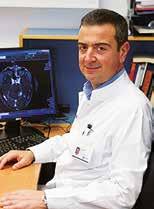

Under a different name, Santorini Palace has been charted out on a long-term basis.
ΜΙΝOAN LINES
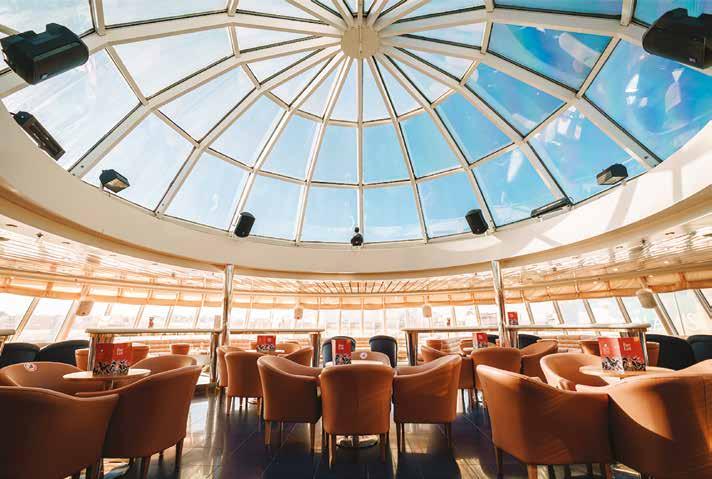
Enjoy
From the moment of embarkation until the arrival at the final port destination, the main objectives of the trained personnel of MINOAN LINES are the safety of their passengers and the assurance of a deluxe and comfortable travel experience. Begin your journey in one of the welcoming, hospitable, modern, comfortable, health safe lounges and public areas of the company’s cruise ferries, savoring your cup of coffee, meal, drink or dessert while enjoying the great blue color of the Greek seas.
The company has already completed 50 years of successful operation, it was founded in the Cretan city of Heraklion in 1972, and its course in the shipping sector began in 1974. Since then, it has played a leading role in the routes it serves and has set the standards in travel innovation, holding a prominent position among the foremost passenger ship companies in Greece as well as in Europe.
Since 2008 MINOAN LINES has been a member of the Italian Grimaldi Group, one of the largest carriers of vehicles and machinery of all types (roll-on/roll-off), containers and passengers in the world. The Grimaldi Group is headquartered in Naples, Italy, with branches in more than 25 countries, 17,000 employees and over 130 vessels approaching more than 140 ports worldwide.
The network of MINOAN LINES covers a wide range of domestic and foreign tourism. With our luxurious and ecological ships, we connect with the domestic routes, Heraklion, Crete and Piraeus and with the Adriatic routes, Greece with Italy. Cruise Ferries KNOSSOS PALACE and FESTOS PALACE make the trip more pleasant and comfortable than ever, connecting Piraeus with Heraklion with daily departures. In addition, during the summer season, a direct connection is offered from Piraeus and Heraklion with the island of Aphrodite, the enchanting Milos, in just a few hours, with the floating palaces KNOSSOS PALACE and FESTOS PALACE with daily itineraries from late June to early September, on the route Piraeus – Heraklion – Piraeus. With regard to the selection of accommodation categories, it is worth noting that MINOAN LINES offers various cabin and accommodation categories on its ships. You can choose to travel in economy class, enjoying the services in one of the spacious and comfortable lounges of the ship, in the new V.I.P. seats, which offer privacy and comfort in a specially designed area of the ship, or in one of the different cabin categories, depending on your needs, whether you are travelling alone, with friends or with your family. In fact, for those travelling with their beloved four-legged friends, MINOAN LINES offers specially designed Pet cabins if you wish to be with them during the journey.
Also, for lovers of Italy, it is worth noting that the ship KYDON PALACE operates on the route Igoumenitsa - Brindisi. Under the Greek flag and Greek crews, the daily itineraries of KYDON PALACE are operated, in conjunction with the itineraries of M/V IGOUMENITSA, by Grimaldi Euromed S.P.A.
Apart from the unparalleled aesthetics and luxury, the high safety, quality and comfort of our company’s vessels, every passenger of MINOAN LINES can enjoy during the trip, depending on the category of the vessel traveled, a wide range of services.
Shop for select products at one of the stores on board - treat yourself or buy for your beloved ones. Hop on-line on your own smartphone, tablet or laptop from the comfort of your coach or seat, using Wi-Fi services available.

Πέρα
Regarding the meals options, in the two restaurants, A la carte and Self Service, of our cruise ferries KNOSSOS PALACE and FESTOS PALACE, the experienced chefs will travel you with their gastronomic creations and quality ingredients, many of which are produced from the fertile soils of the Cretan land. Dining options include an A la carte and a Self Service restaurant, where experienced chefs take diners on a gastronomic
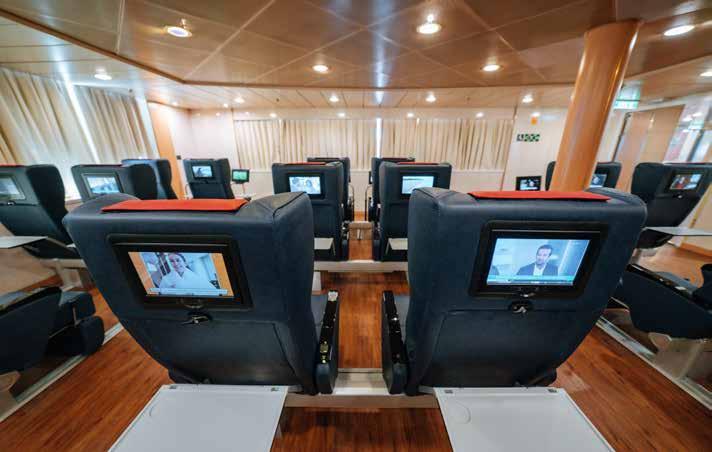

journey with their culinary creations, made with quality ingredients, many of them being the fruits of the fertile Cretan soil.
Comfort, luxury and quality services on board are combined with the hospitality and courtesy of our vessels’ staff to travel you quickly and safely to your favorite destinations!
MINOAN LINES, since their establishment, have recognized their responsibility towards society and seek to act and operate actively and consistently within the principles of Corporate Social Responsibility by developing innovative actions and presenting important social work.
The company always strives, based on its anthropocentric philosophy, and with full respect towards its principles and values, to encourage and reward worthwhile initiatives and efforts.
Being aware of its social role and in the context of its corporate strategy and commercial policy, MINOAN LINES promotes an integrated, coordinated, quality and significant social work, by setting important goals, actively participating and supporting, on an annual basis, through sponsorships (financial support or free / discounted tickets with the cruise ferries of MINOAN LINES’ fleet) socially vulnerable groups, various cultural associations, social organizations, sports clubs, organizations, educational and charitable institutions, aiming for the prosperity of the society as a whole and its progress.
All in all, we must emphasize that in the rich plan of Corporate Social Responsibility activities, the cultivation of environmental awareness and sustainable development are promoted. MINOAN LINES is the first company in the field of Greek passenger shipping that fully complies with the new requirements of the International Maritime Organization (IMO), having invested and completed the installation of exhaust gas cleaning devices (SCRUBBERS), in the high-speed ferries KNOSSOS PALACE, FESTOS PALACE and KYDON PALACE, converting them into more environmentally friendly vessels.
MINOAN LINES does not just follow developments, it pioneers in them and continues to be on a growth trajectory by investing in the future and development of the tourism product for the benefit of our country.
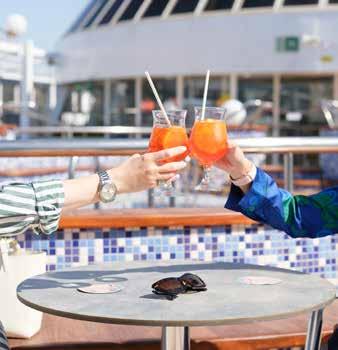



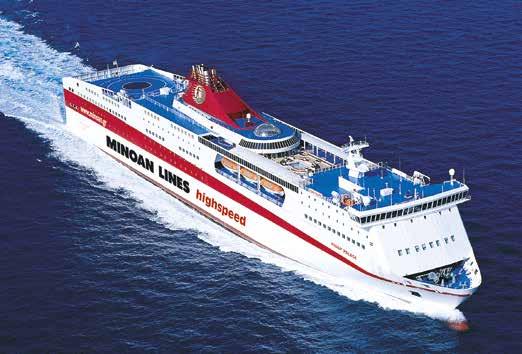
TOURISM AWARDS
Search Engine Optimization (SEO) Strategy
Social Media Presence/Παρου-
Minoan Lines
(Travel Experience),
inoan Lines is the most highly regarded shipping company in Greece and Europe. It has won several quality awards and top distinctions for its vessels, services and outstanding professional standards from a number of highly rated institutions and publications, as follows:
TOURISM AWARDS 2024
GOLD AWARD in the category Promotion of Local Greek Cuisine, under the nomination title "Journey to Cretan Gastronomy / Greek Inspired Gastronomy Restaurant"
TOURISM AWARDS 2022
GOLD AWARD in the Corporate Social Responsibility Actions category, with nomination title «Minoan Lines is always close to the society and its values!»
GOLD AWARD in the Social Media Presence category, with the nomination title: “Minoan Lines continues its dynamic presence in Social Media”.
TOURISM AWARDS 2021
GOLD AWARD in the Search Engine Optimization (SEO) Strategy category, with the nomination title “Optimization of SEO Strategy in 5 countries”.
GOLD AWARD in the Social Media Presence category. Minoan Lines continues its dynamic presence in social media (Facebook and Instagram).
TOURISM AWARDS 2020
GOLD AWARD for Travel Experience, in the Travel section/category.
GOLD AWARD for the Online Strategy of Minoan Lines, in the Online Strategy section/category.
GREEK HOSPITALITY AWARDS 2020 & 2018
Travel.
Online Strategy.
Online Strategy
GREEK HOSPITALITY AWARDS 2020 & 2018
TOURISM AWARDS 2019
Lines,
Branding / Public Relations / People Strategy.
ΧΡΥΣΟ
Attractions & Destinations
CORPORATE SUPERBRANDS
ICAP GROUP 2018 &
«True Leader»
TOURISM AWARDS
“Best Greek Coastal Shipping company”.
TOURISM AWARDS 2019
GOLD AWARD for the Support of Local Communities and Corporate Social Responsibility actions, implemented by the company, in the Branding / Public Relations / People Strategy category.
GOLD AWARD for the “New Destinations” in the Attractions & Destination category.
CORPORATE SUPERBRANDS 2018-2019 & 2016-2017
“Top Corporate Brand Name in the Sea Transportation Sector”.
ICAP GROUP - 2018 & 2017
“True Leader” in the category “Maritime Shipping”.
TOURISM AWARDS 2018
GOLD AWARD for MINOAN LINES BONUS CLUB, the pioneering and flexible customer loyalty program.
GOLD AWARD for the reduction of the energy footprint of the company's vessels and the protection of the environment.
GOLD AWARD for the integrated On-Line Digital Campaign entitled “Away with the Müllers”.
TOURISM AWARDS 2017
GOLD AWARD in the category “Supporting local communities / Actions of Corporate Social Responsibility”.
GOLD AWARD in the category “Online presence and communication” for the NEW Minoan Lines’ Online Booking System.
LLOYD’S LIST GREEK SHIPPING AWARDS 2016
“Passenger Line of the Year”.




Το πρωτοποριακό ΠΡΟΓΡΑΜΜΑ ΠΙΣΤΟΤΗΤΑΣ ΕΠΙΒΑΤΩΝ των ΜΙΝΩΙΚΩΝ ΓΡΑΜΜΩΝ, έχει συμπληρώσει 472.000 μέλη στα 19 χρόνια επιτυχημένης λειτουργίας από την έναρξη του, αποδεικνύοντας την τεράστια απήχηση του στο επιβατικό κοινό στην Ελλάδα και το εξωτερικό!
Χρυσό Βραβείο στο Minoan Lines Bonus Club στα Tourism Awards 2018 & Ασημένιο Βραβείο στα Προγράμματα Επιβράβευσης Τourism Awards 2021 & 2022.
•
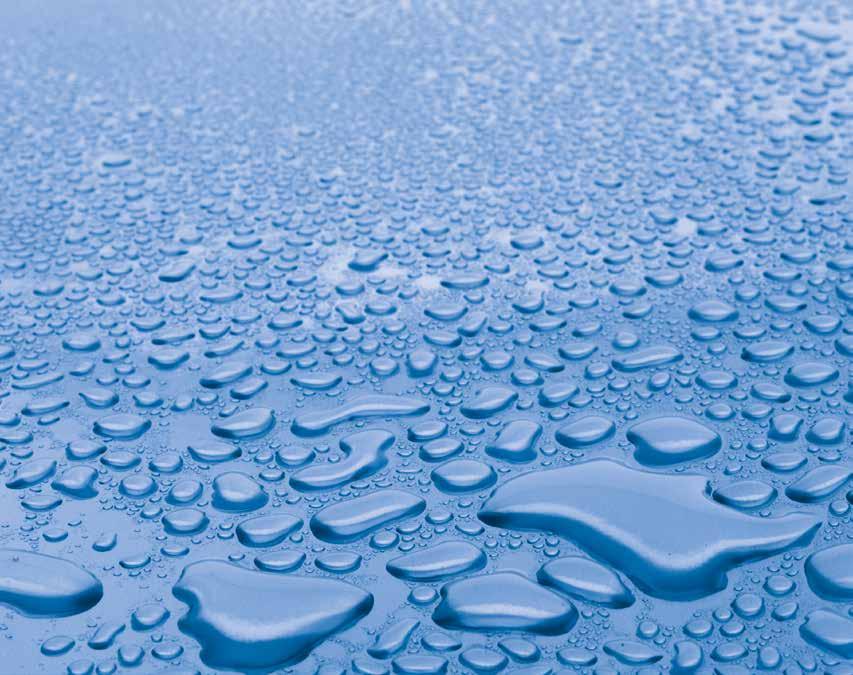
The truly innovative customer loyalty program of Minoan Lines now has 472.000 members and 19 years of successful operation from the launch, demonstrating its enormous appeal to the passenger public in Greece and abroad.
Gold Award for Minoan Lines Bonus Club at Tourism Awards 2018 & Silver Award for Loyalty Programs at Tourism Awards 2021 & 2022.
Benets:
• 10-20% discount on CRETE, MILOS, ADRIATIC routes.
•Free tickets in all accommodation and private vehicle categories.
•10-20% discount at the bars and restaurants on board.
•10-15% discount at the stores on board.
• Promotions and offers only for members.
*Not applicable on ixed dues.
YOUR BONUS CLUB CARD IS AVAILABLE DIGITALLY!
Minoan Lines Bonus Club goes digital! We have good news for you!
As a Minoan Lines Bonus Club member, you don’t need to have a physical card in order to enjoy all the benefits.
Log in to your Minoan Lines Bonus Club account at www. minoan.gr and download your digital loyalty card, print it or save it to your smartphone, tablet or laptop for quick access to your membership details.
Tηλ.:








